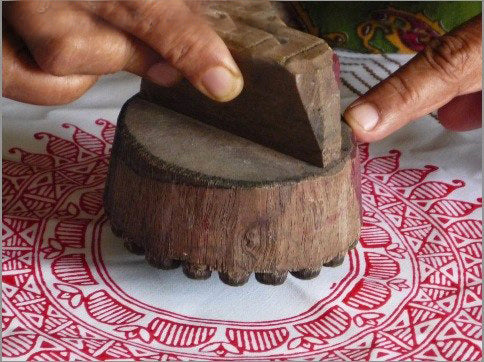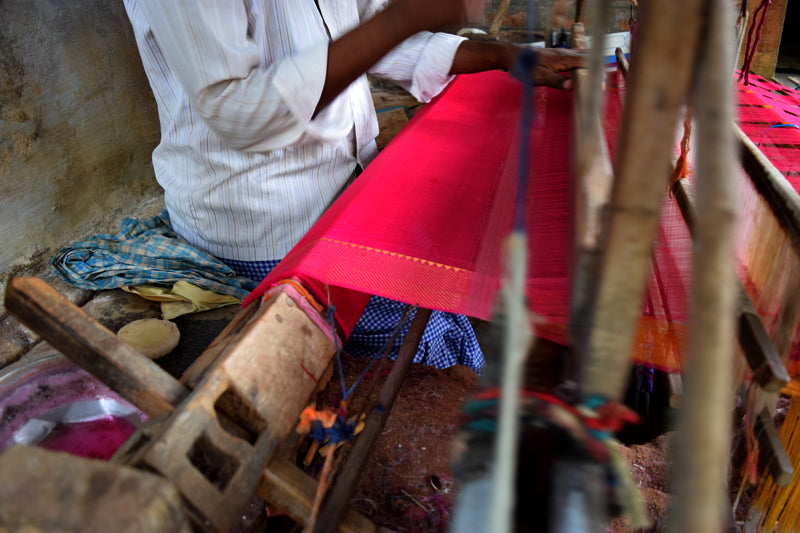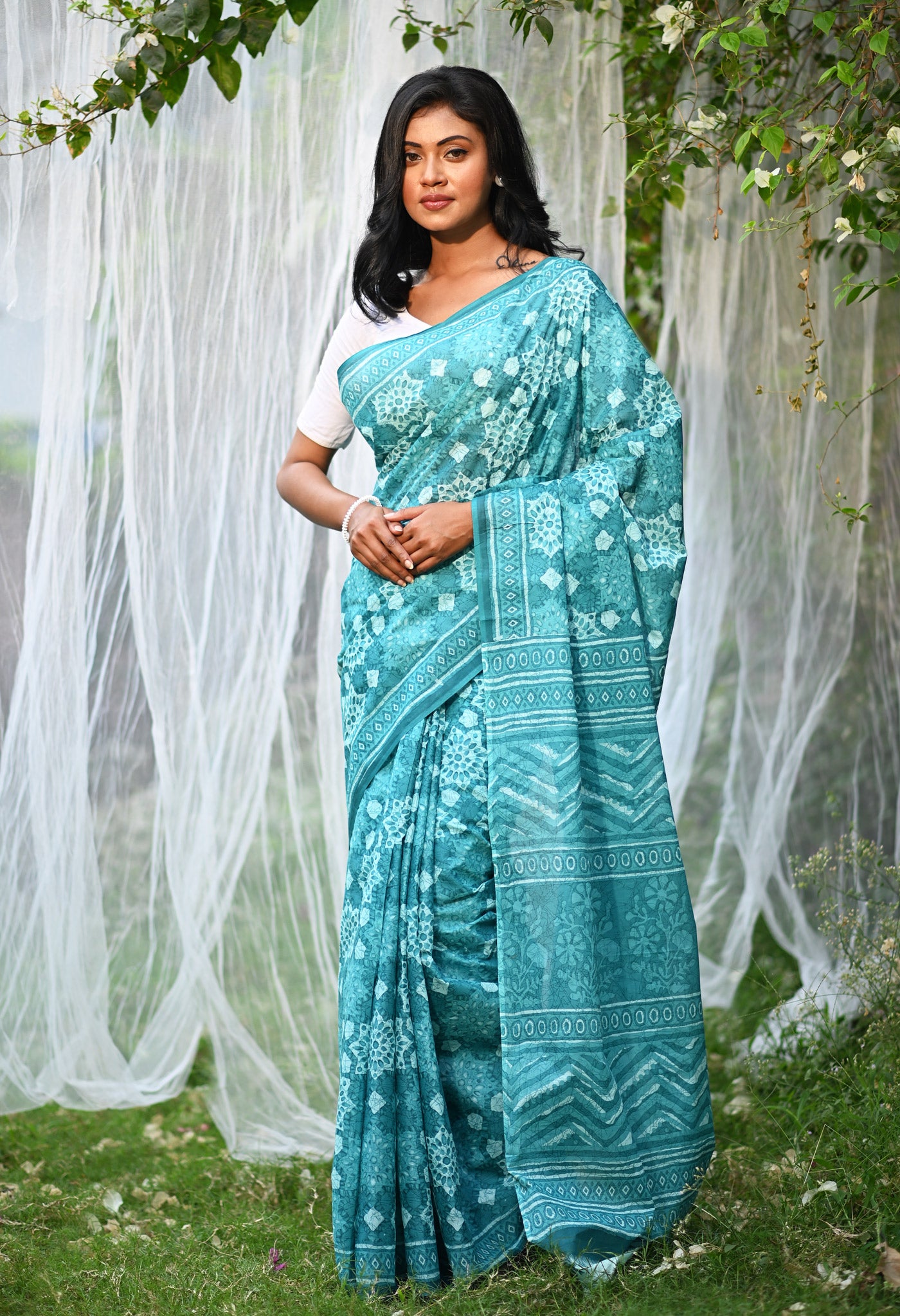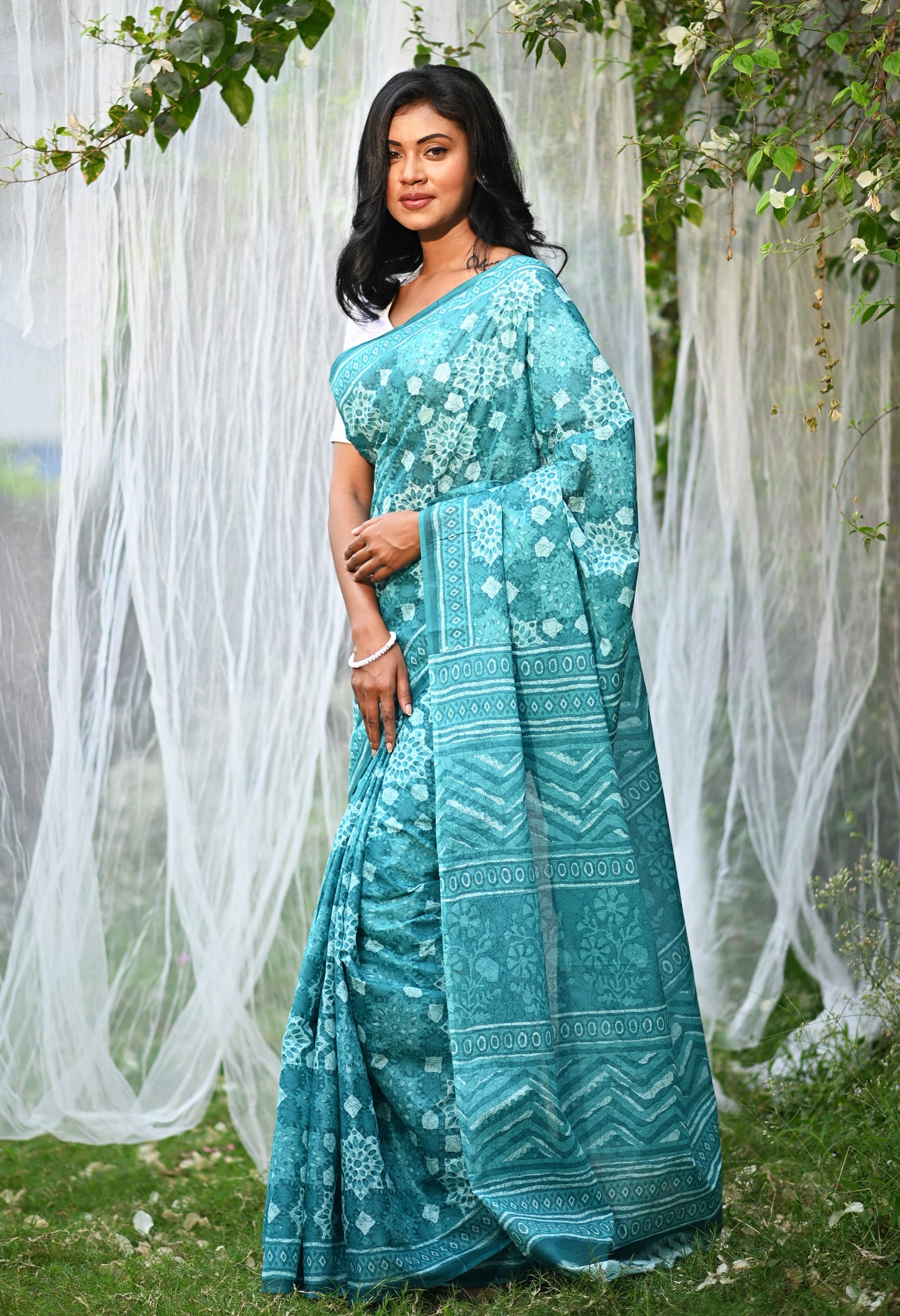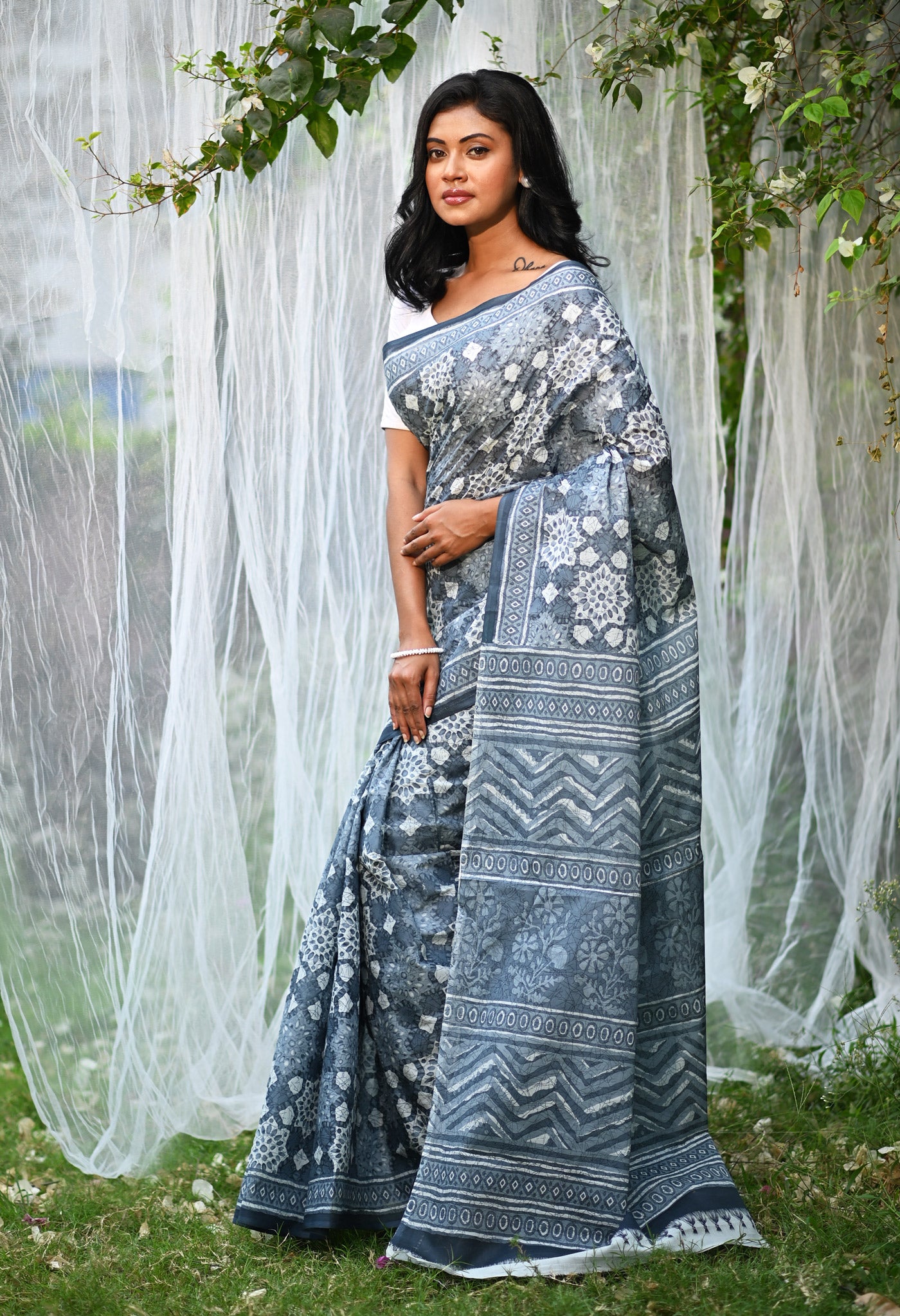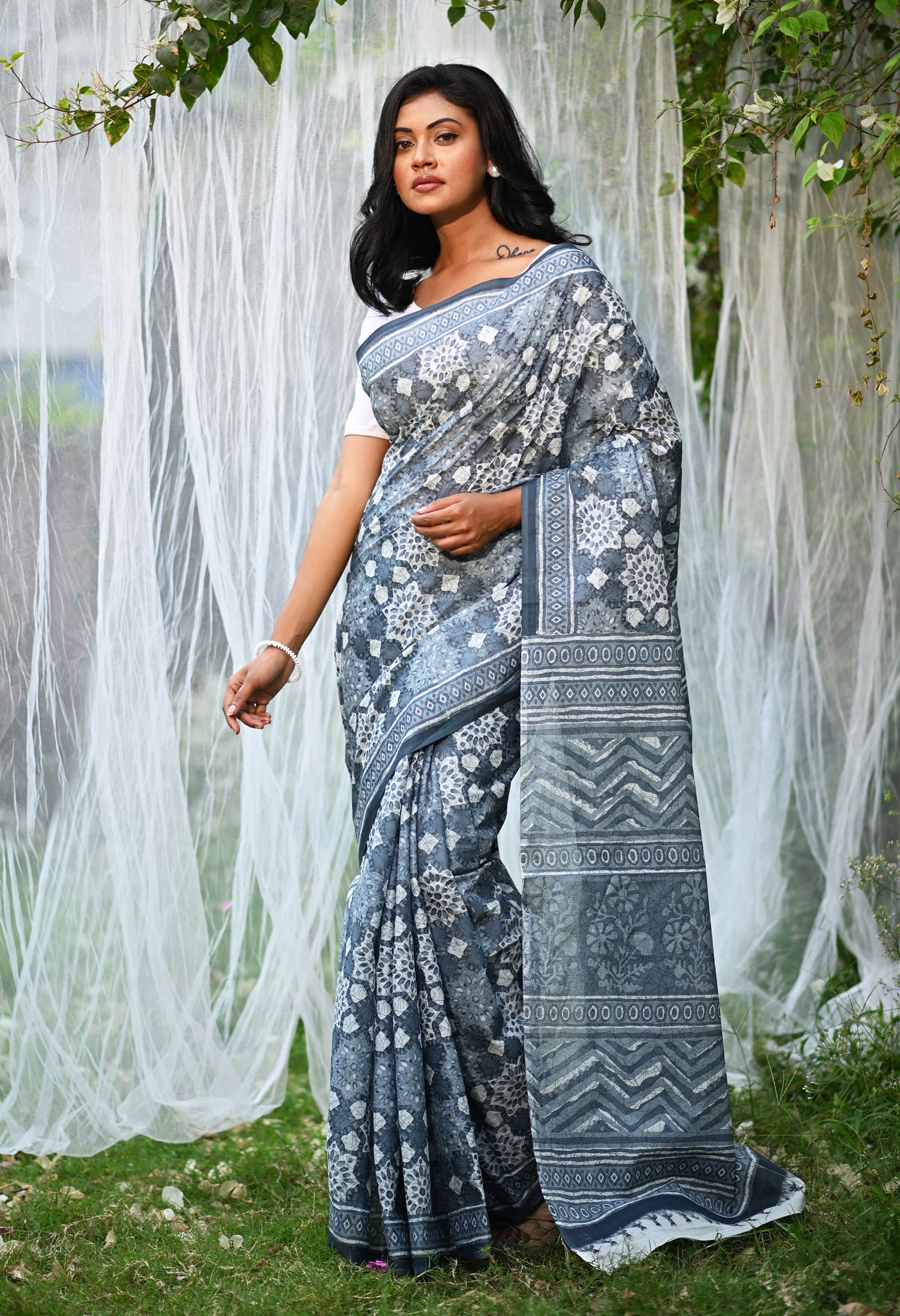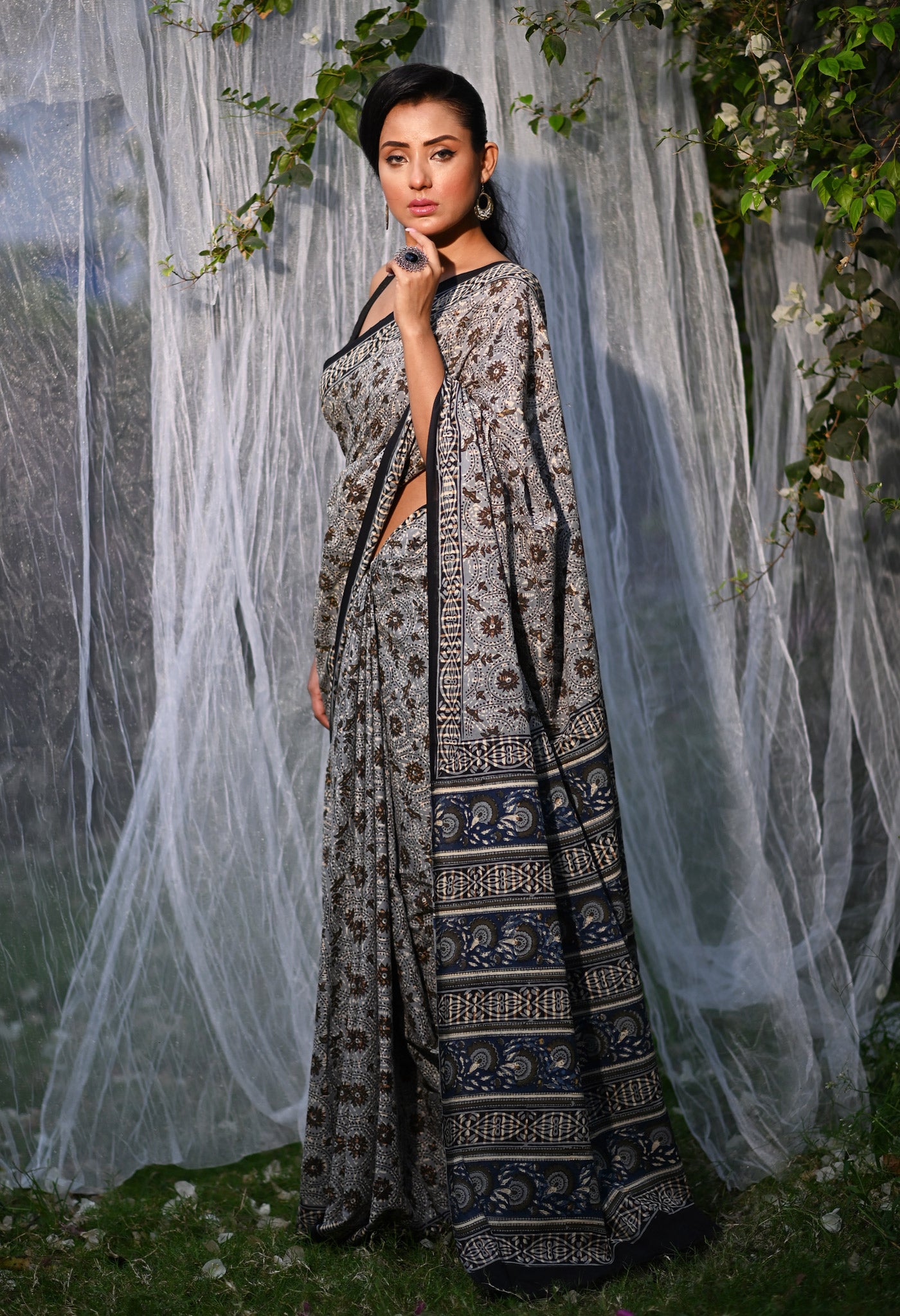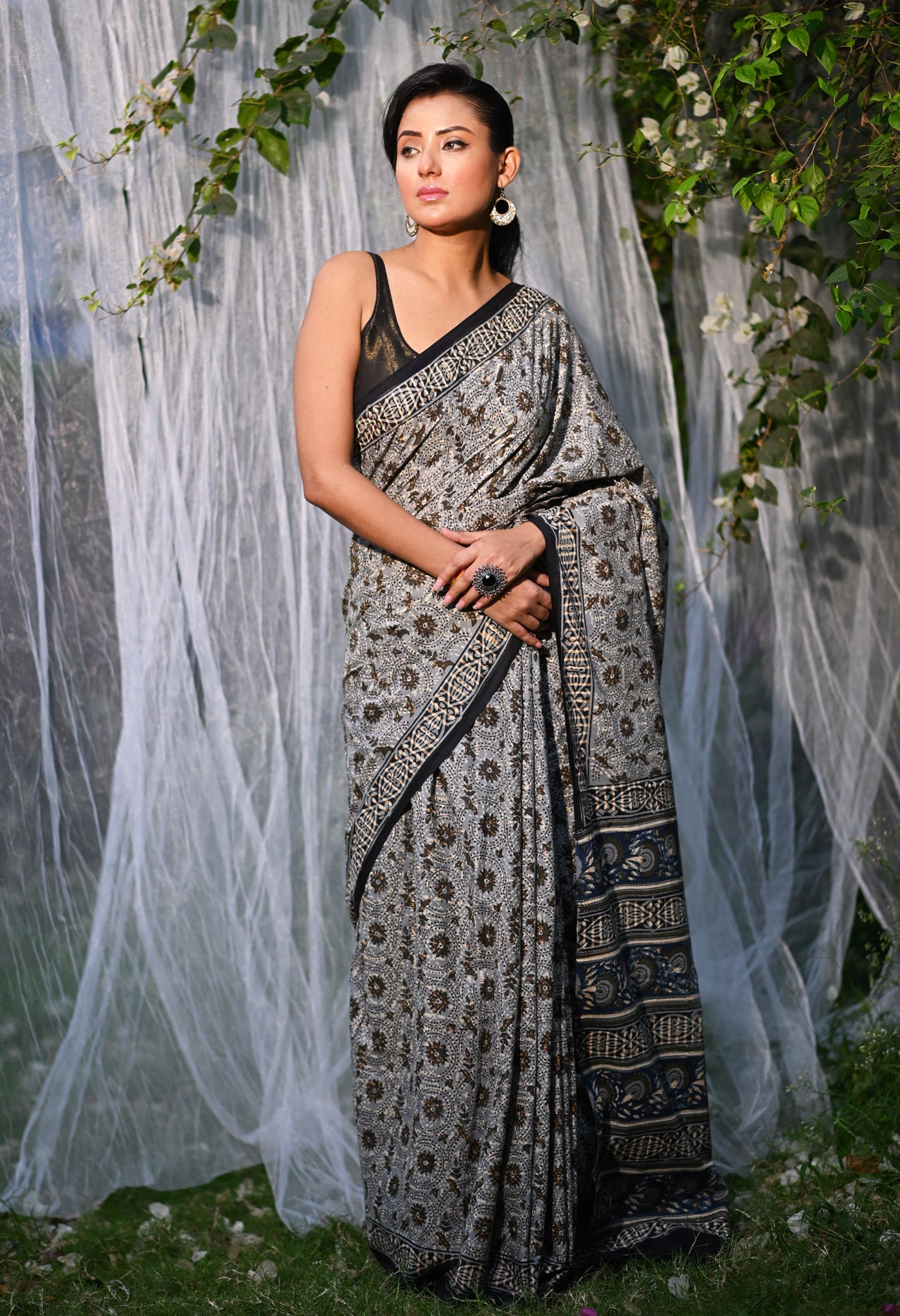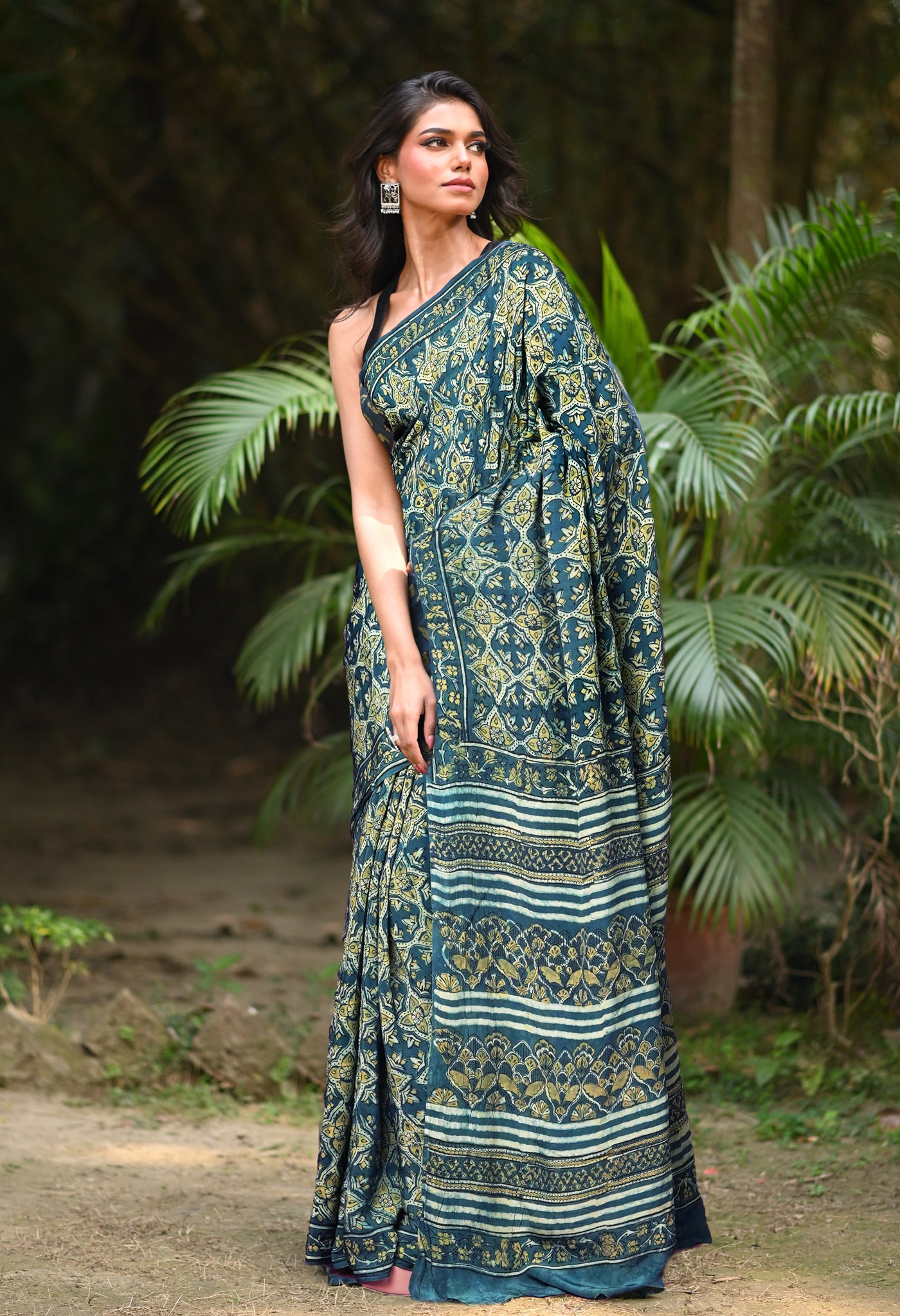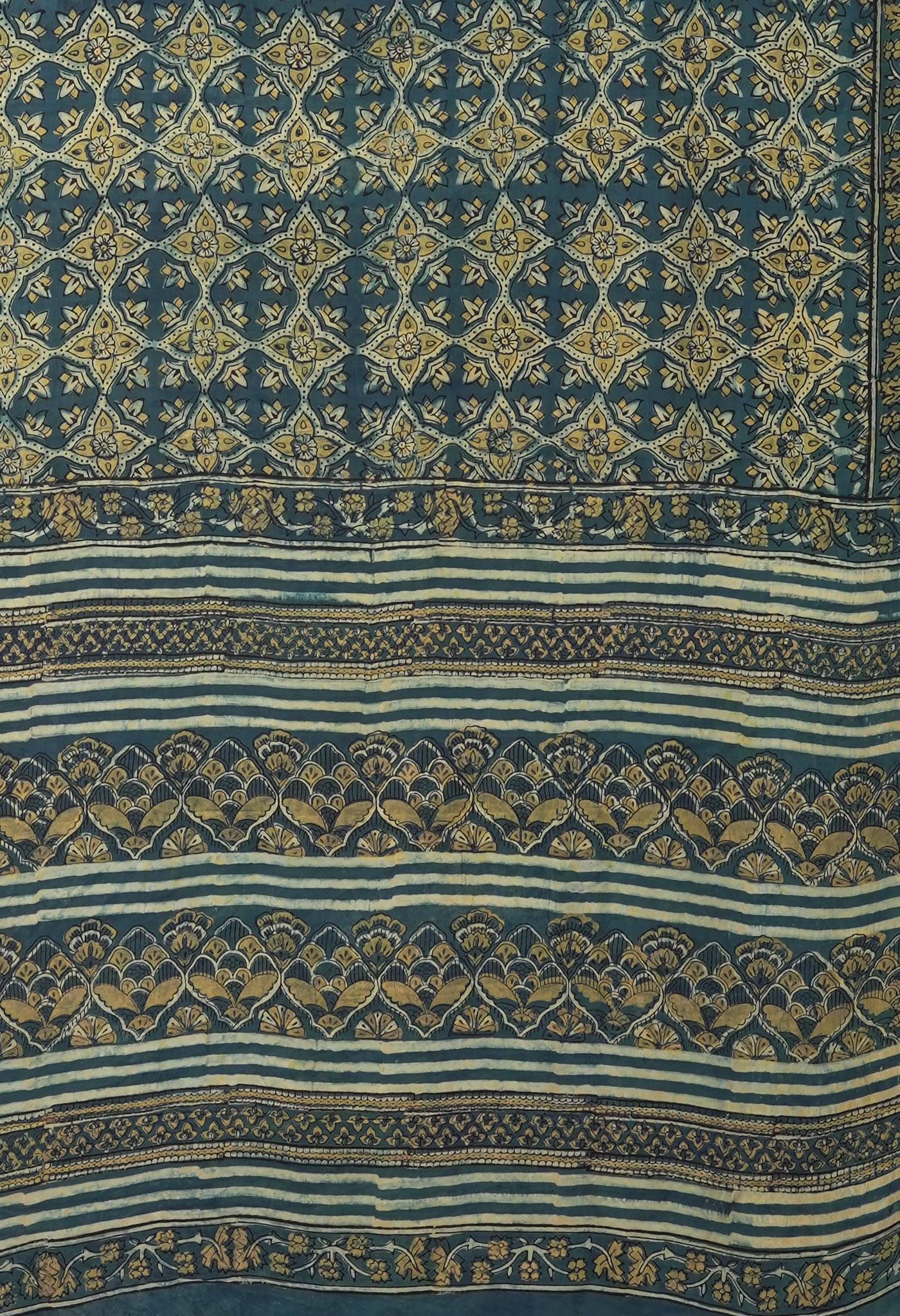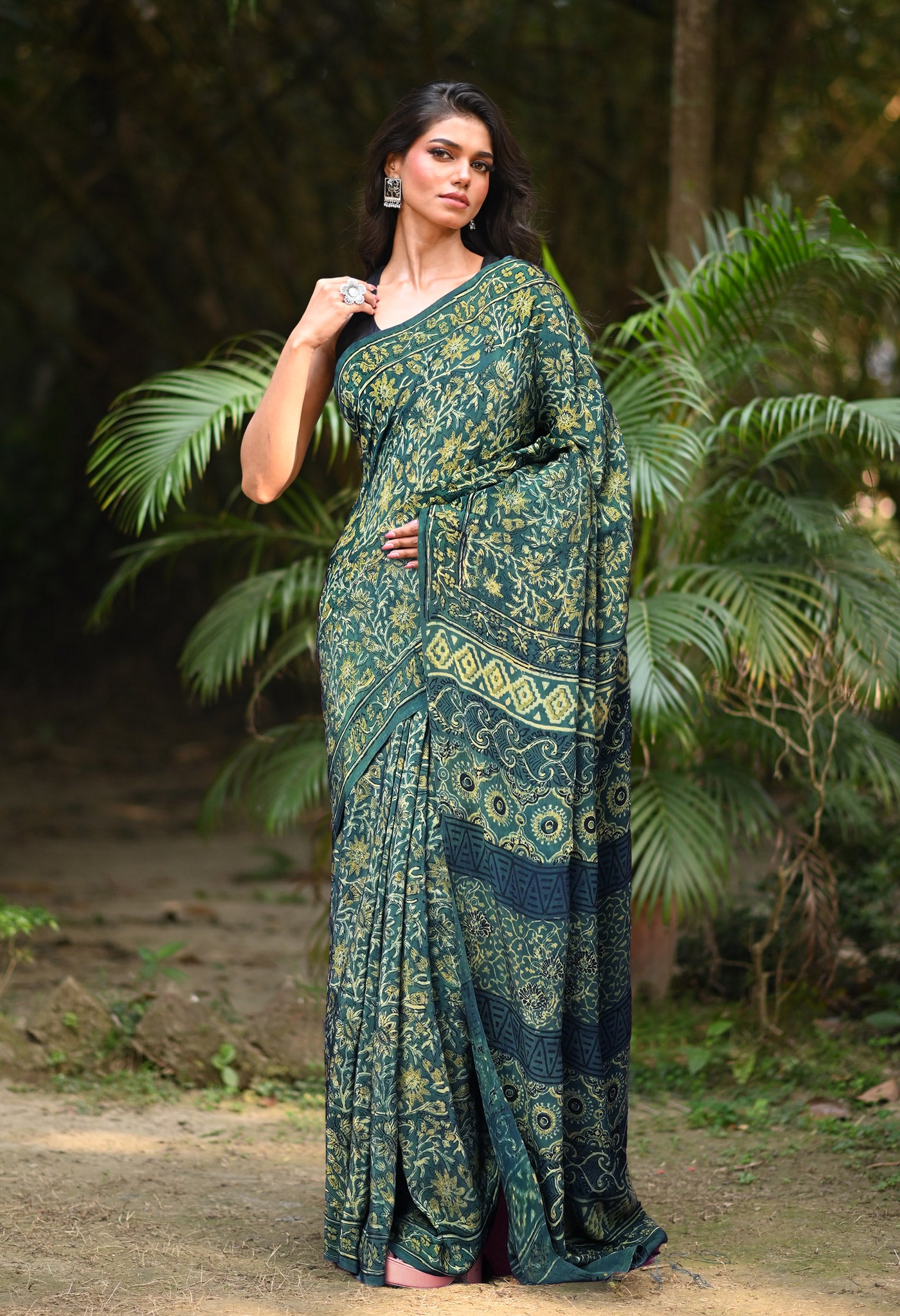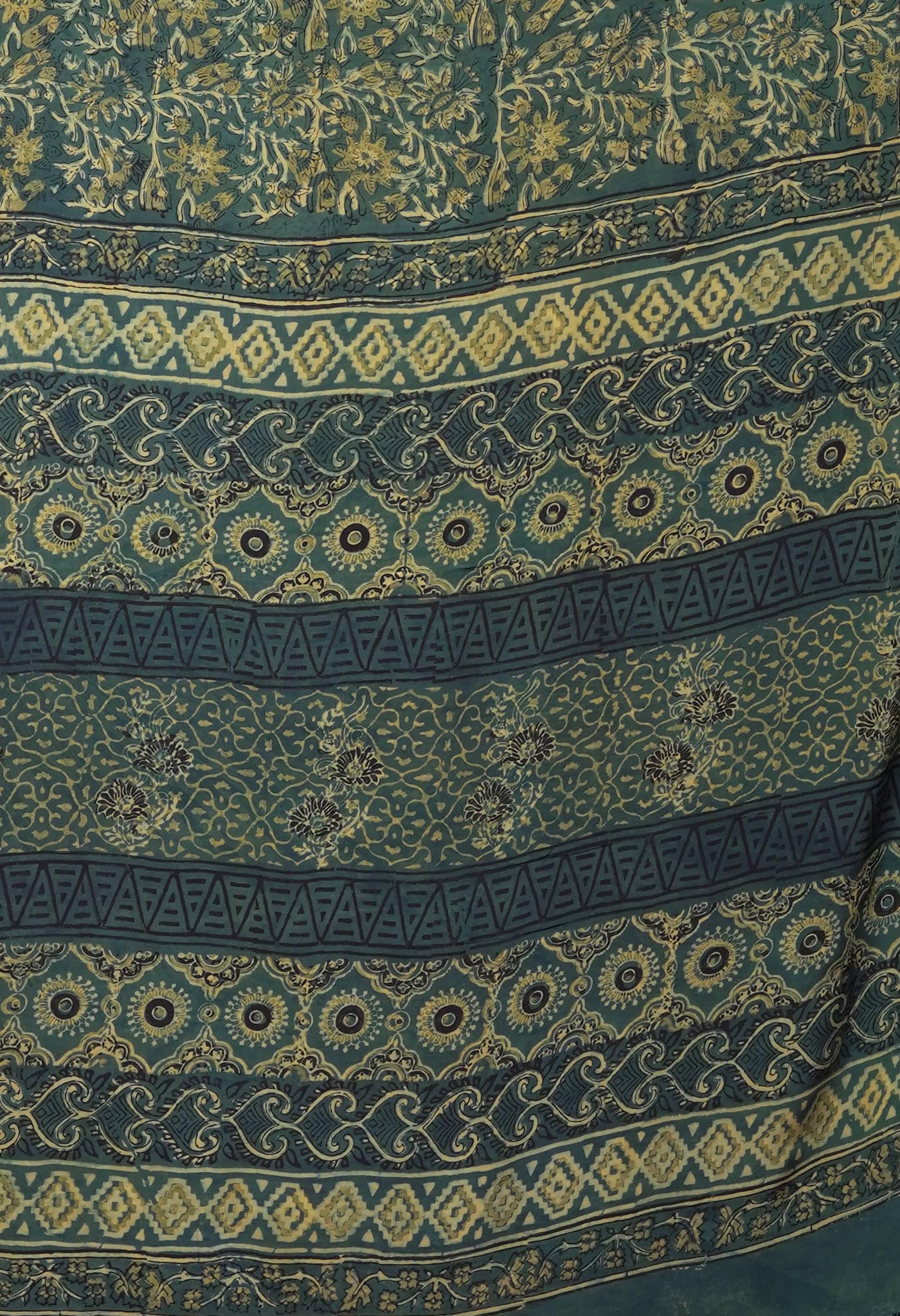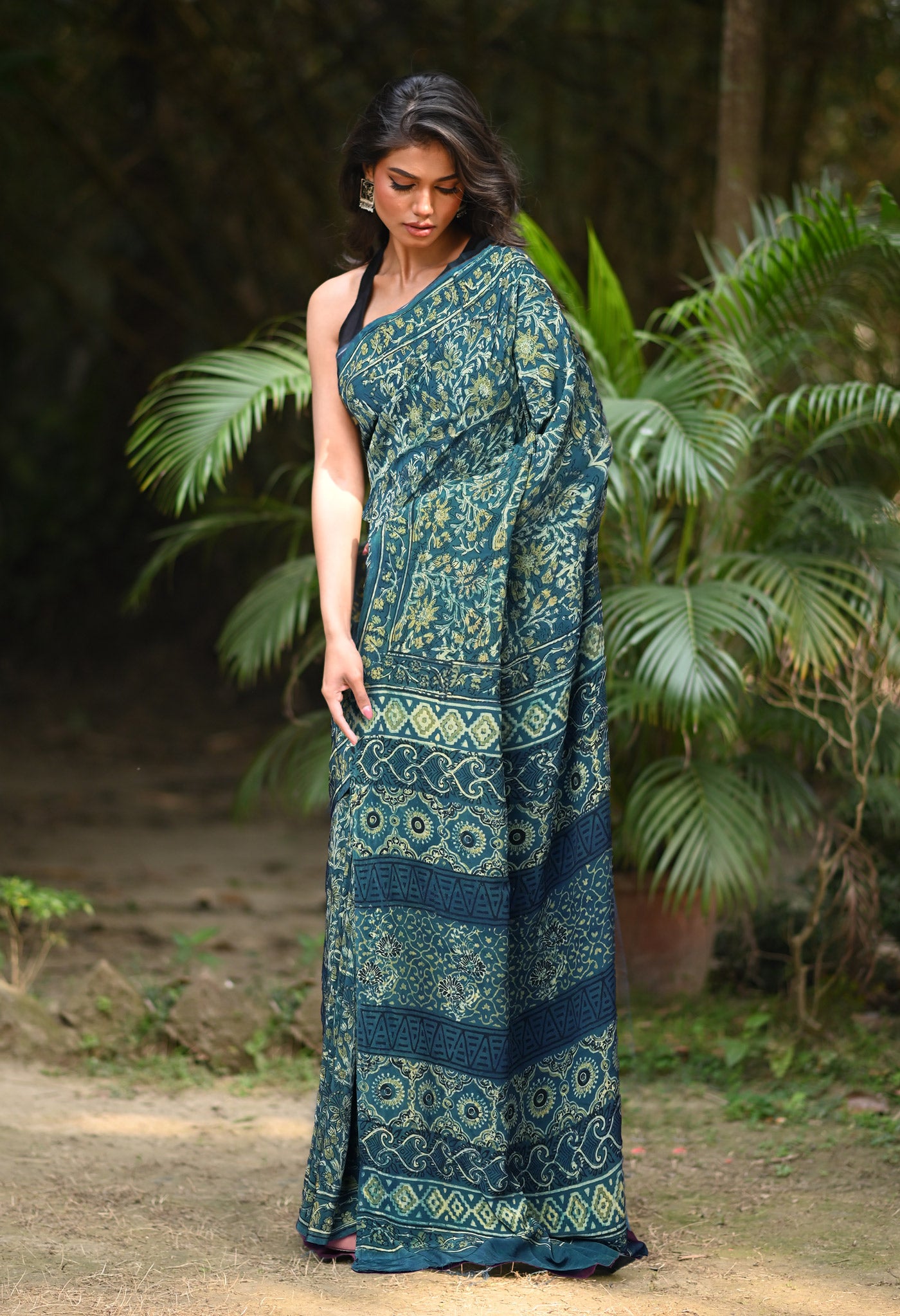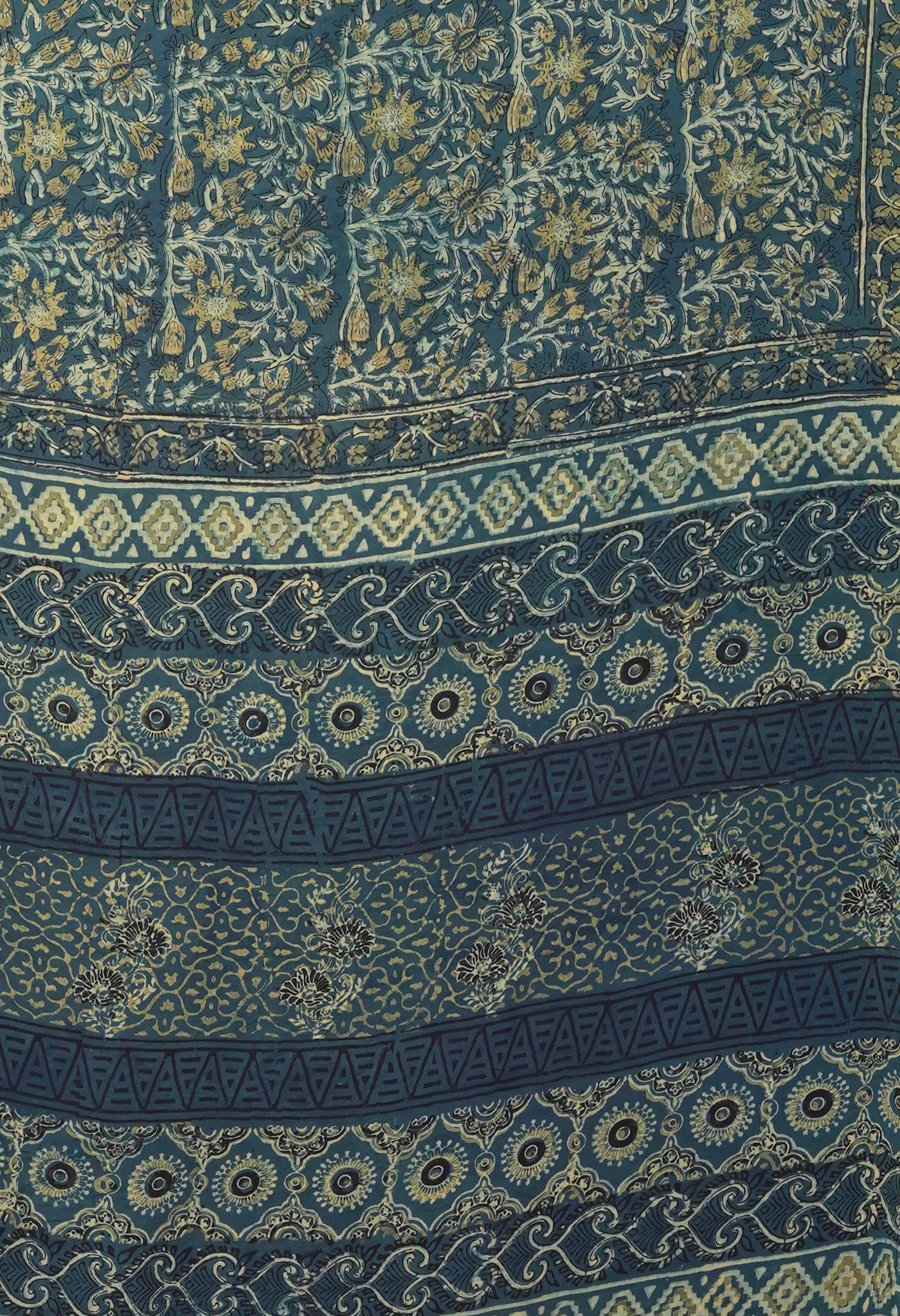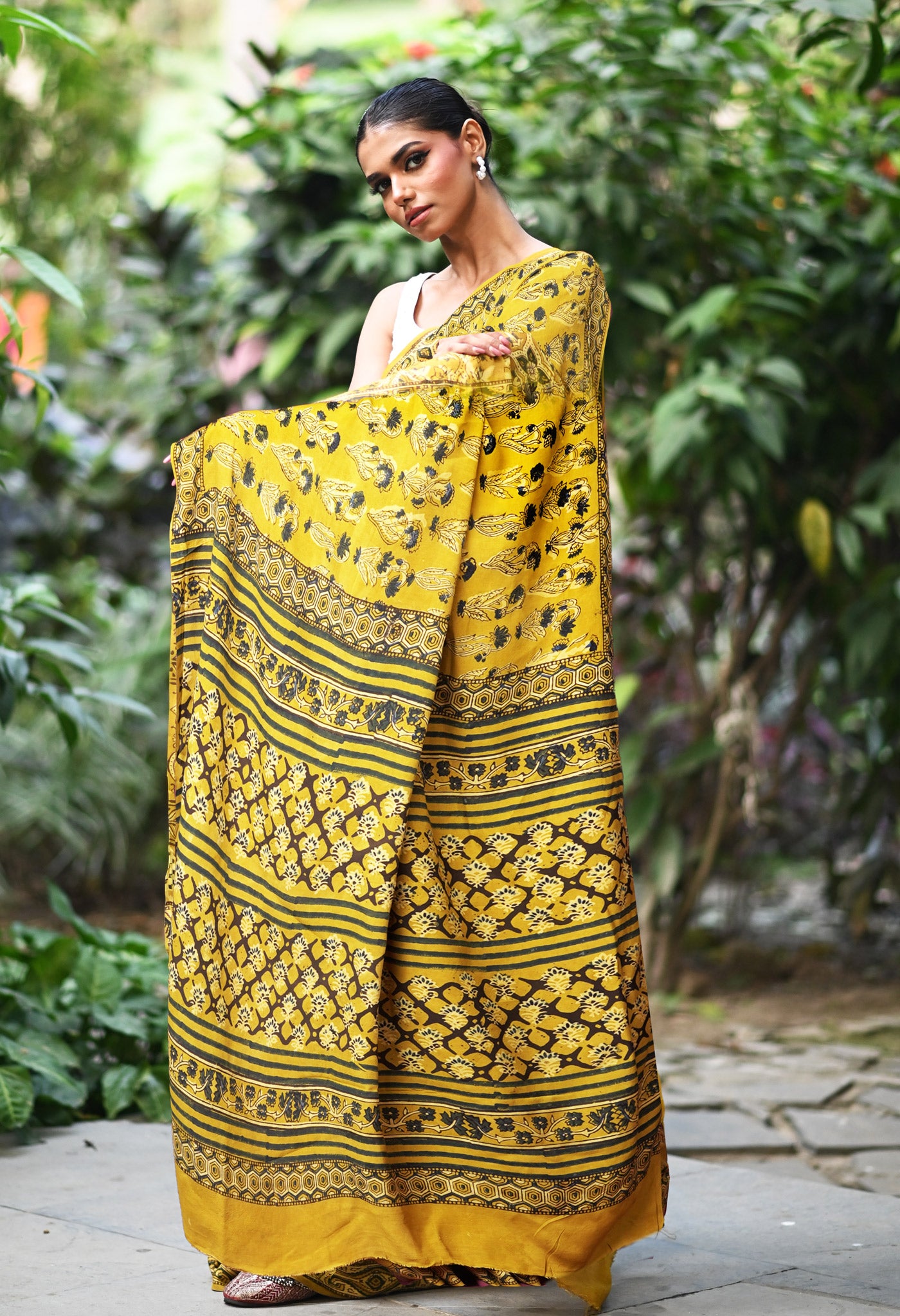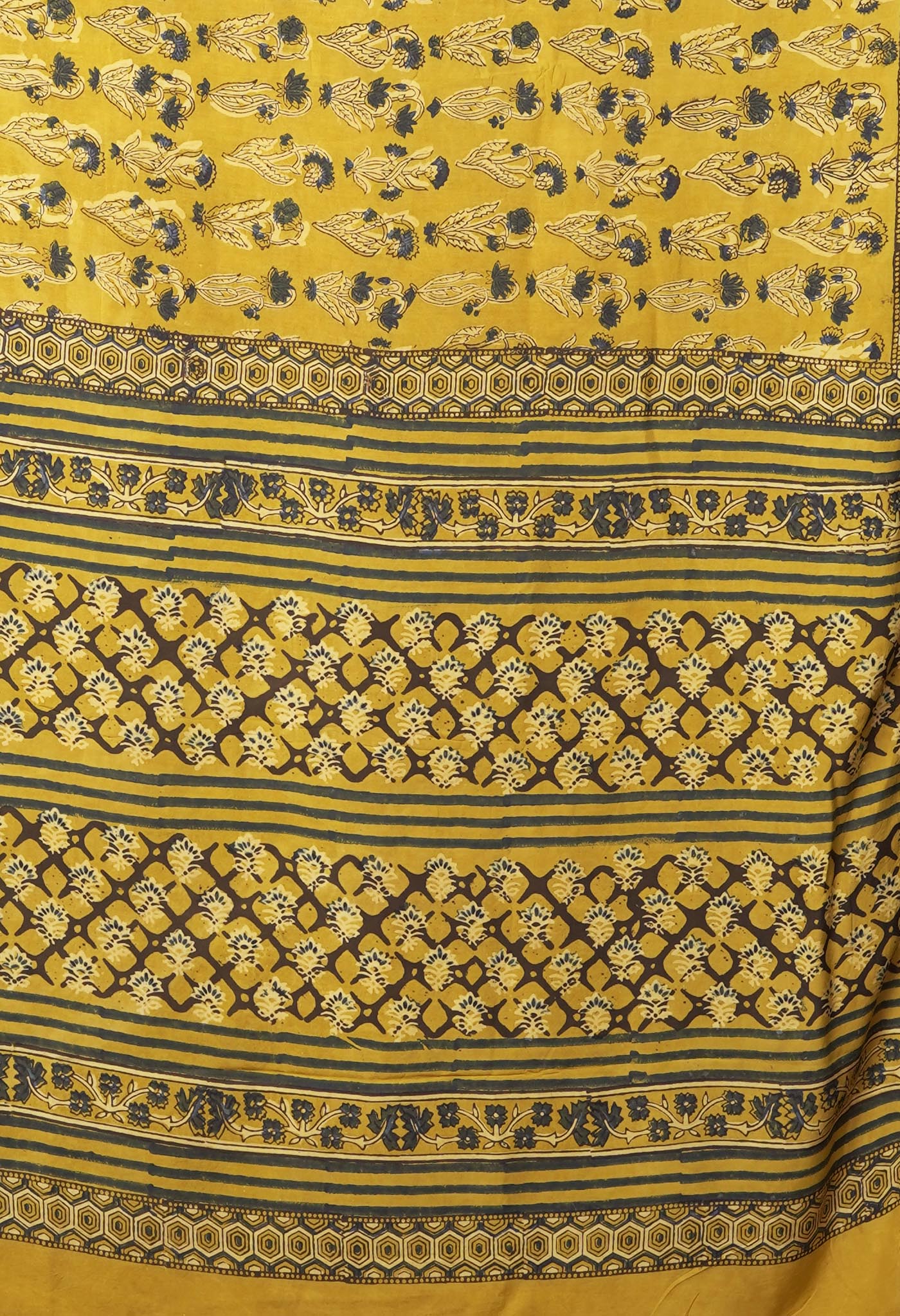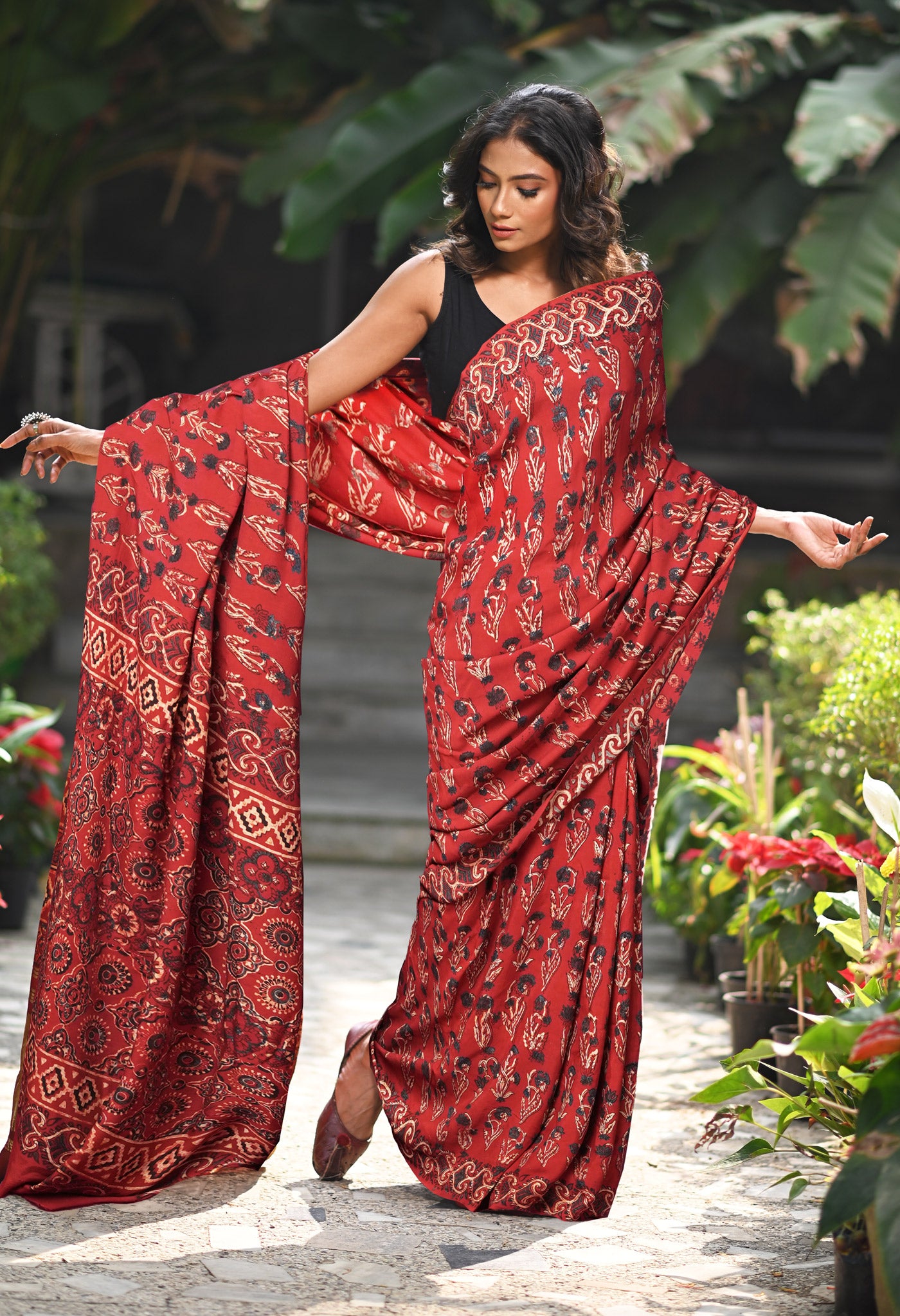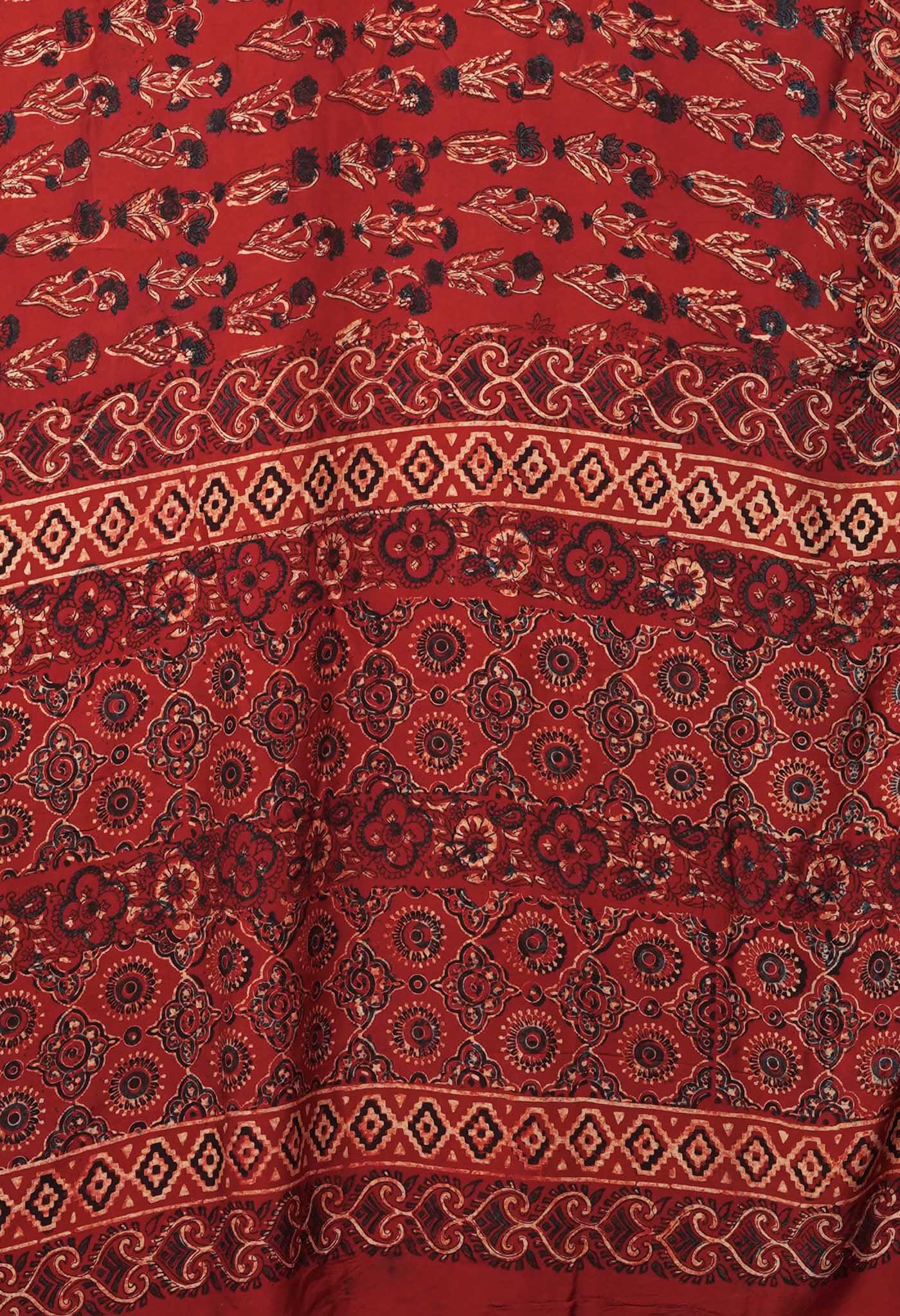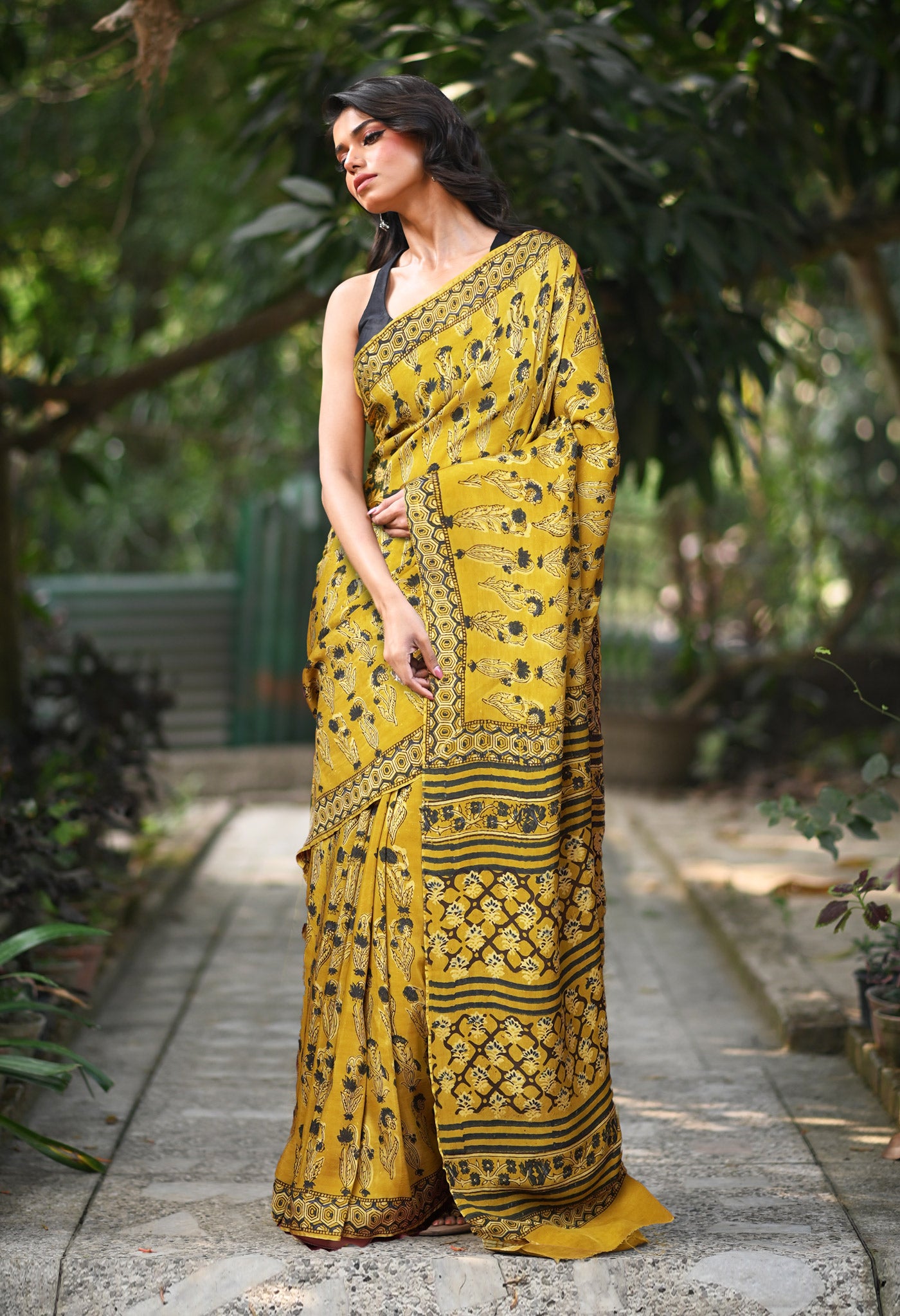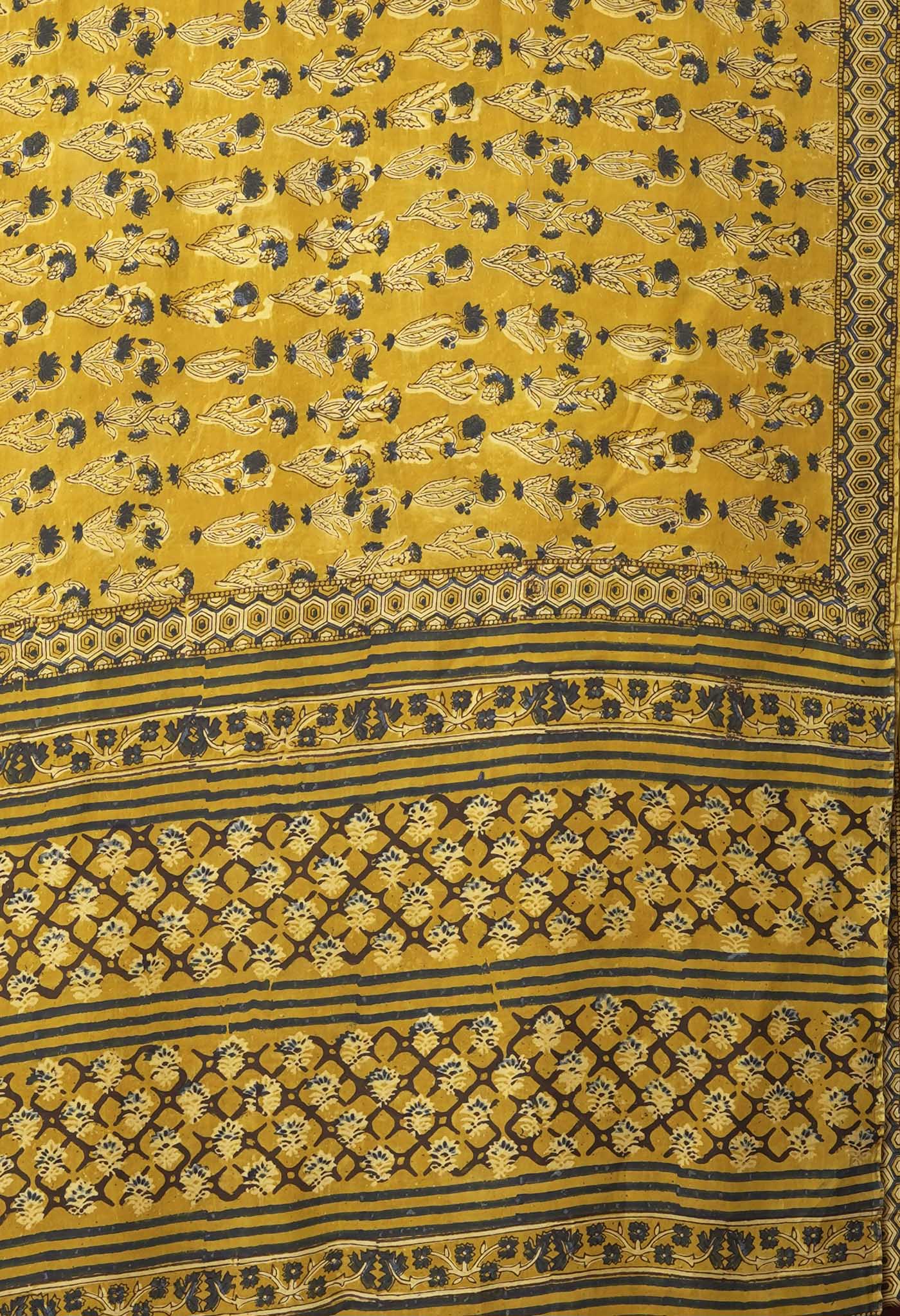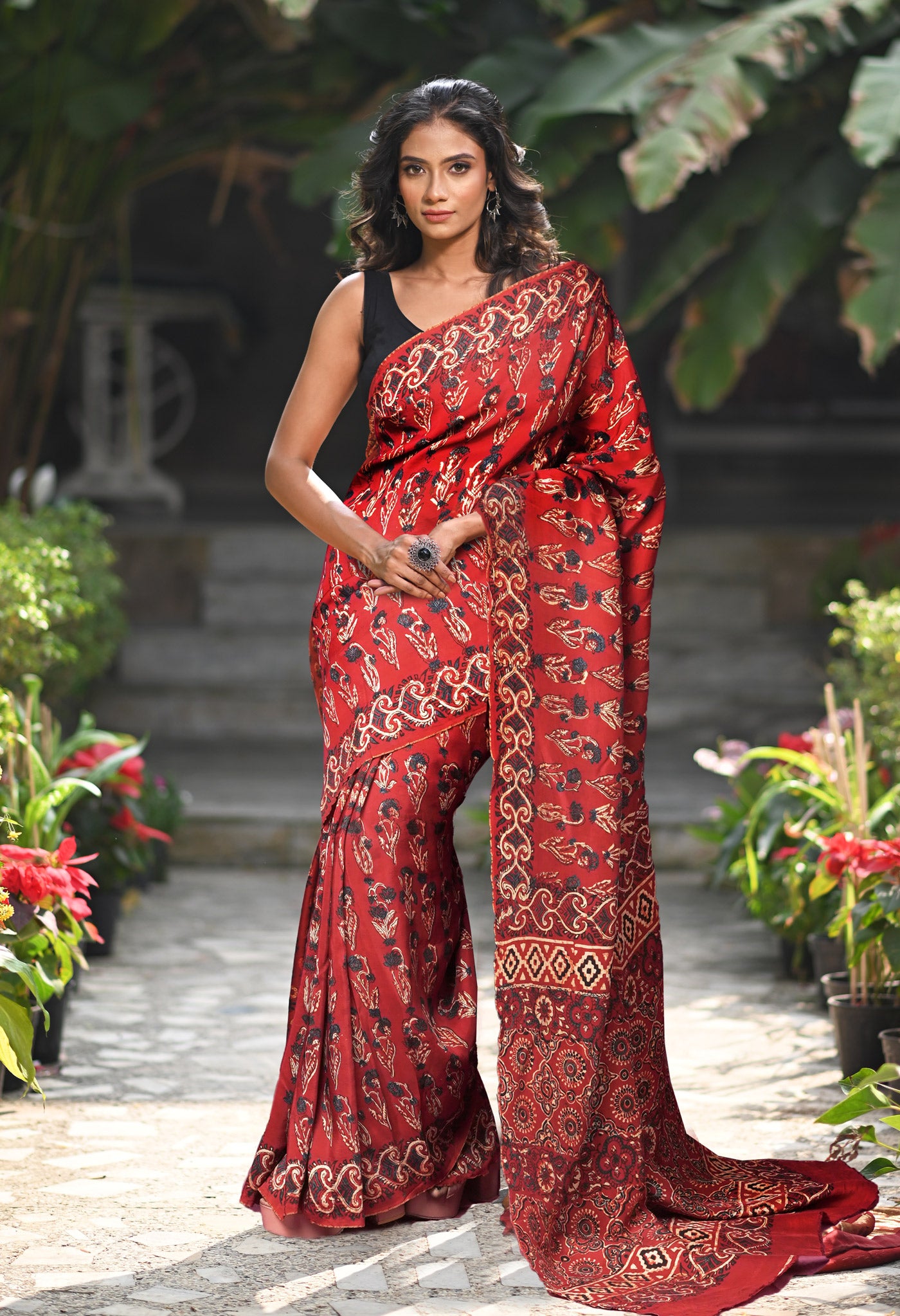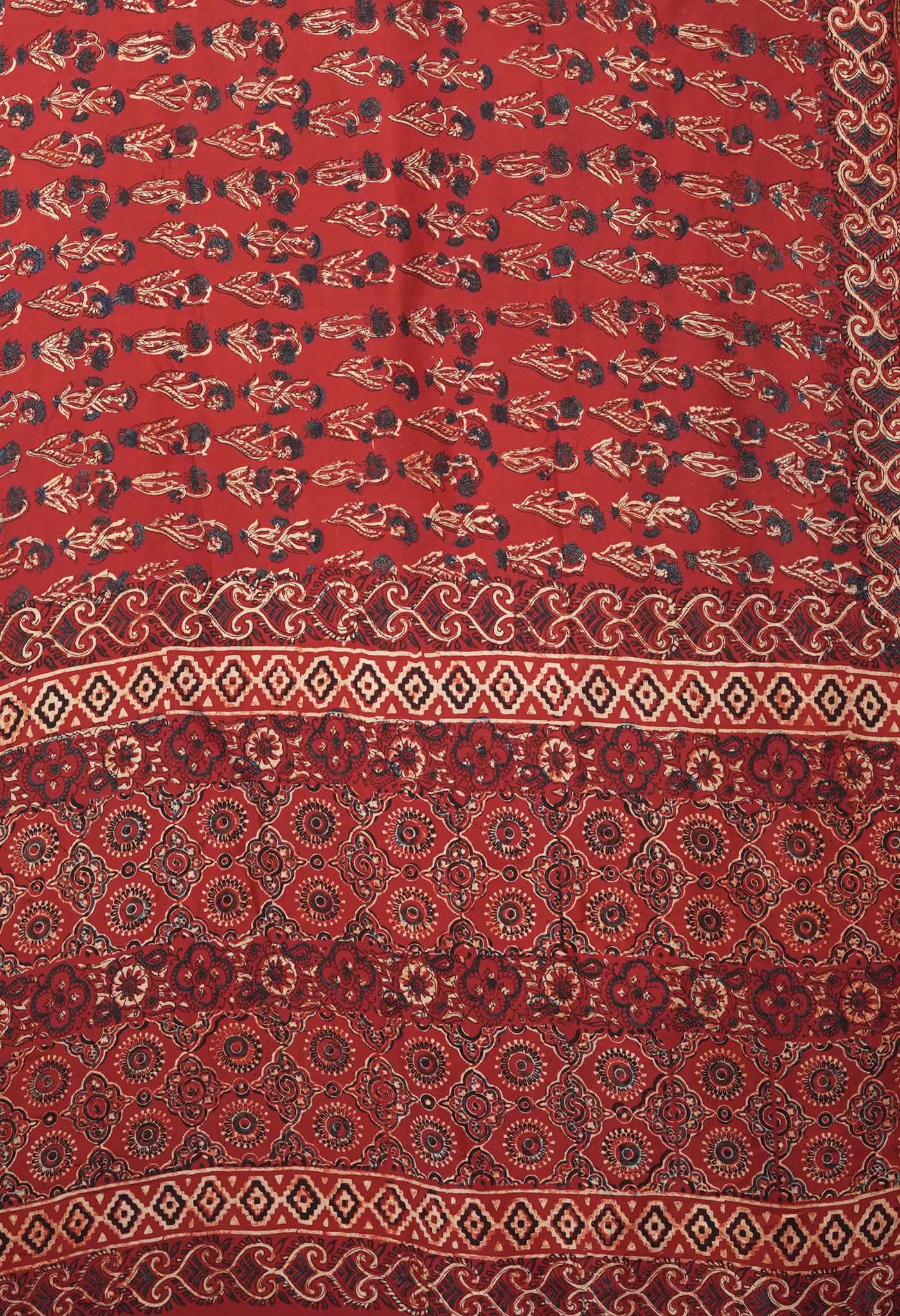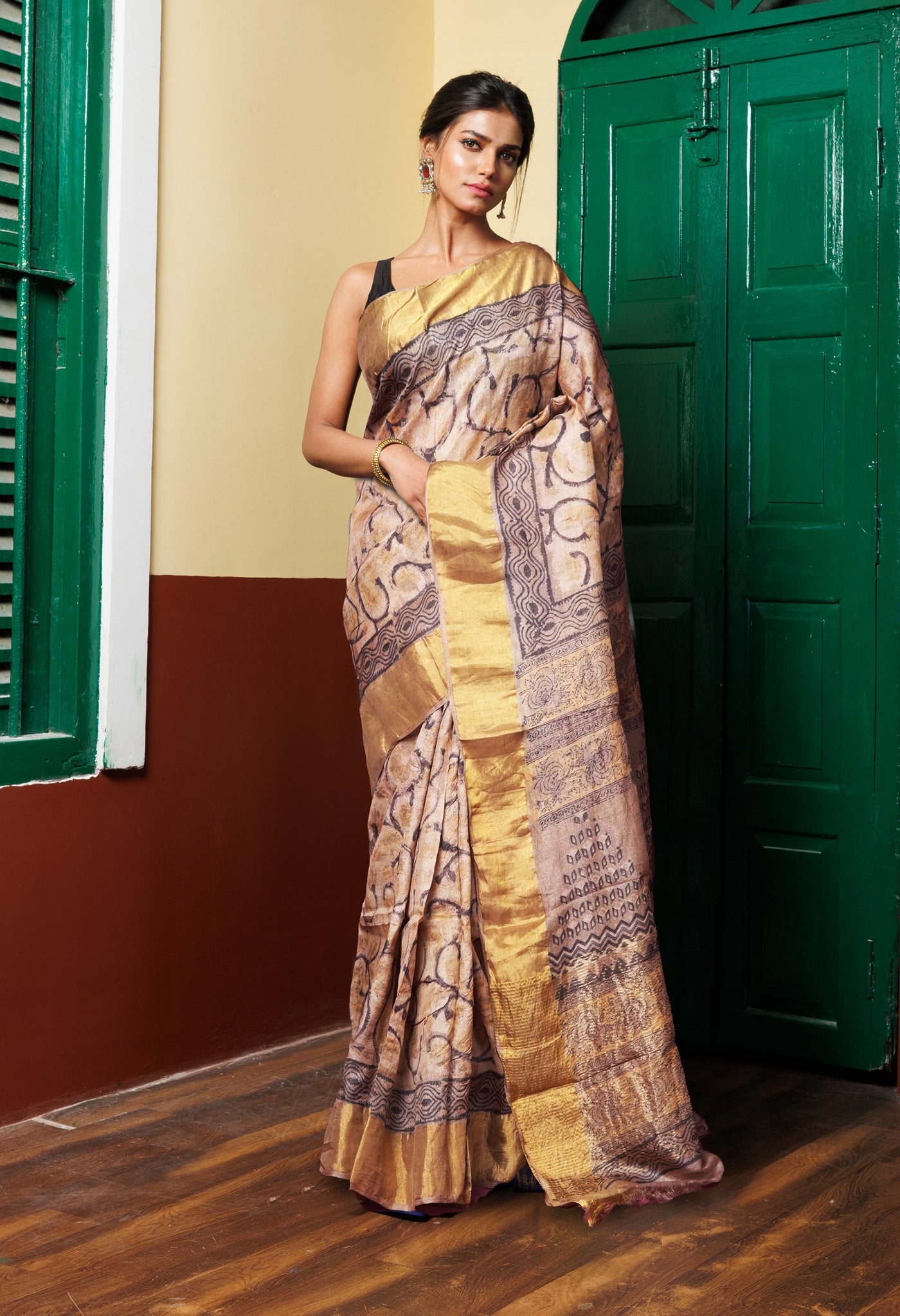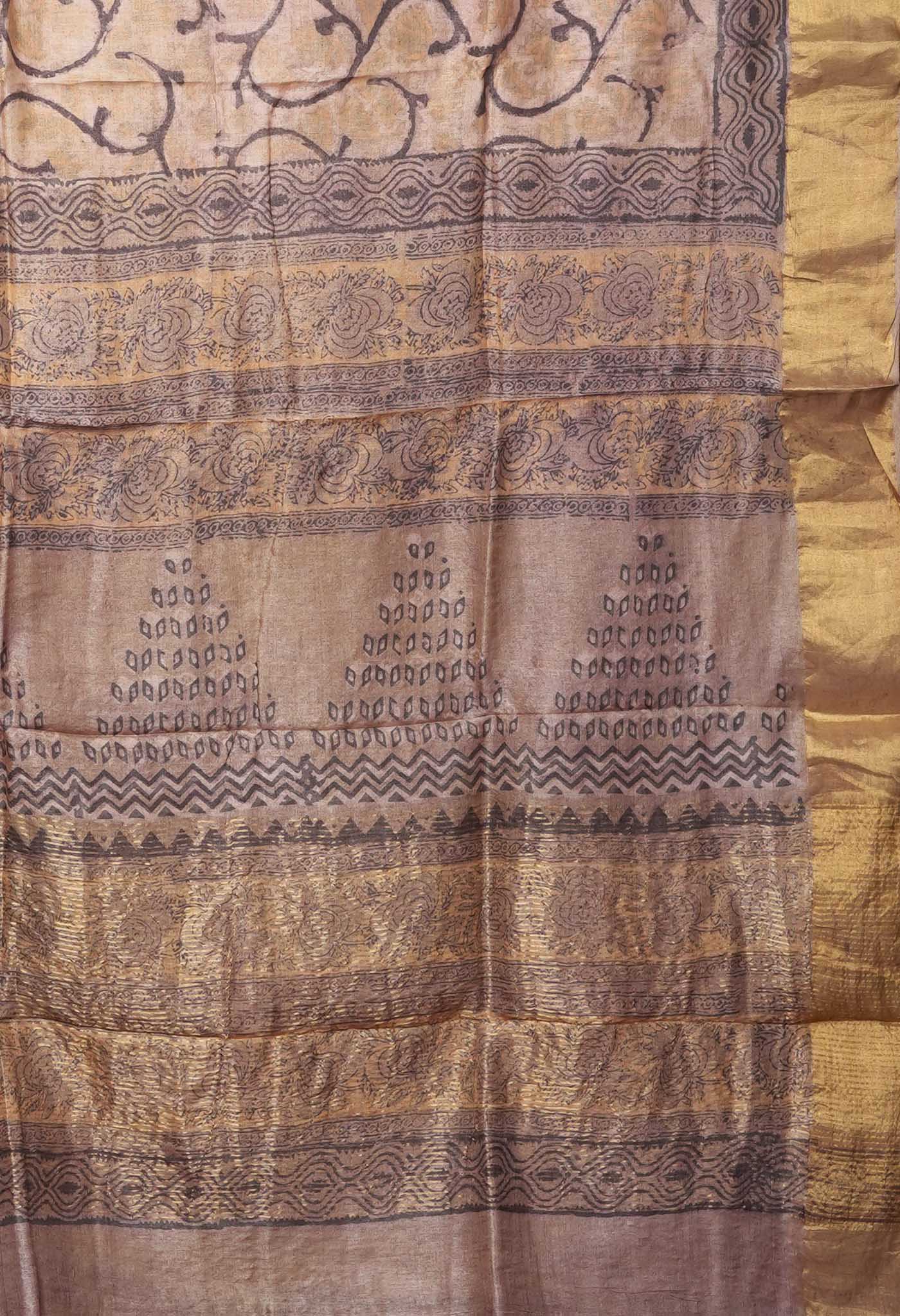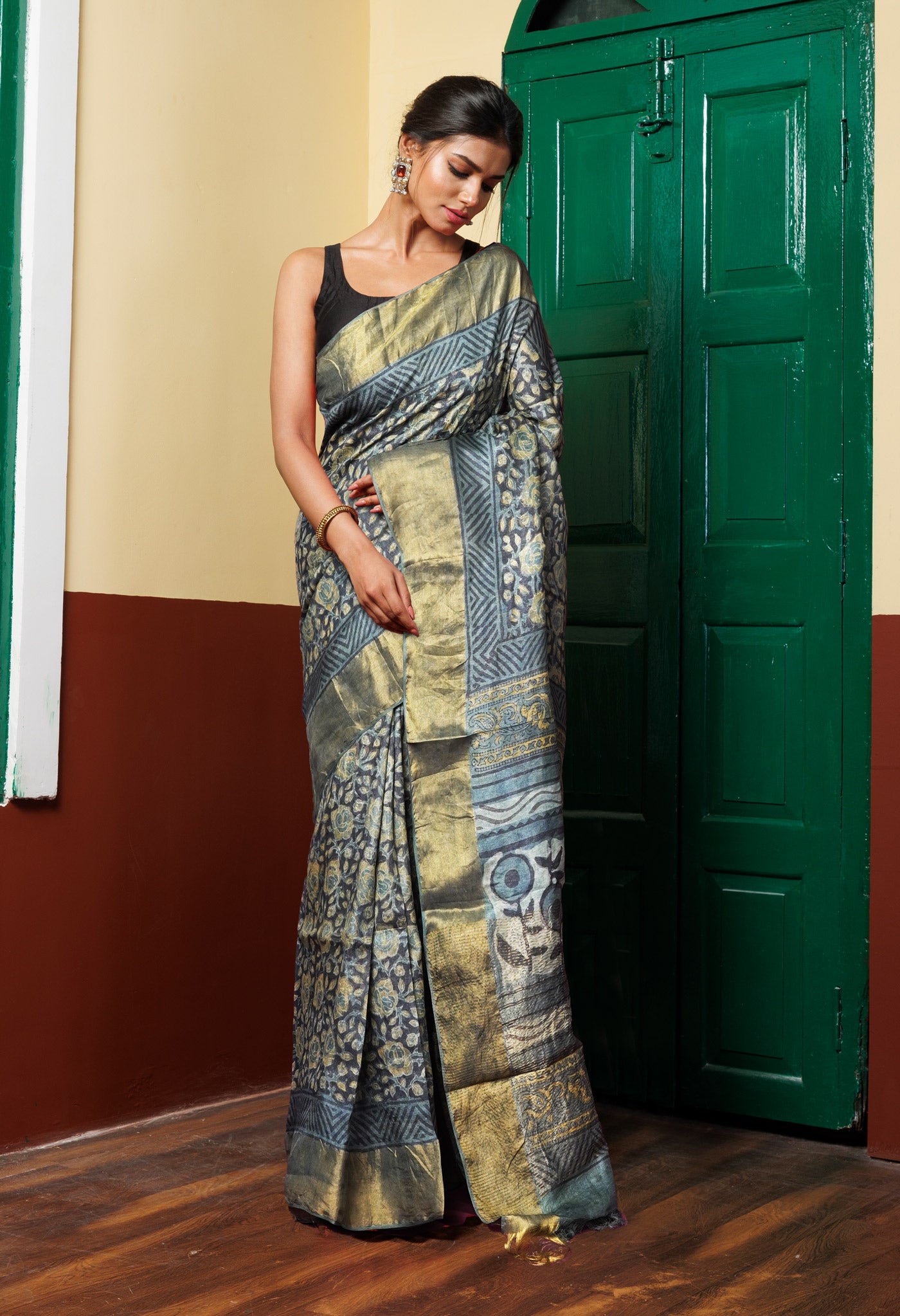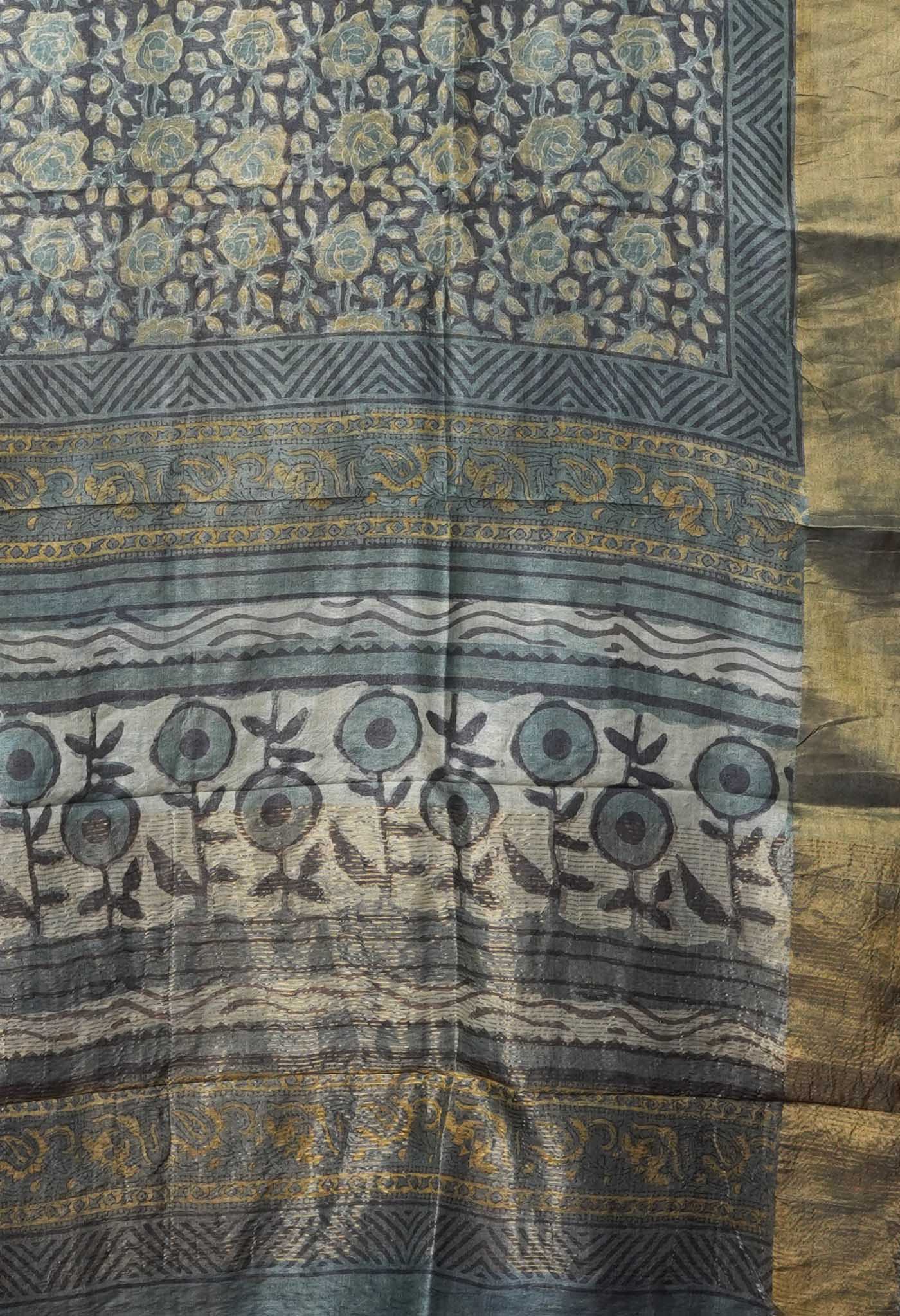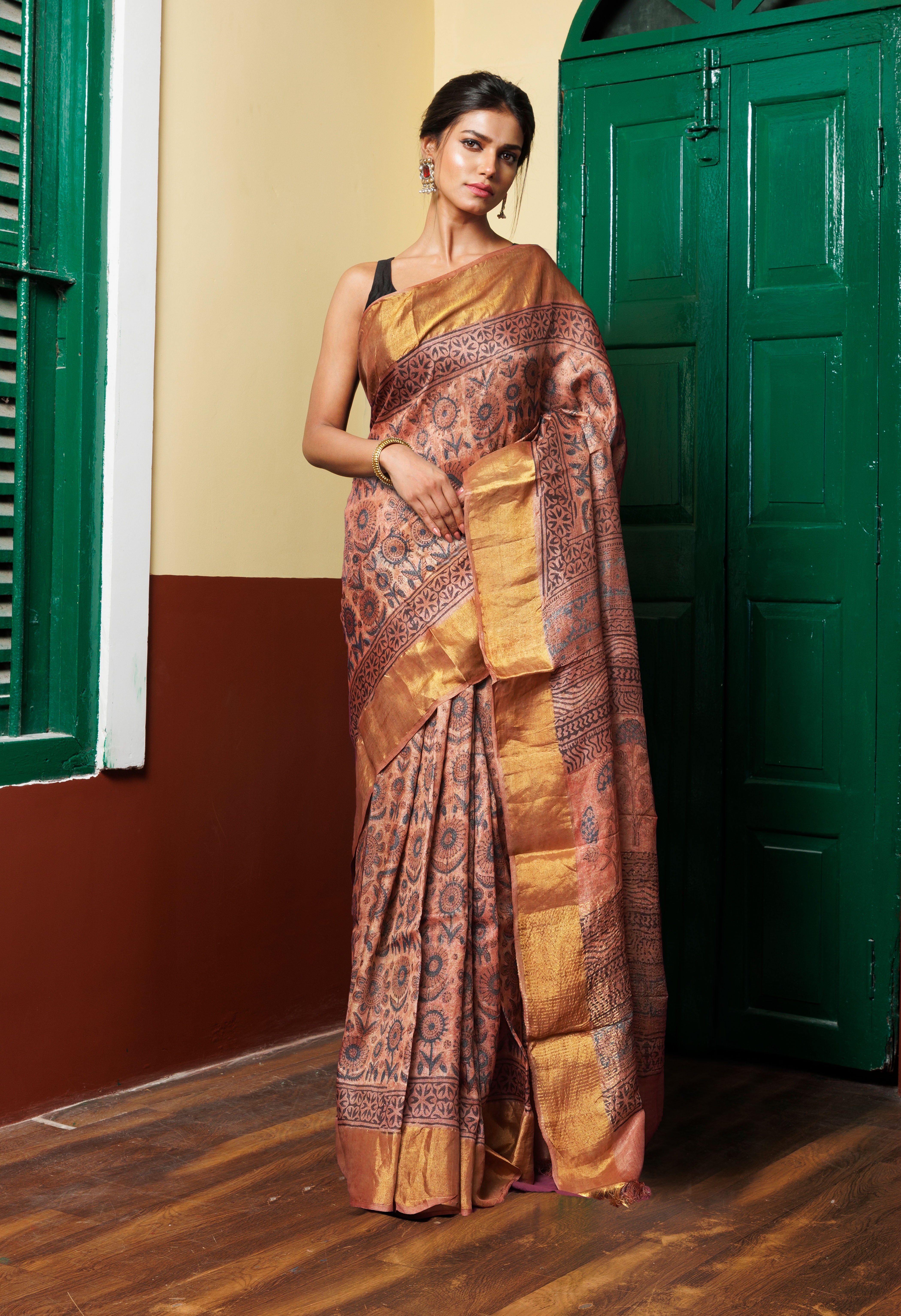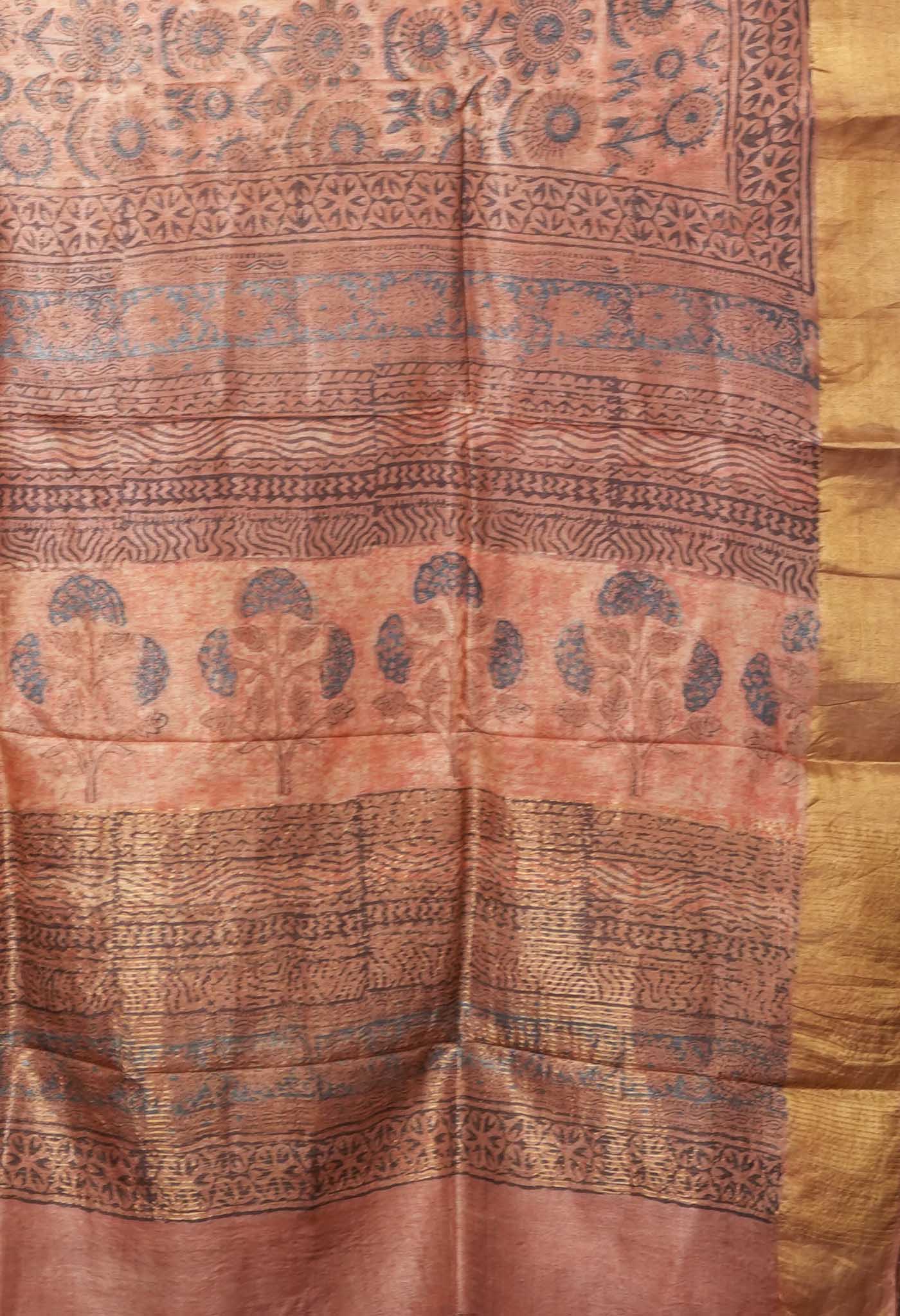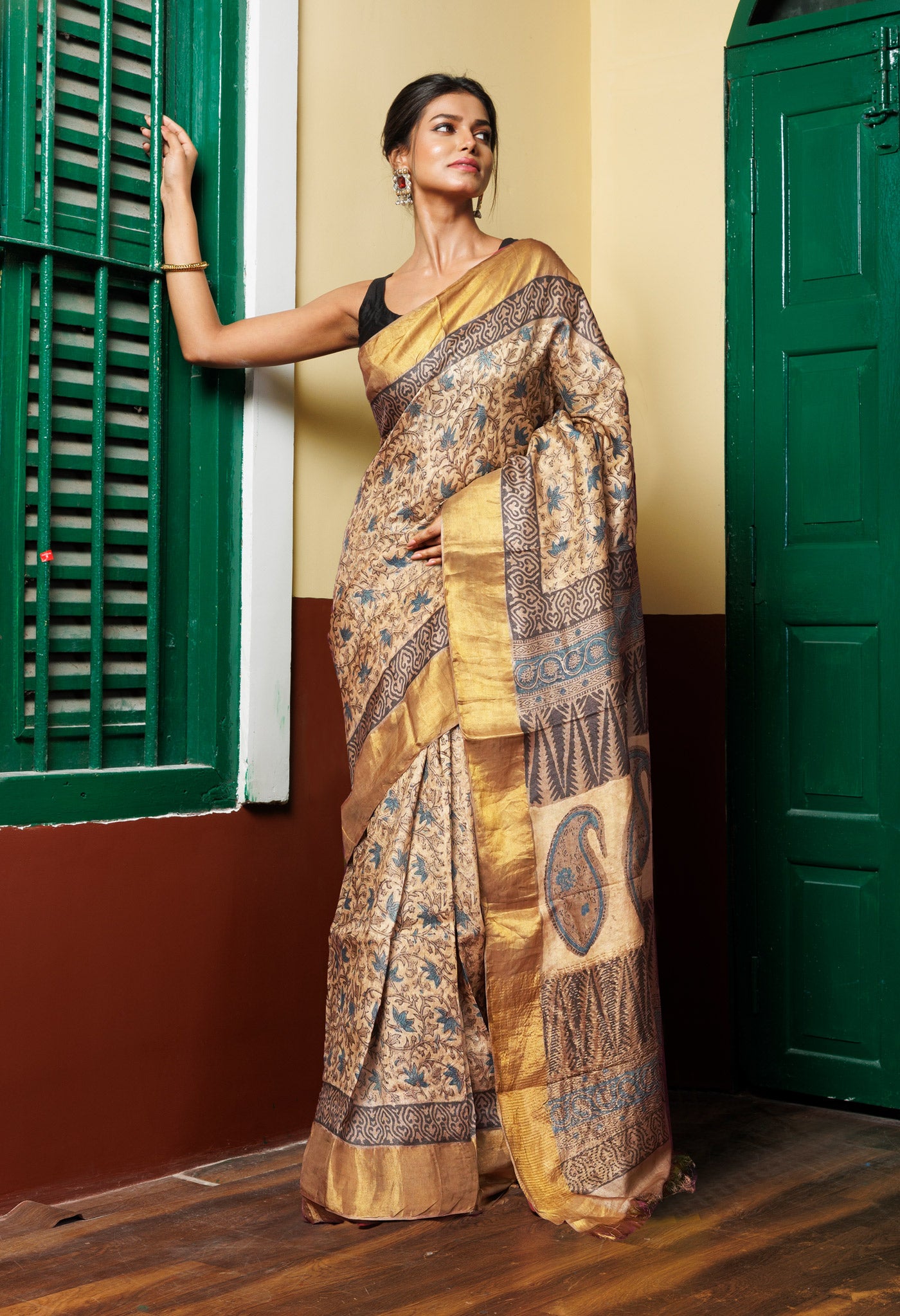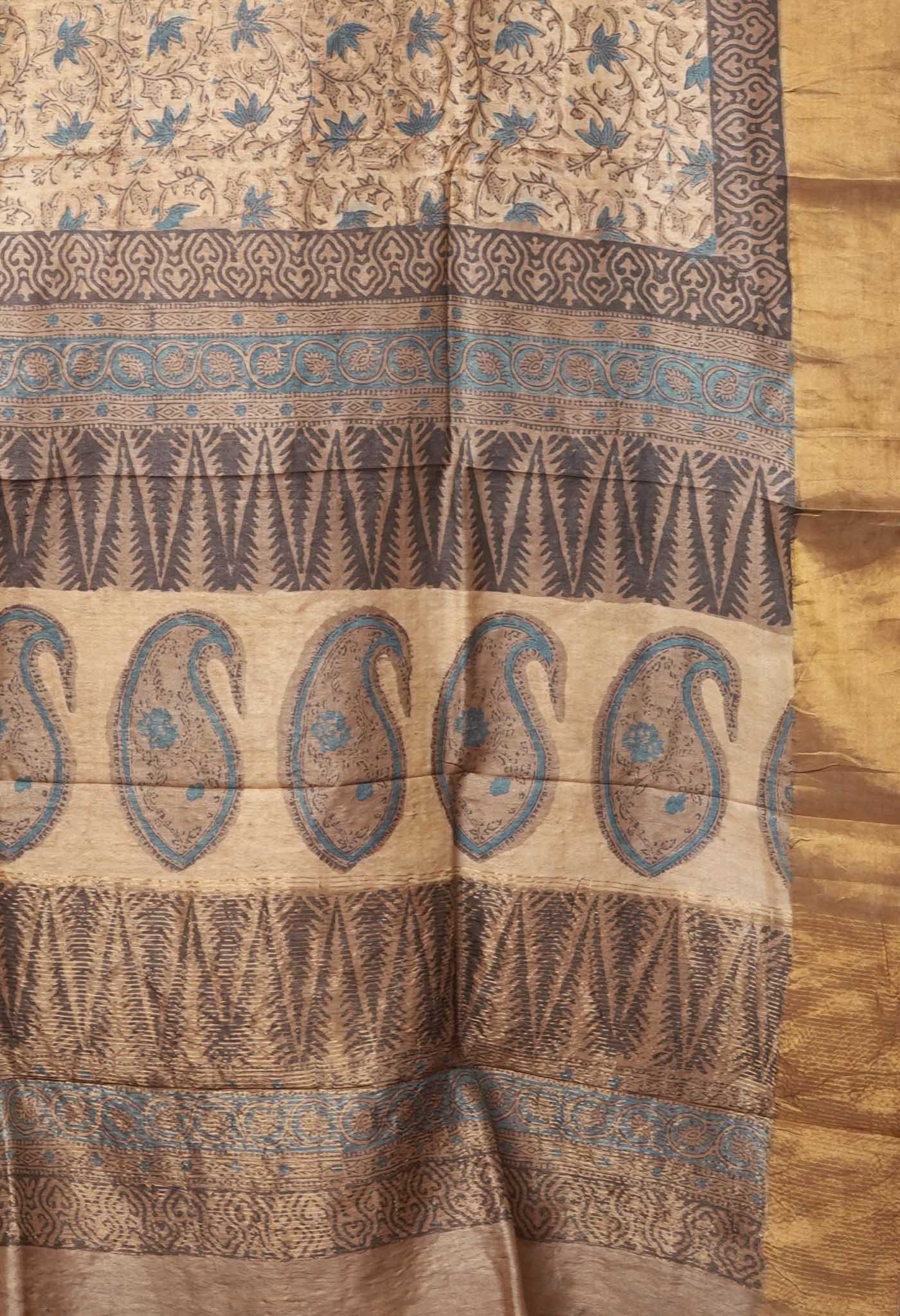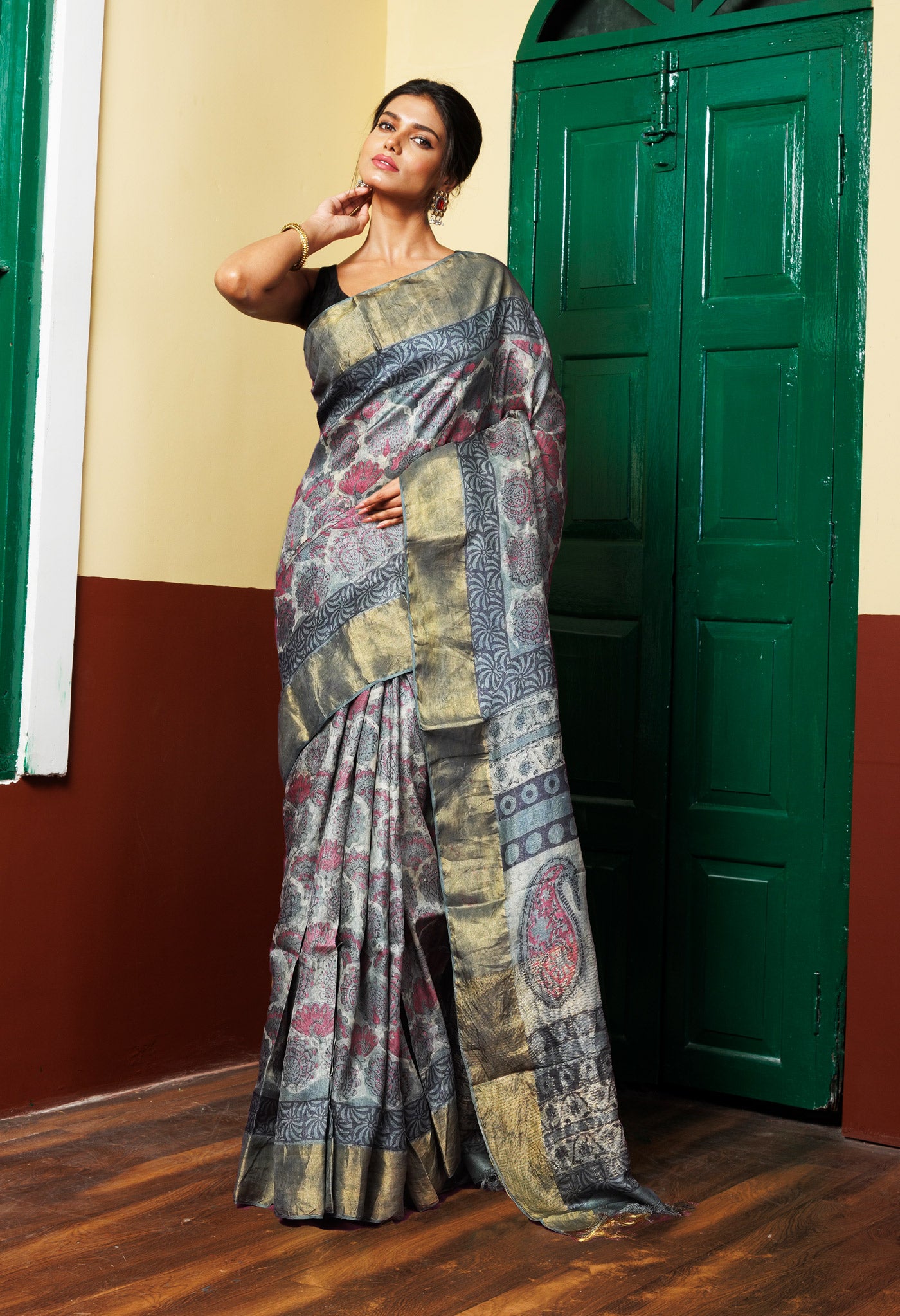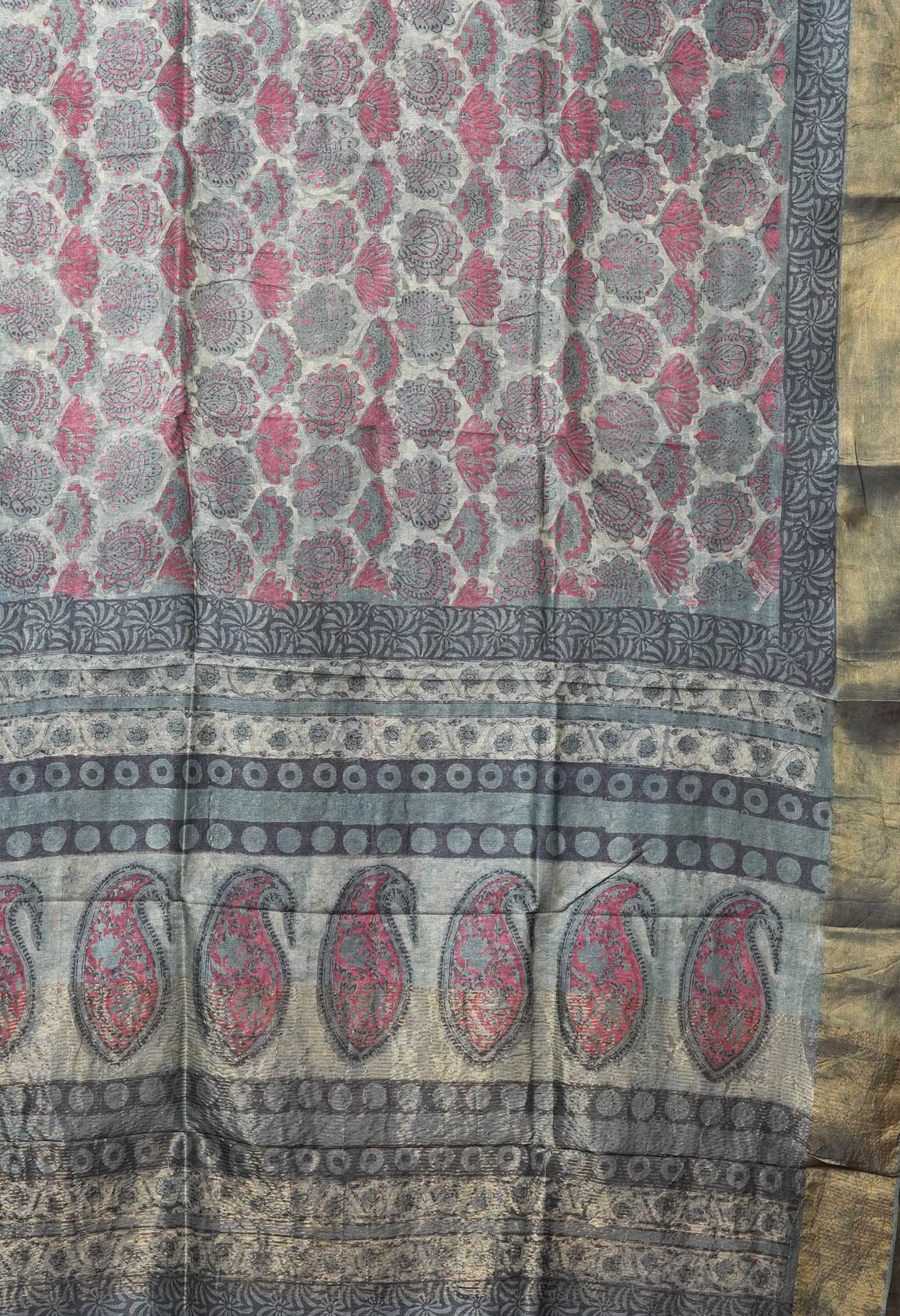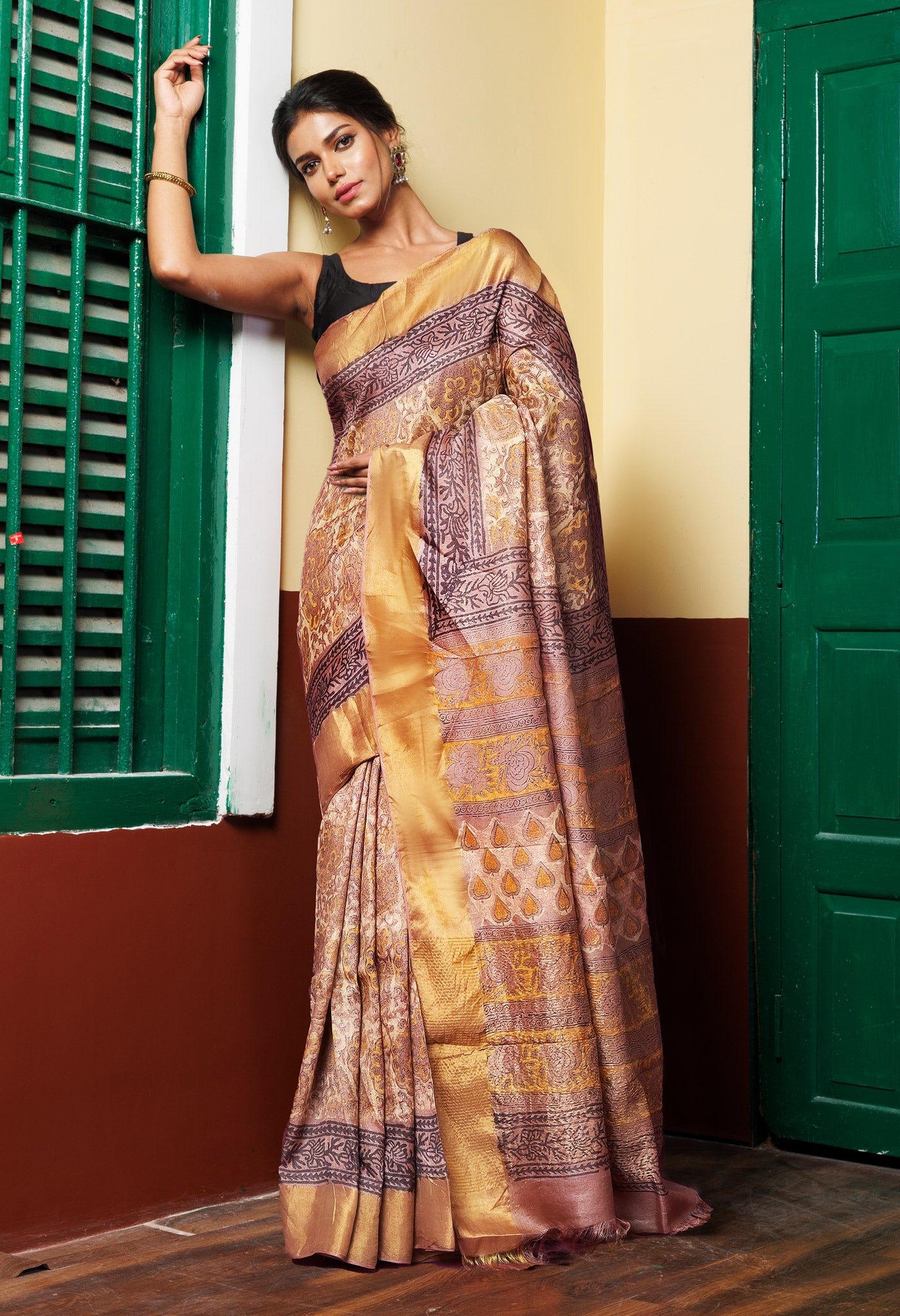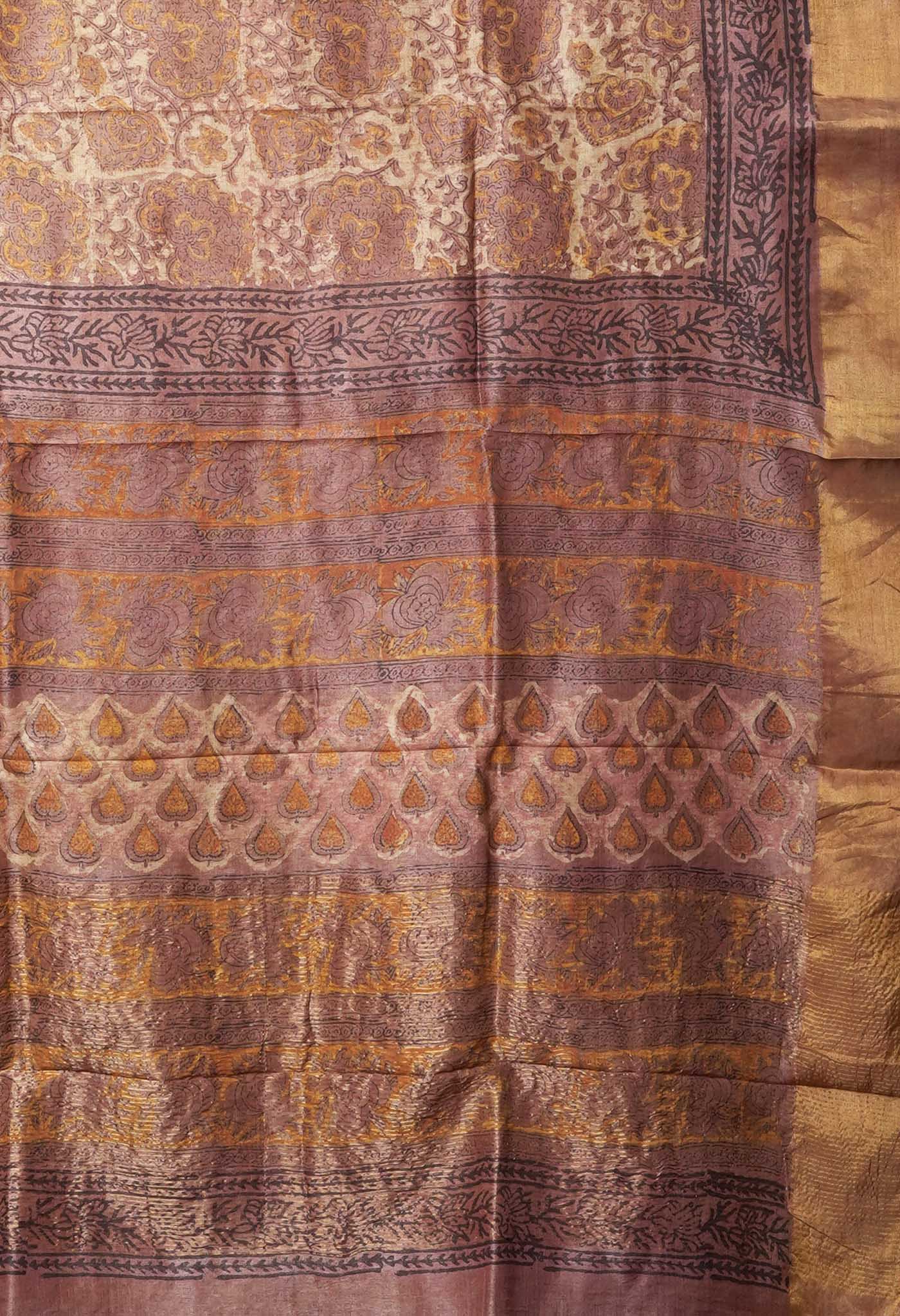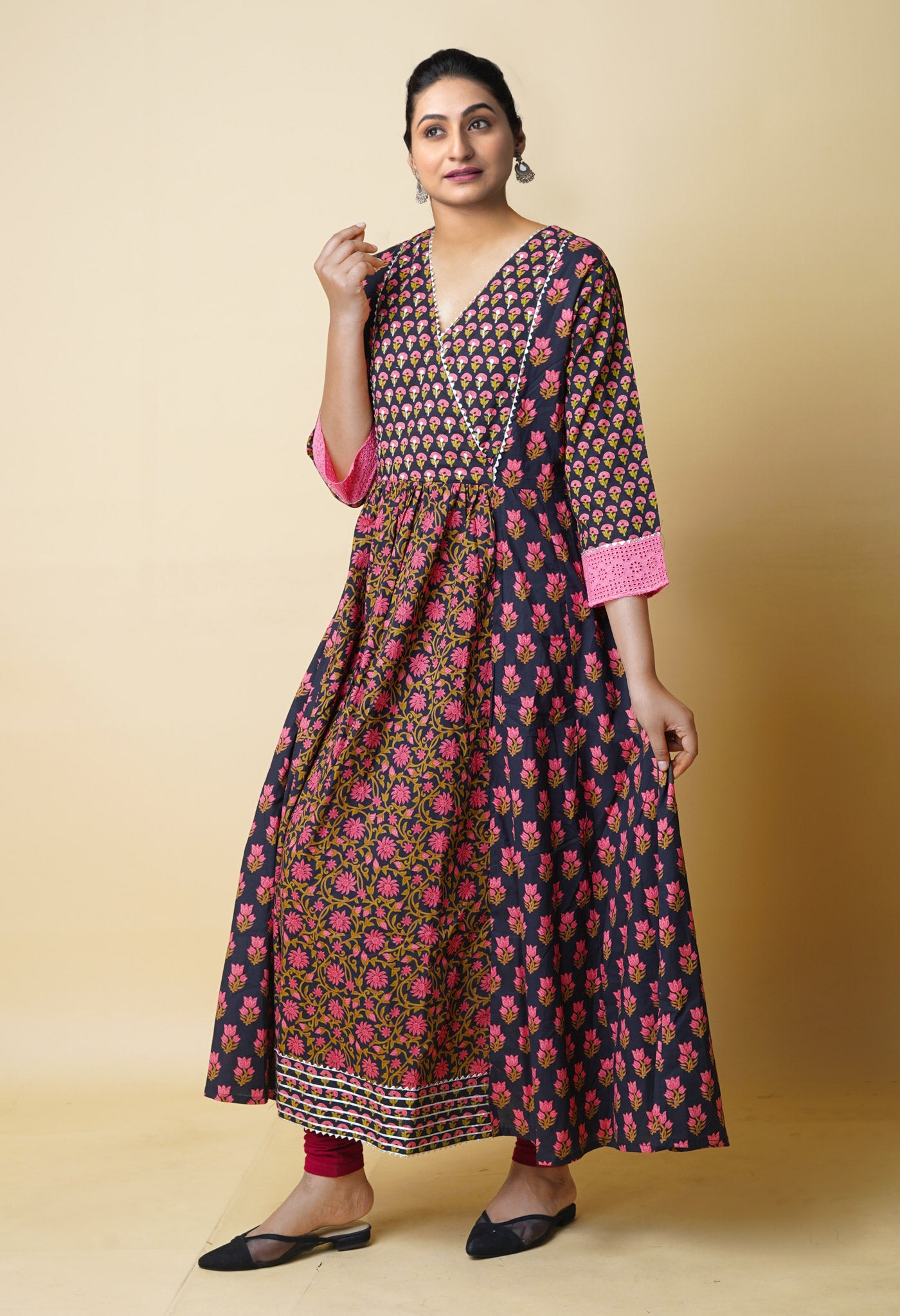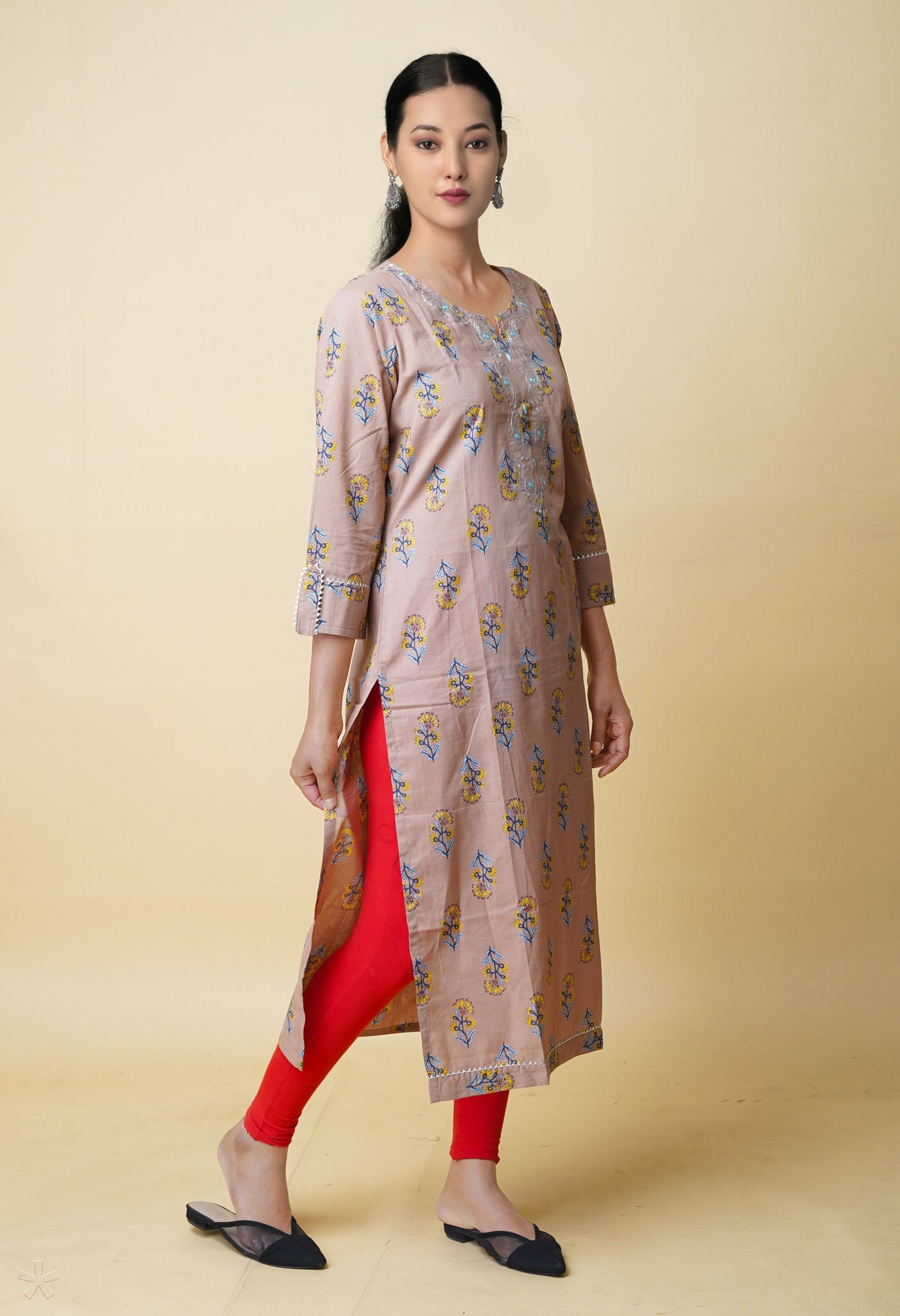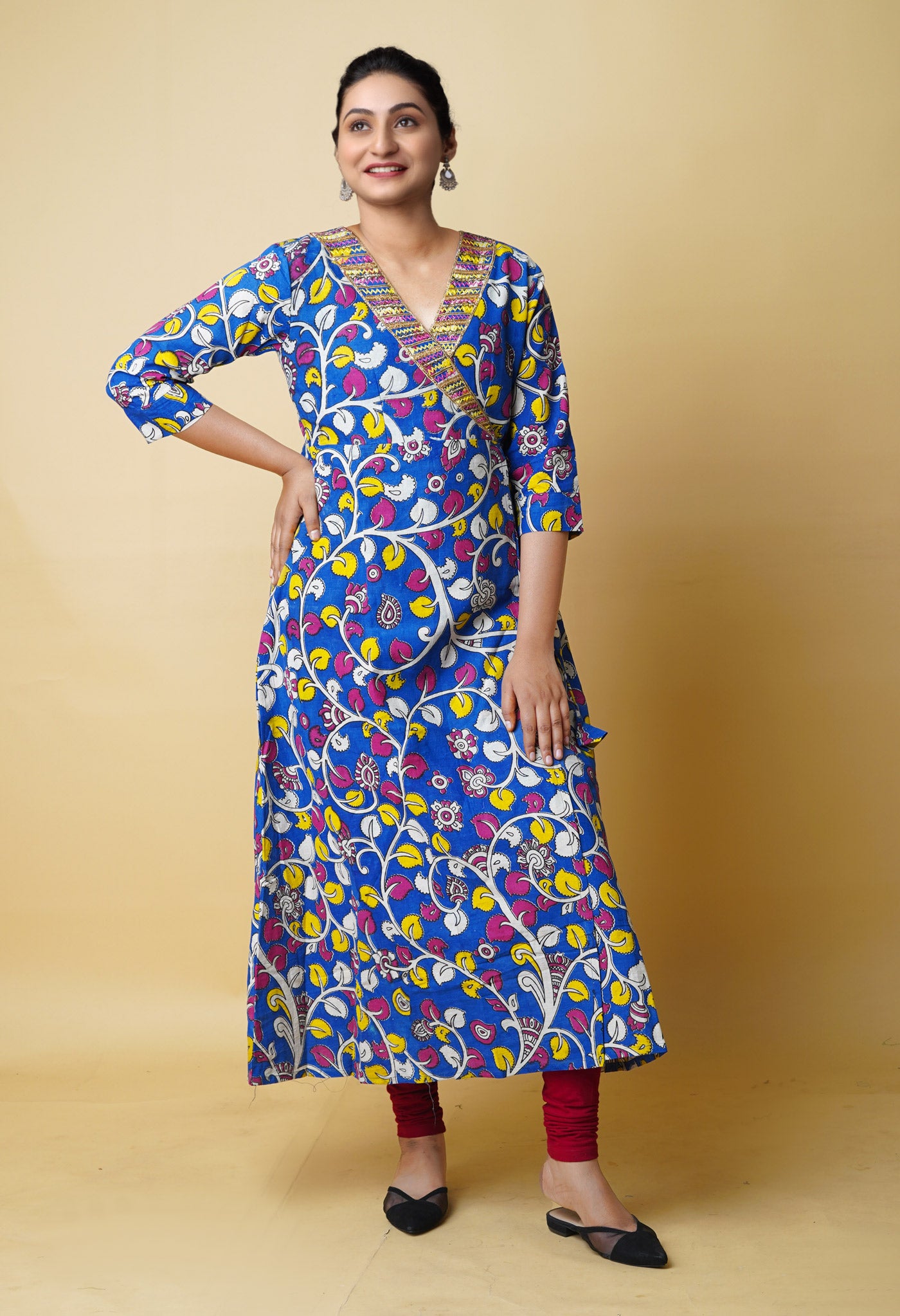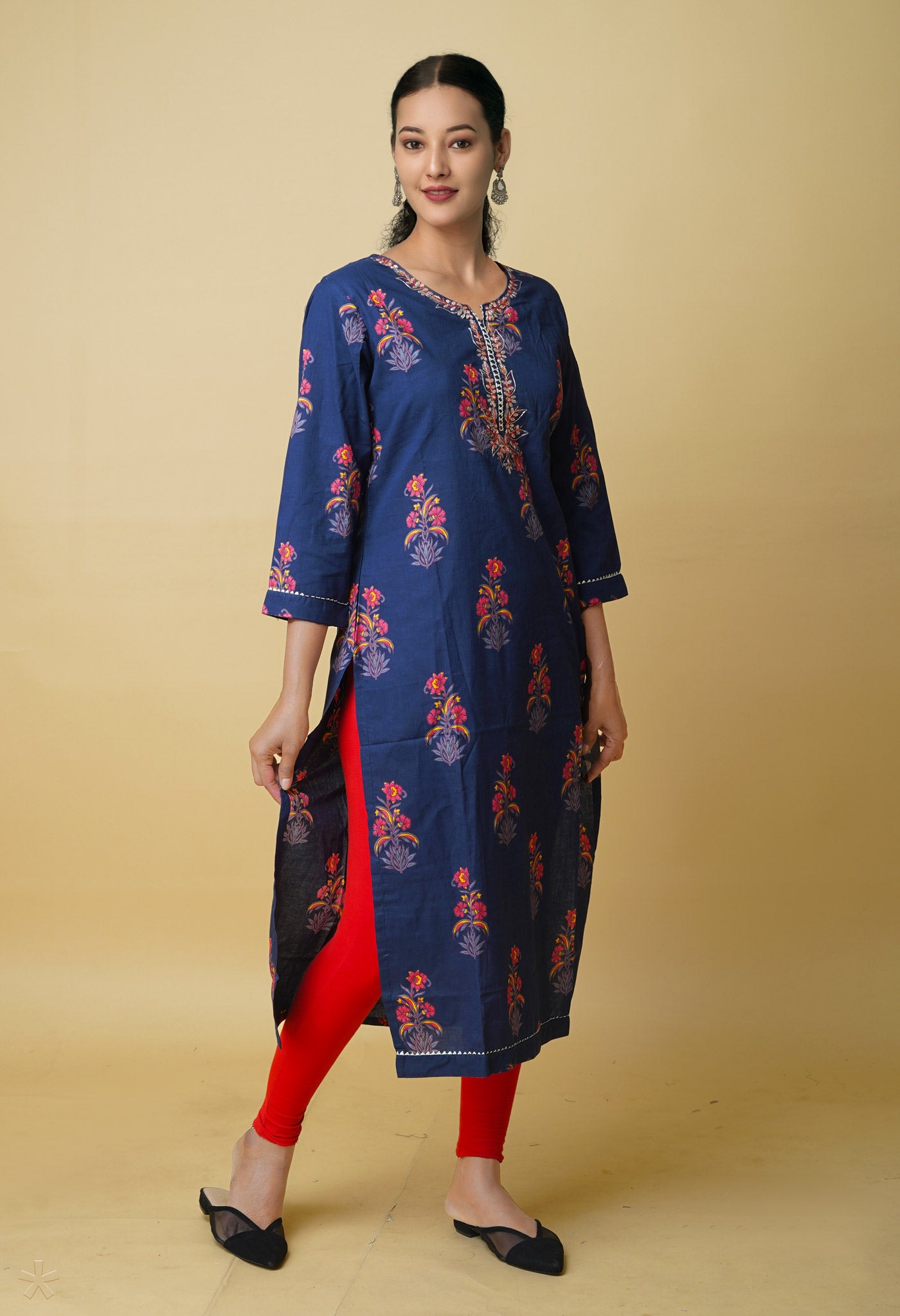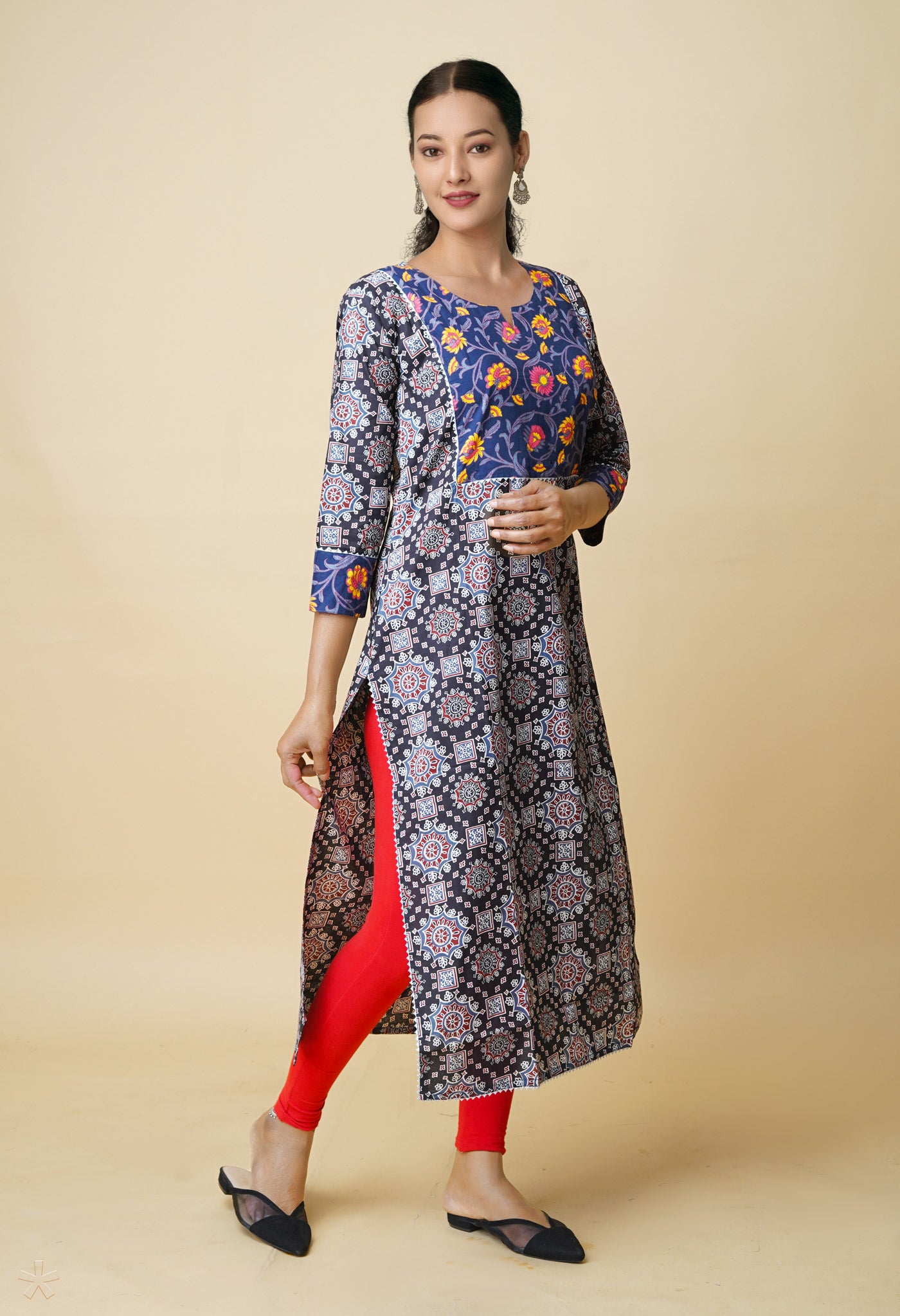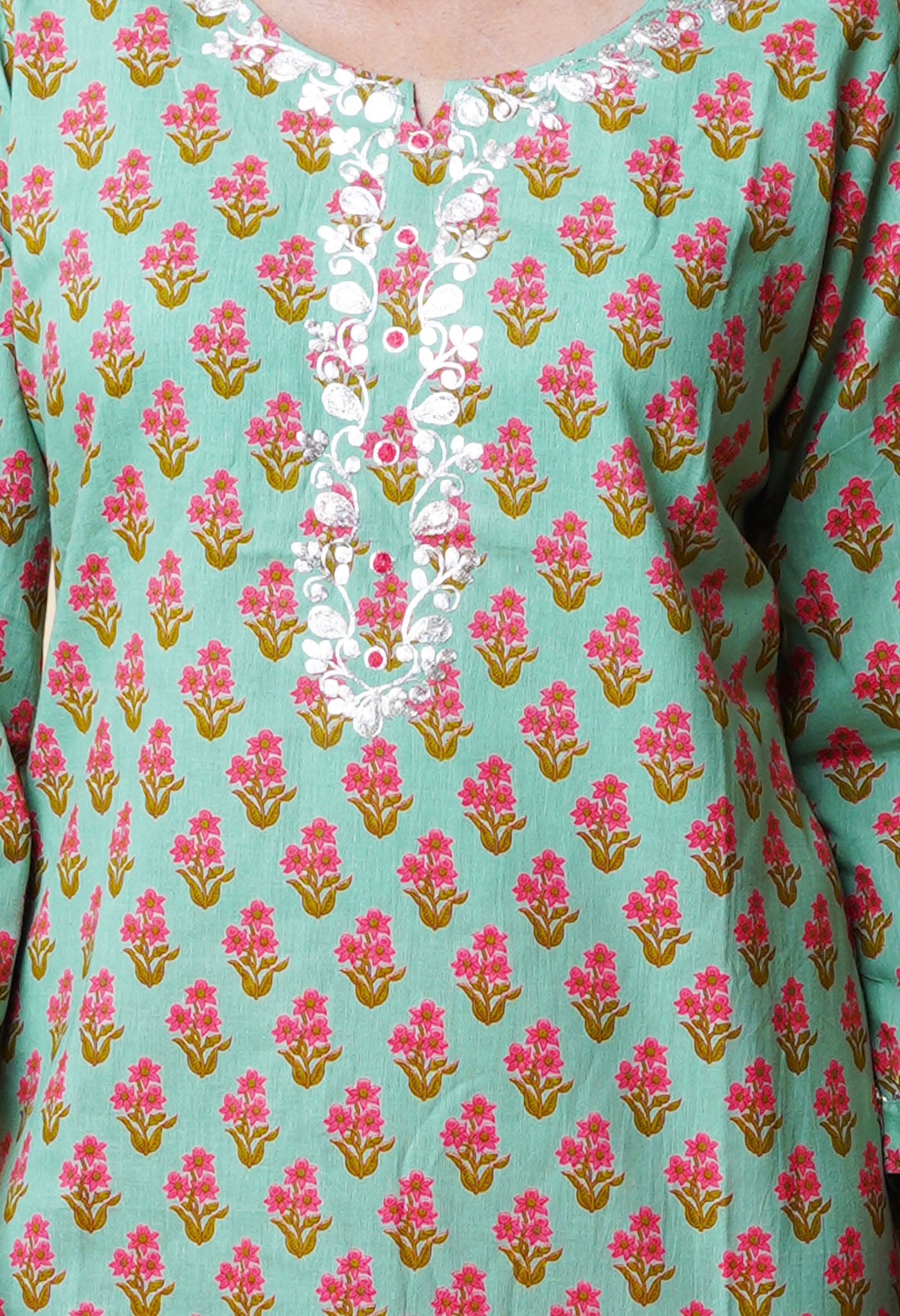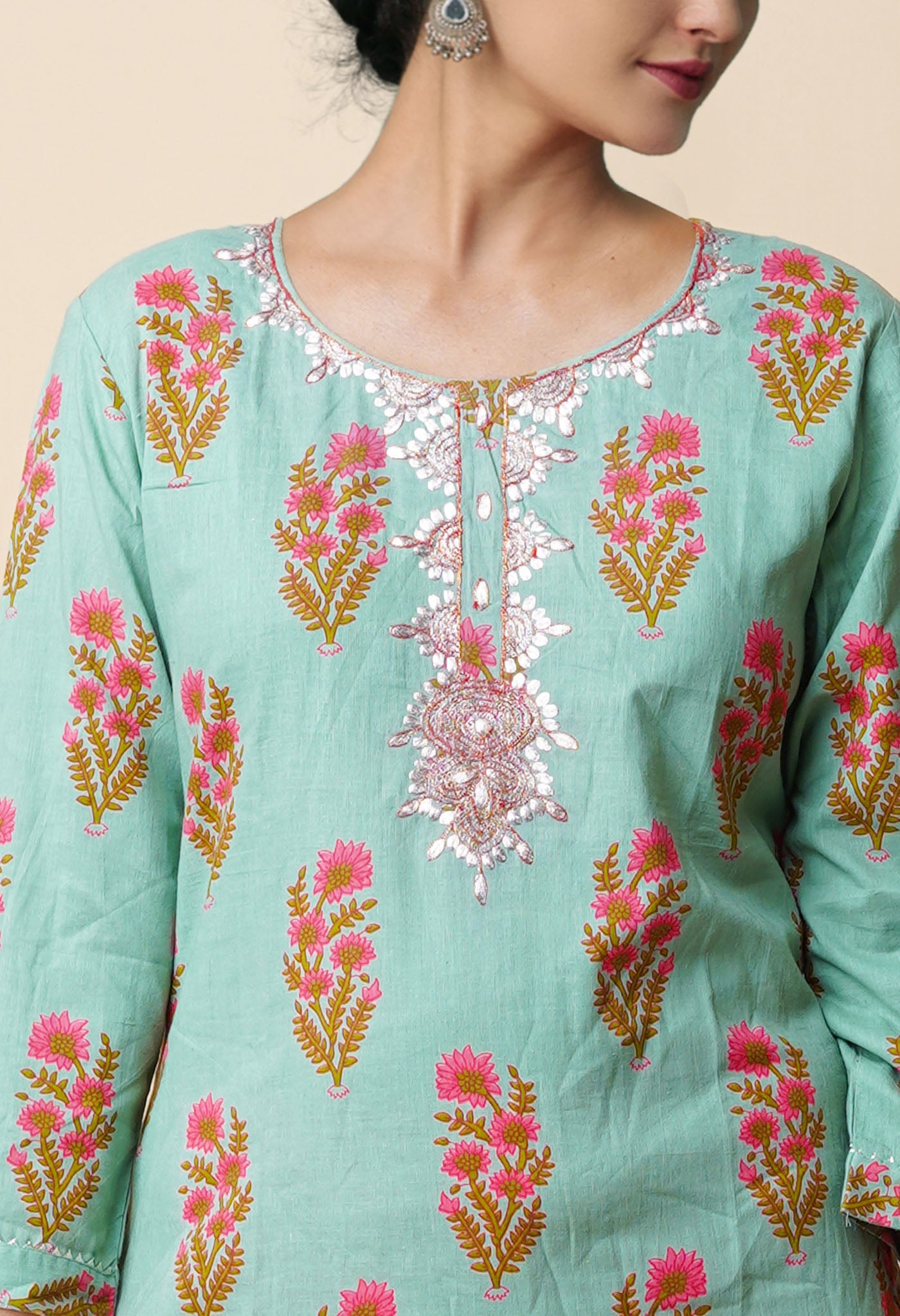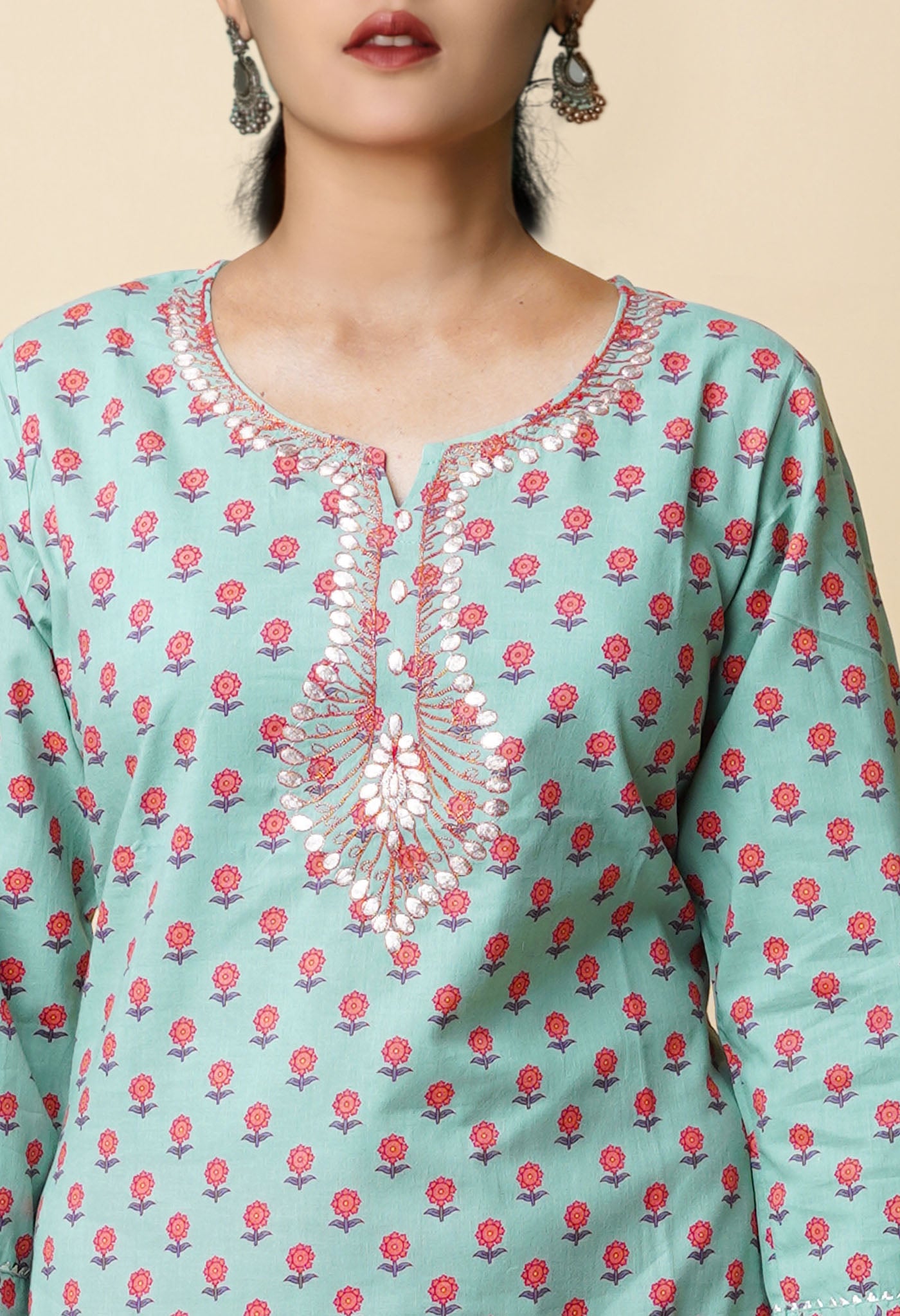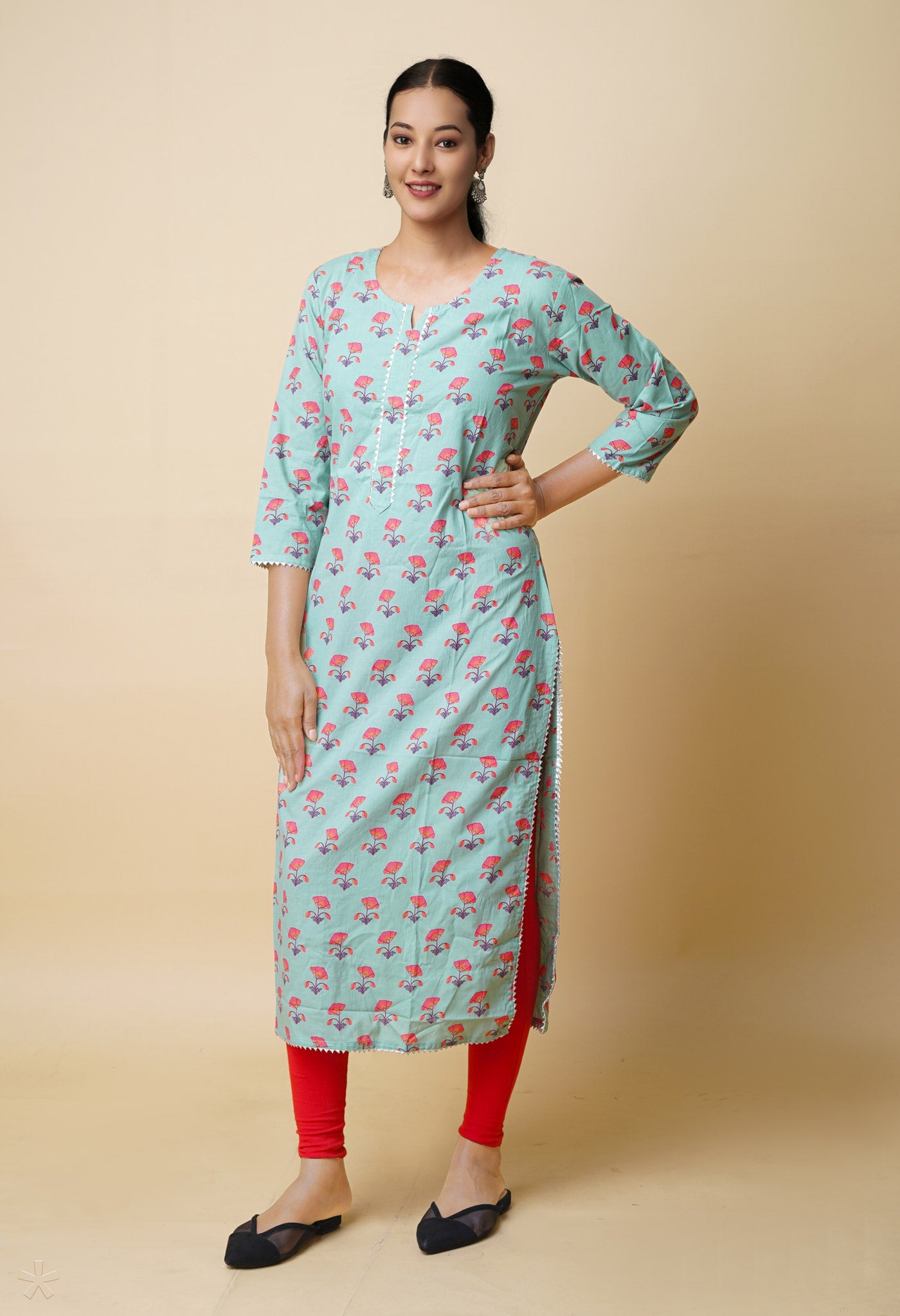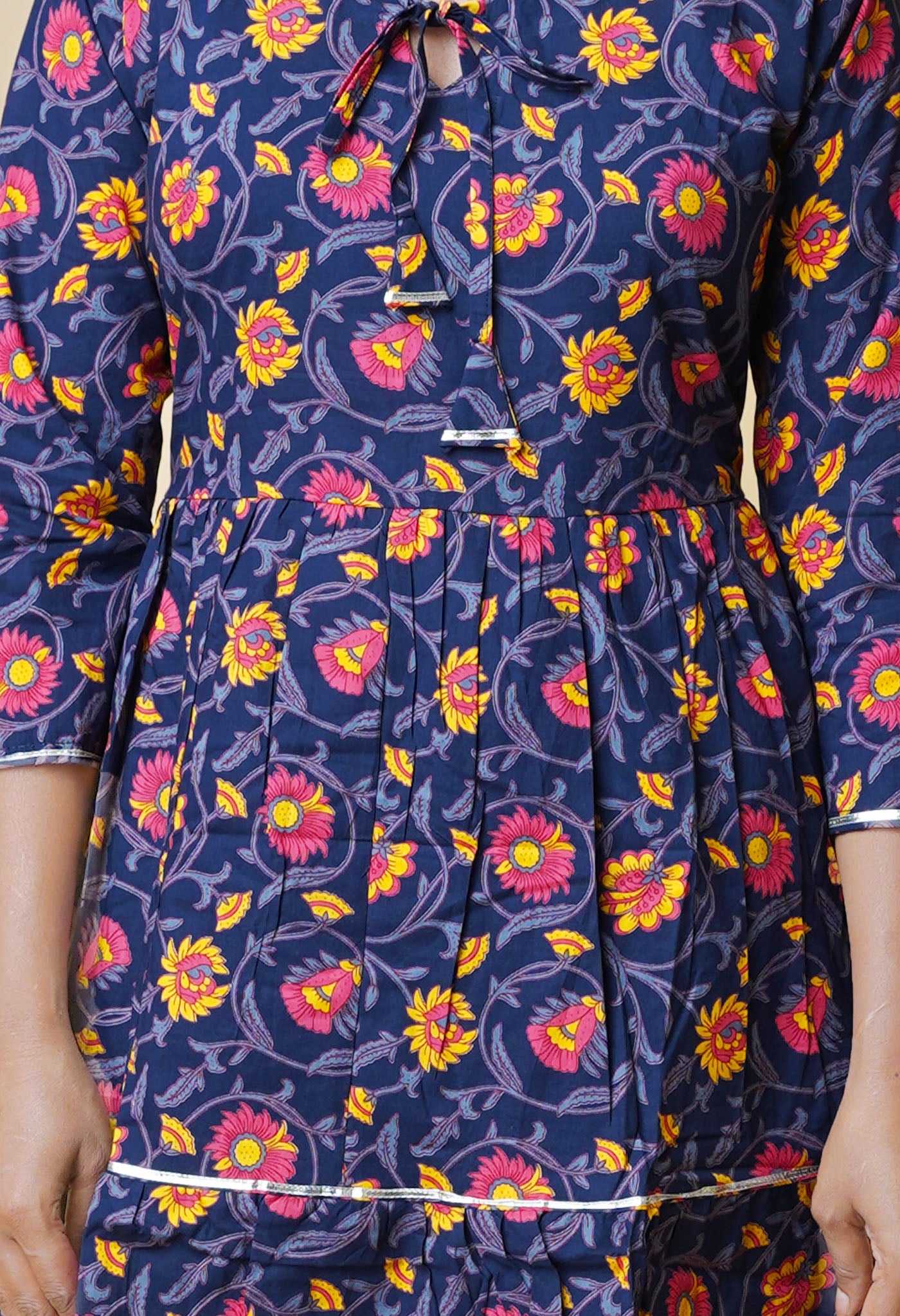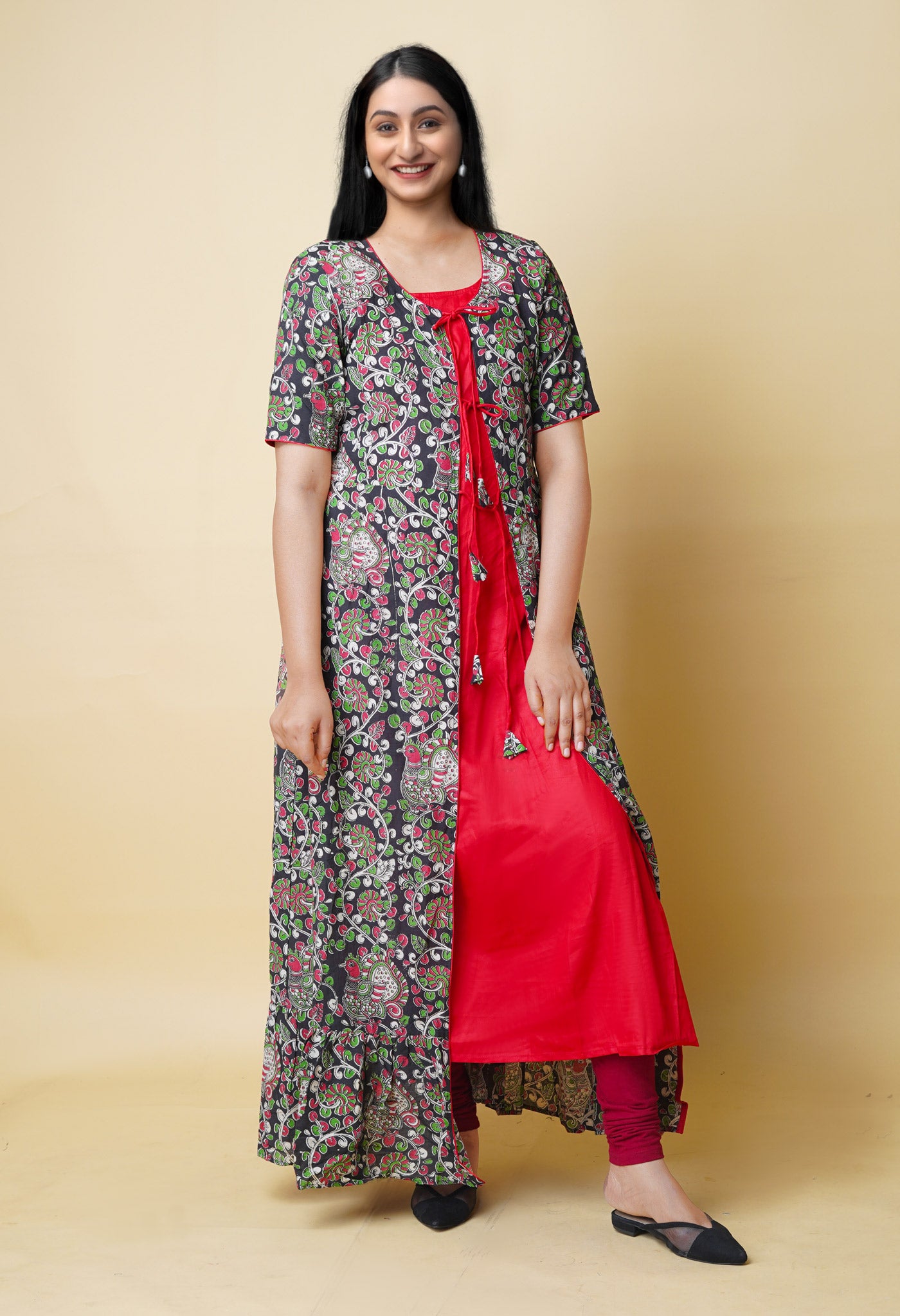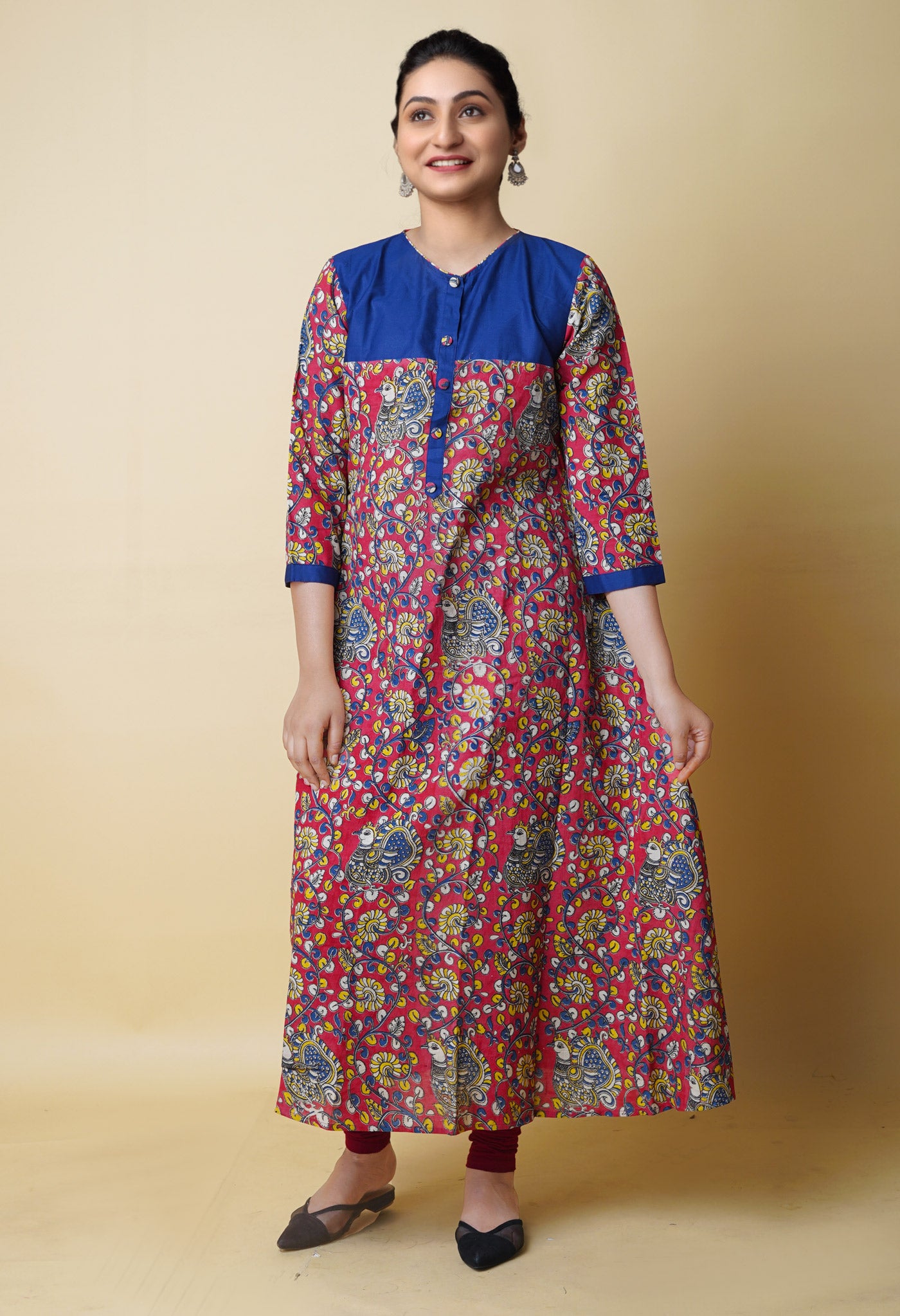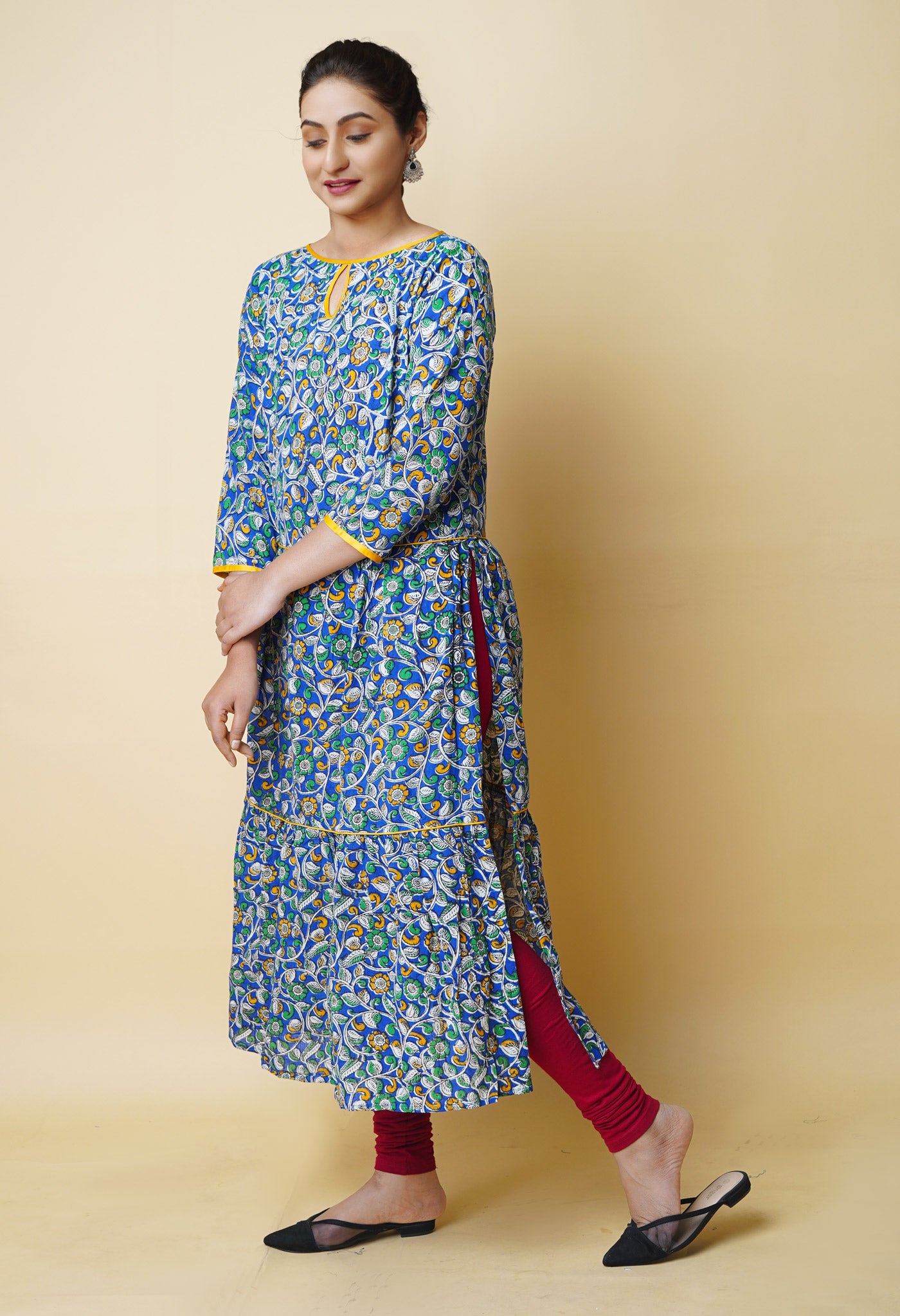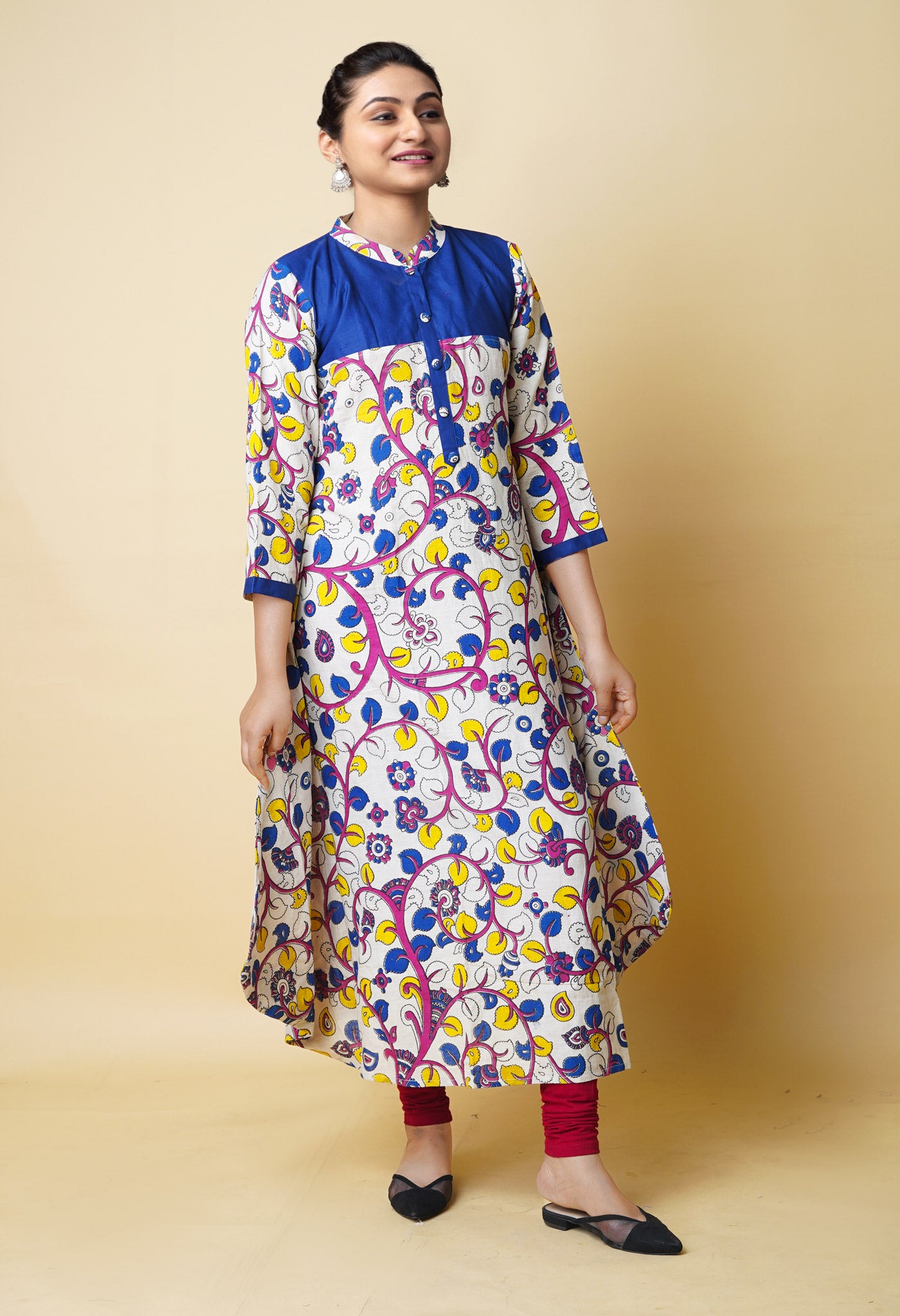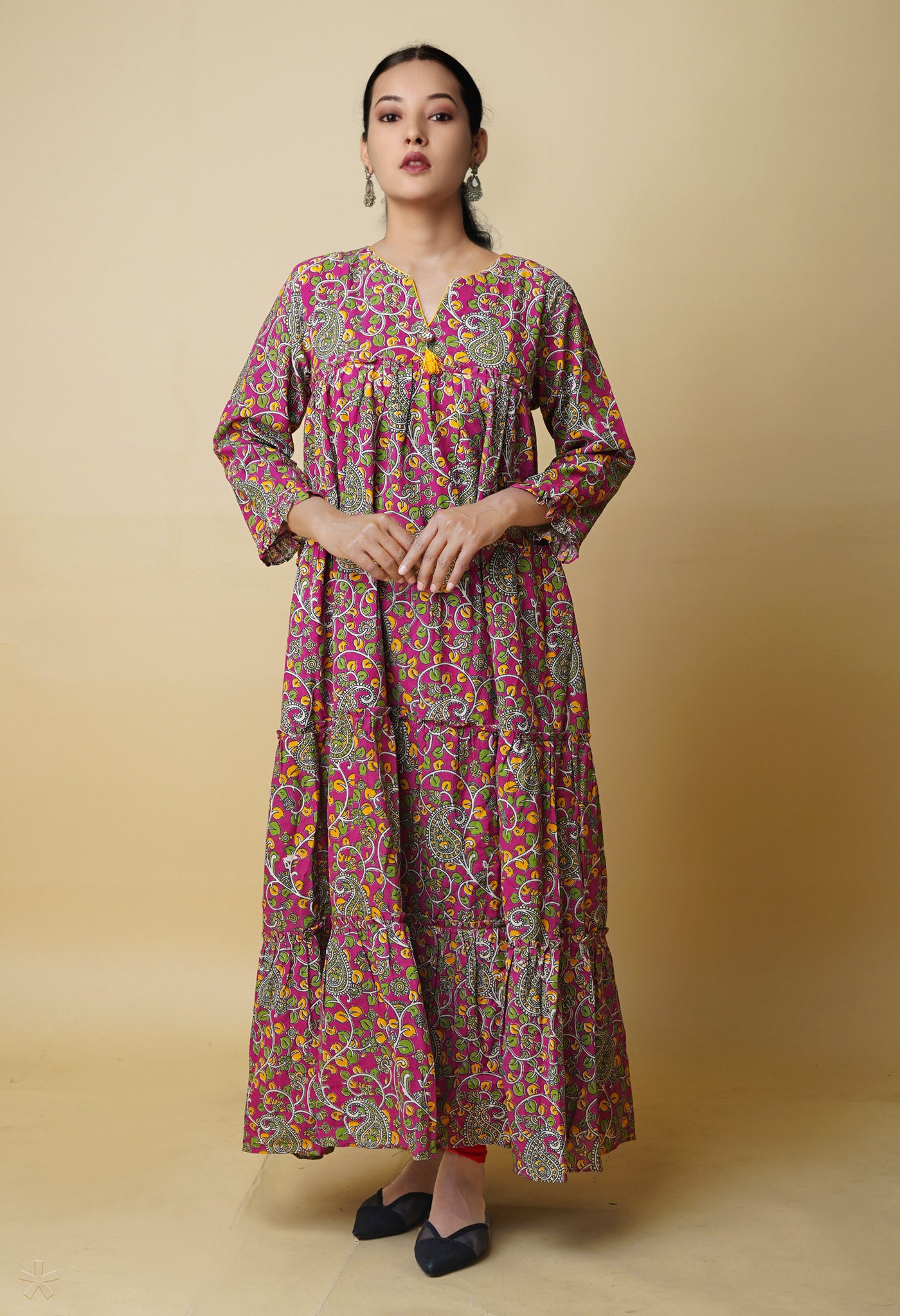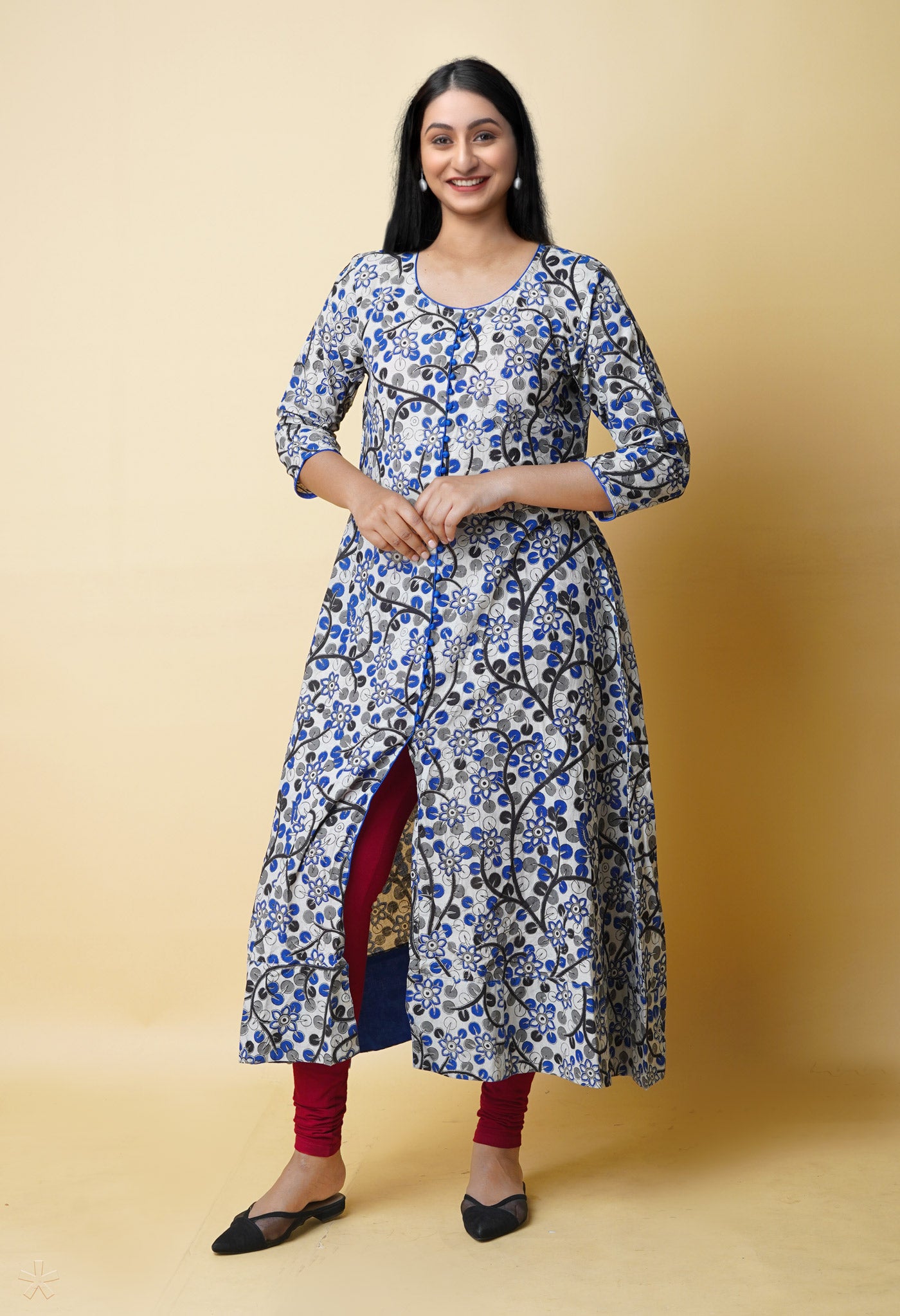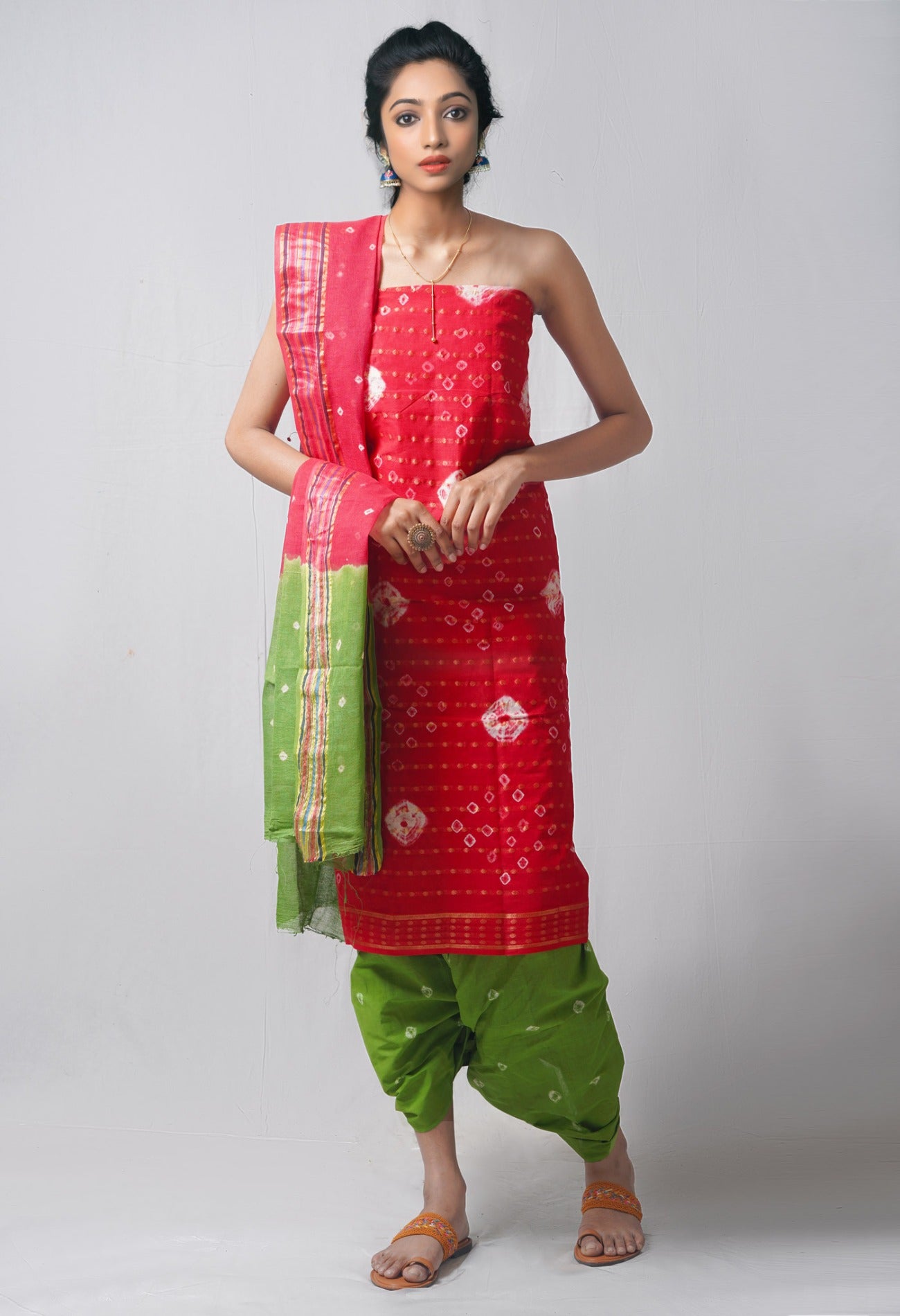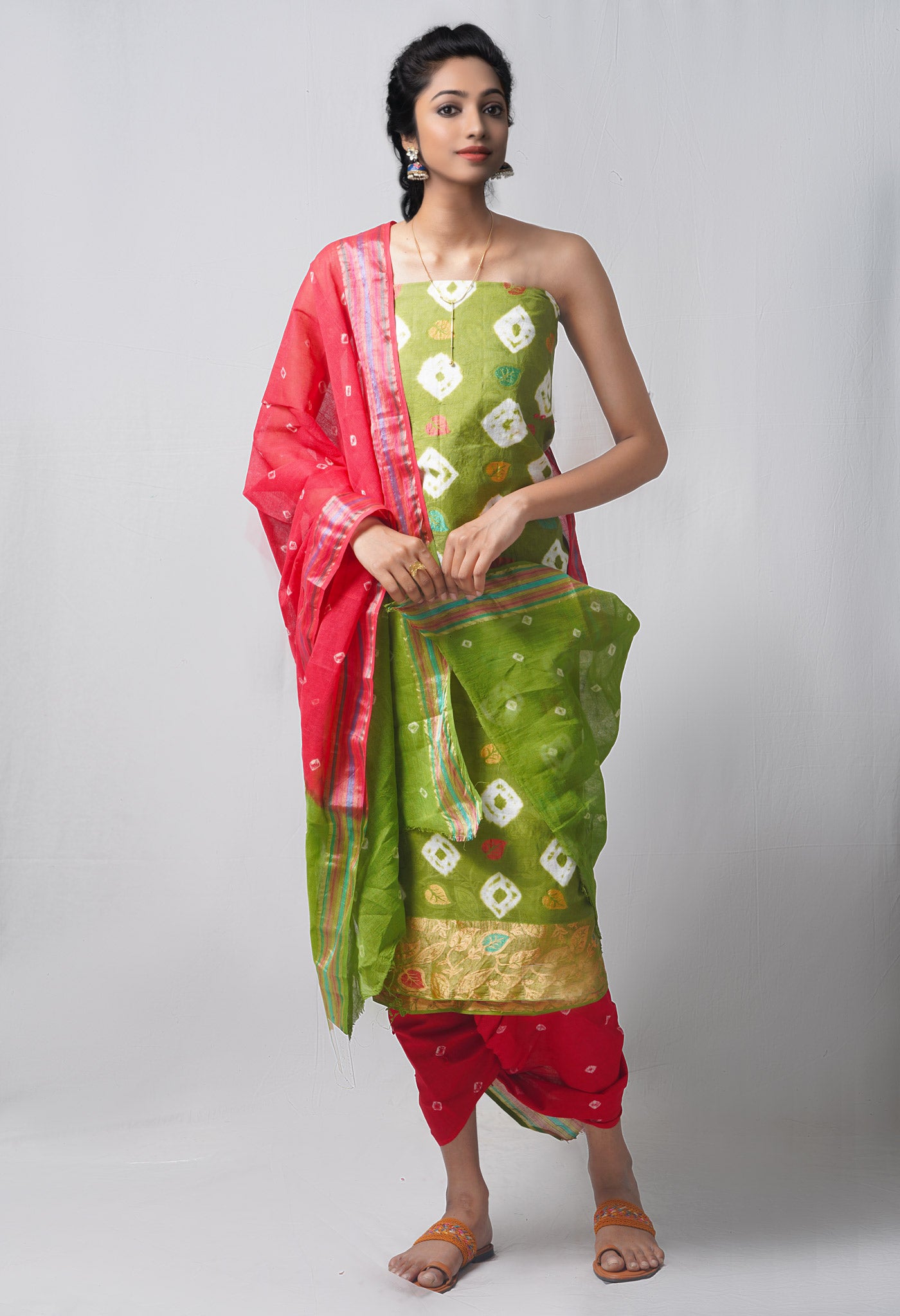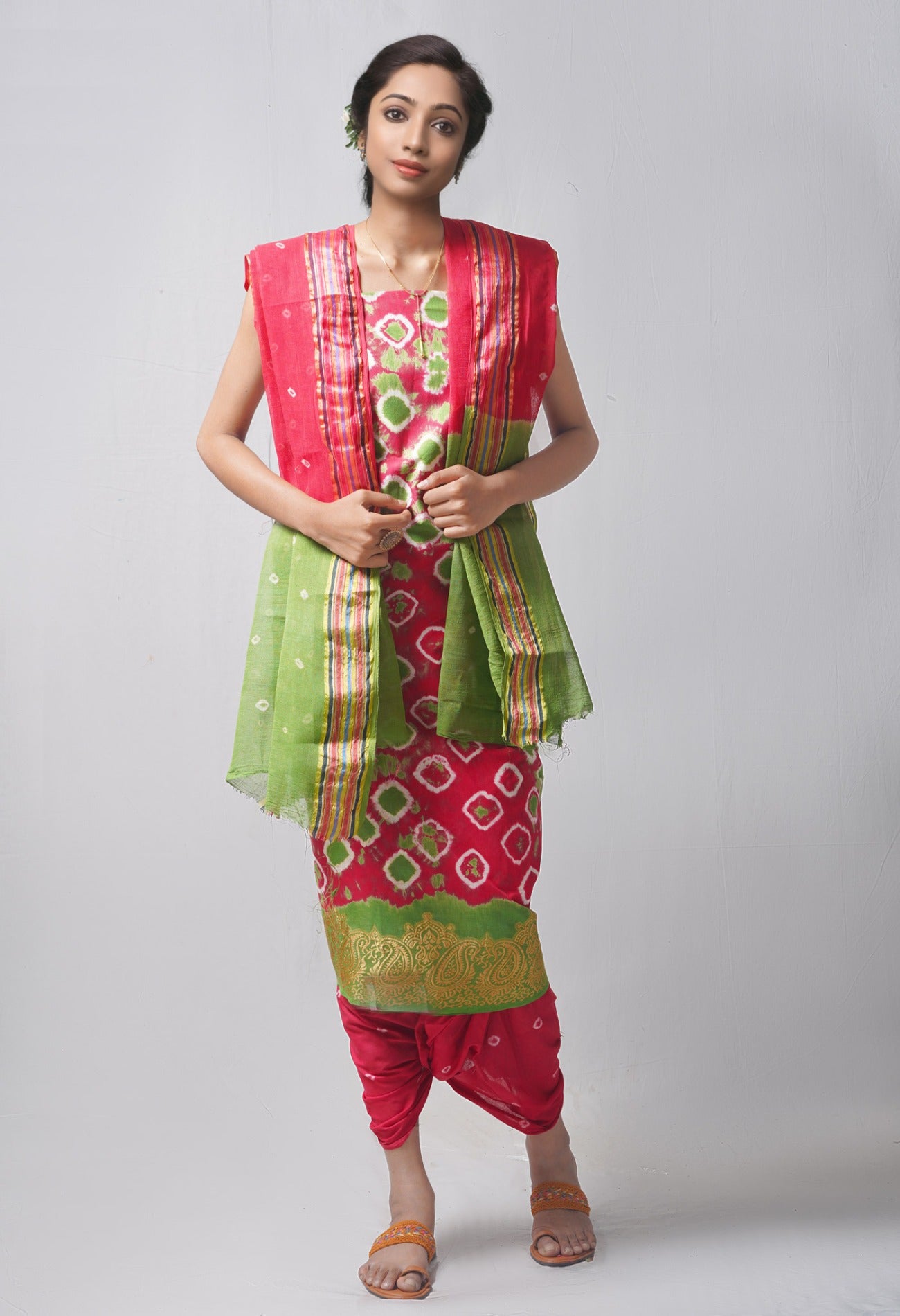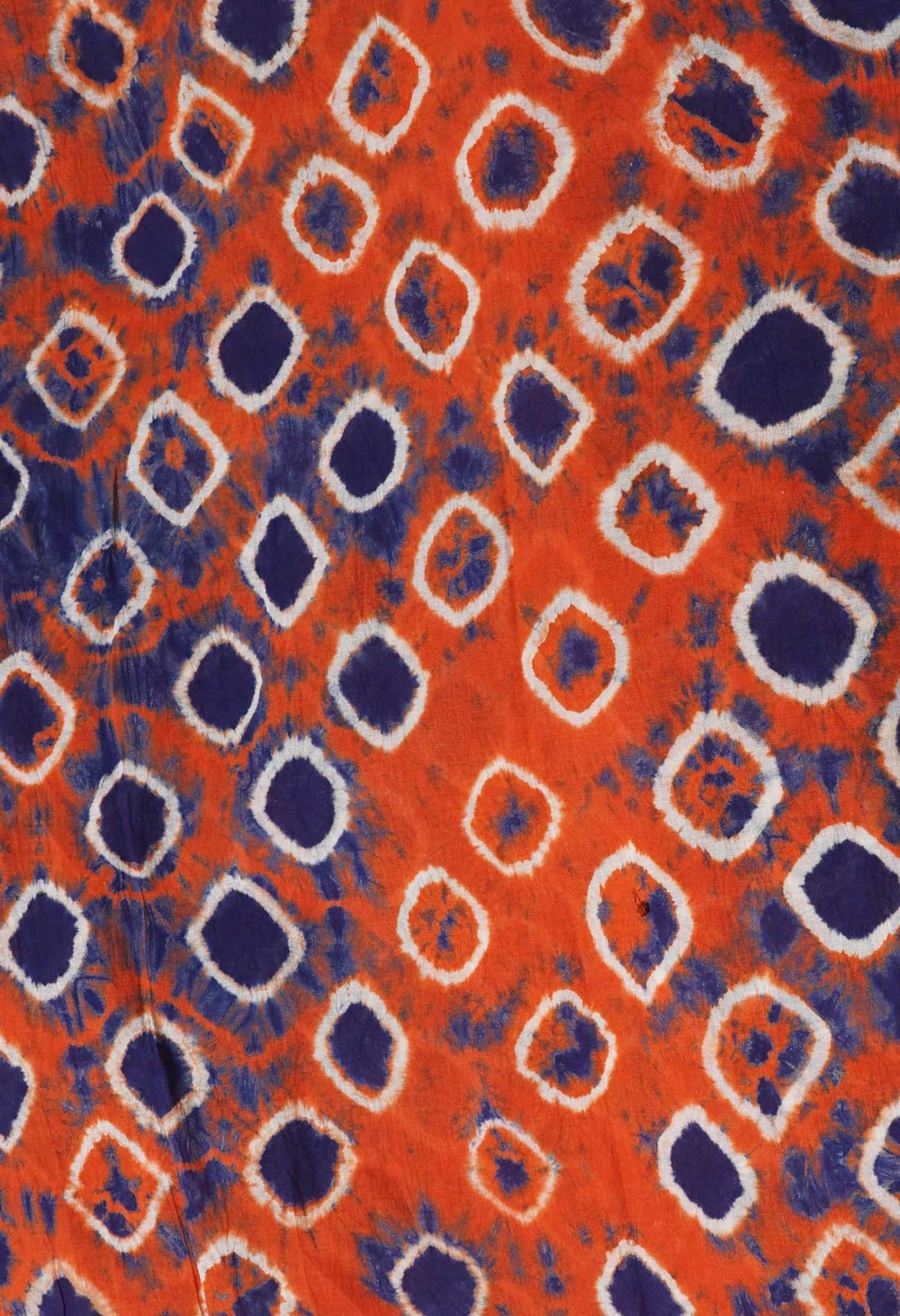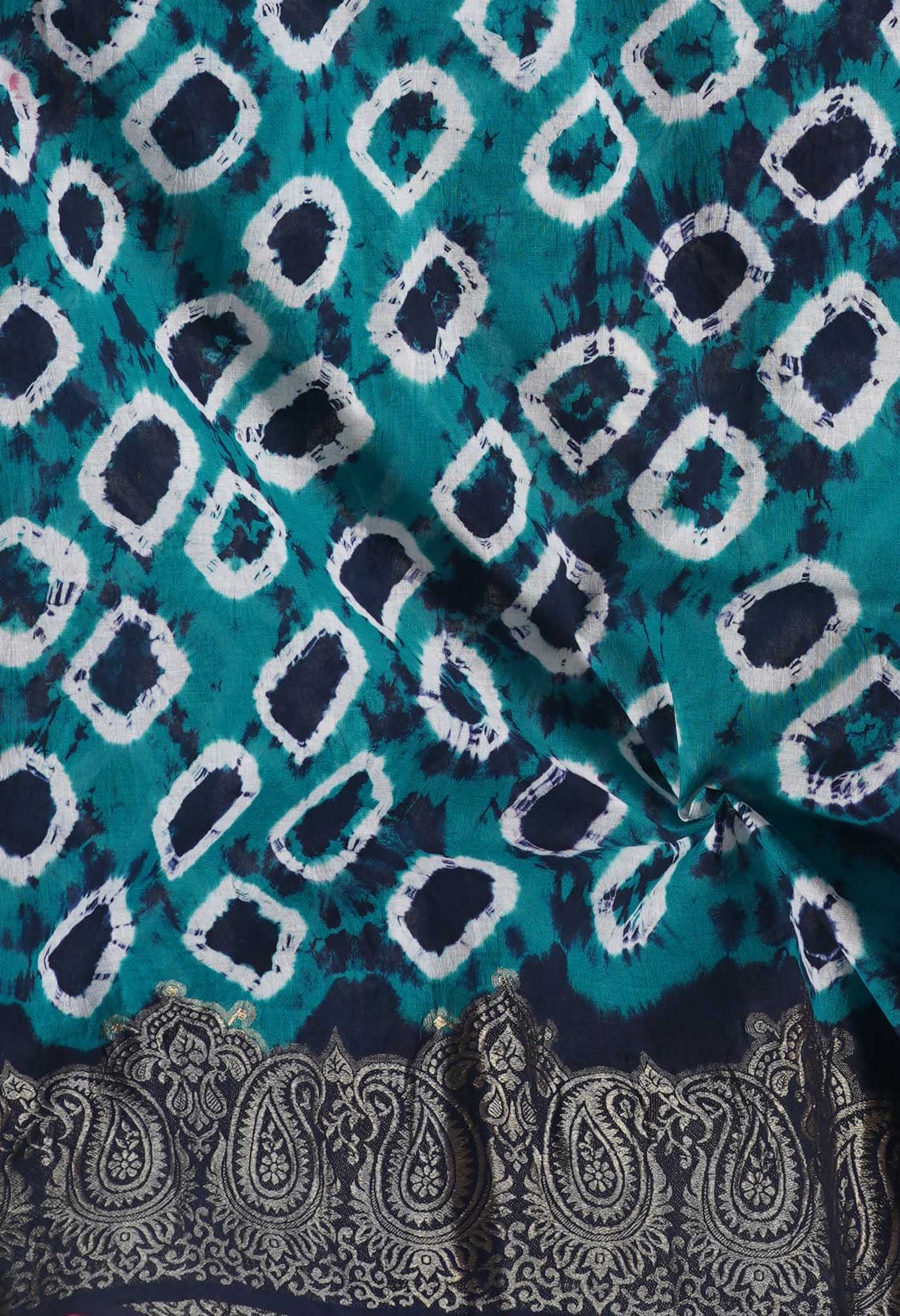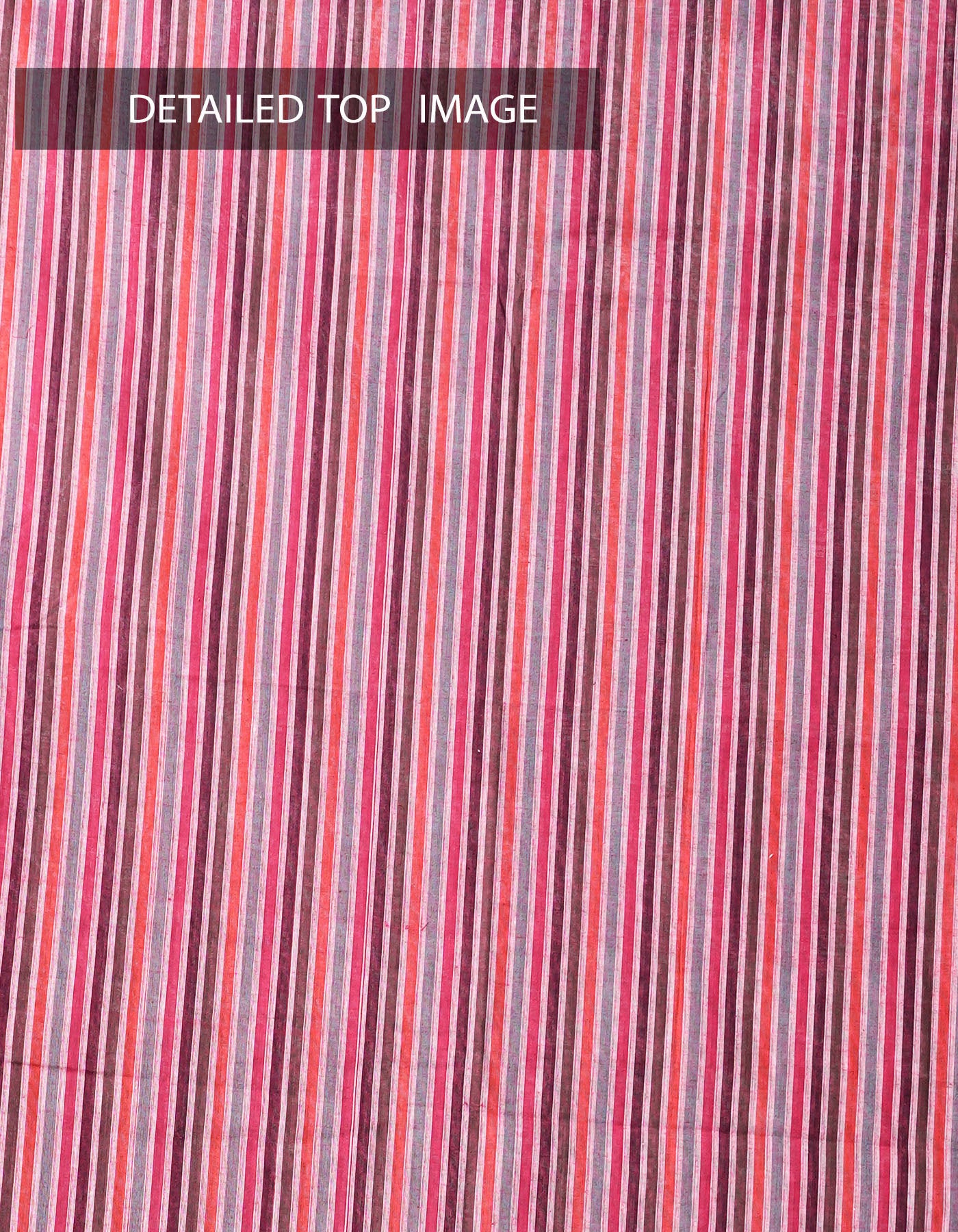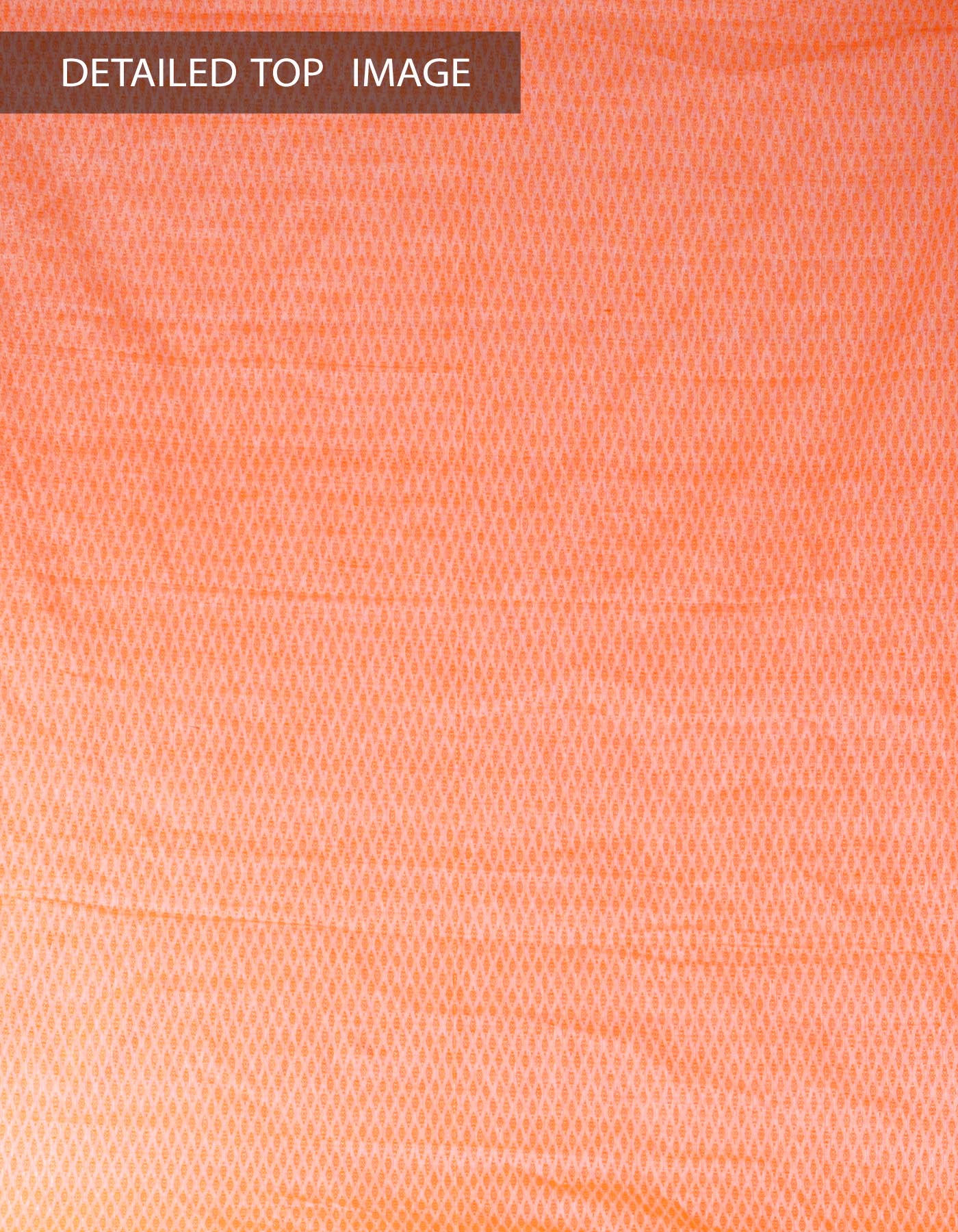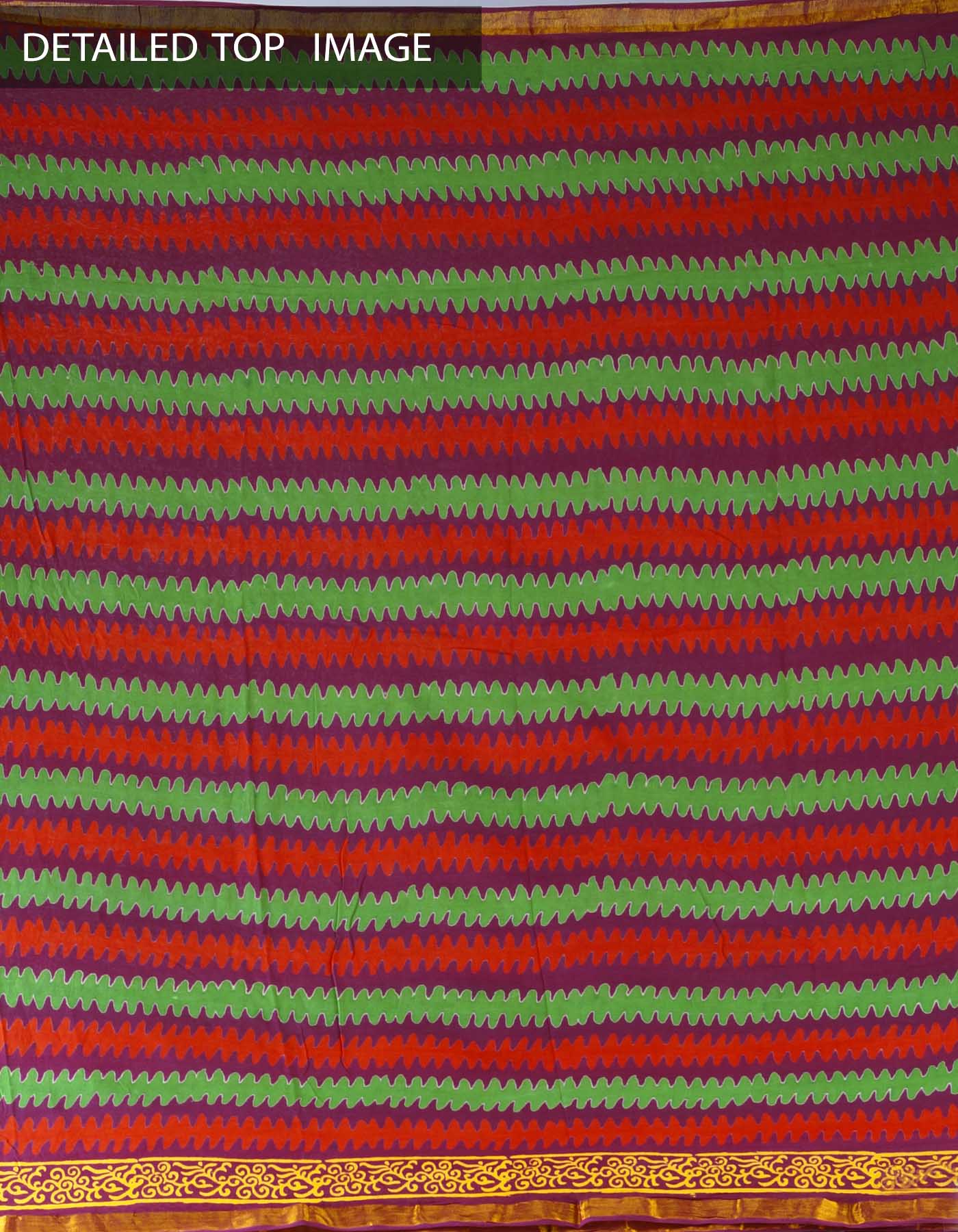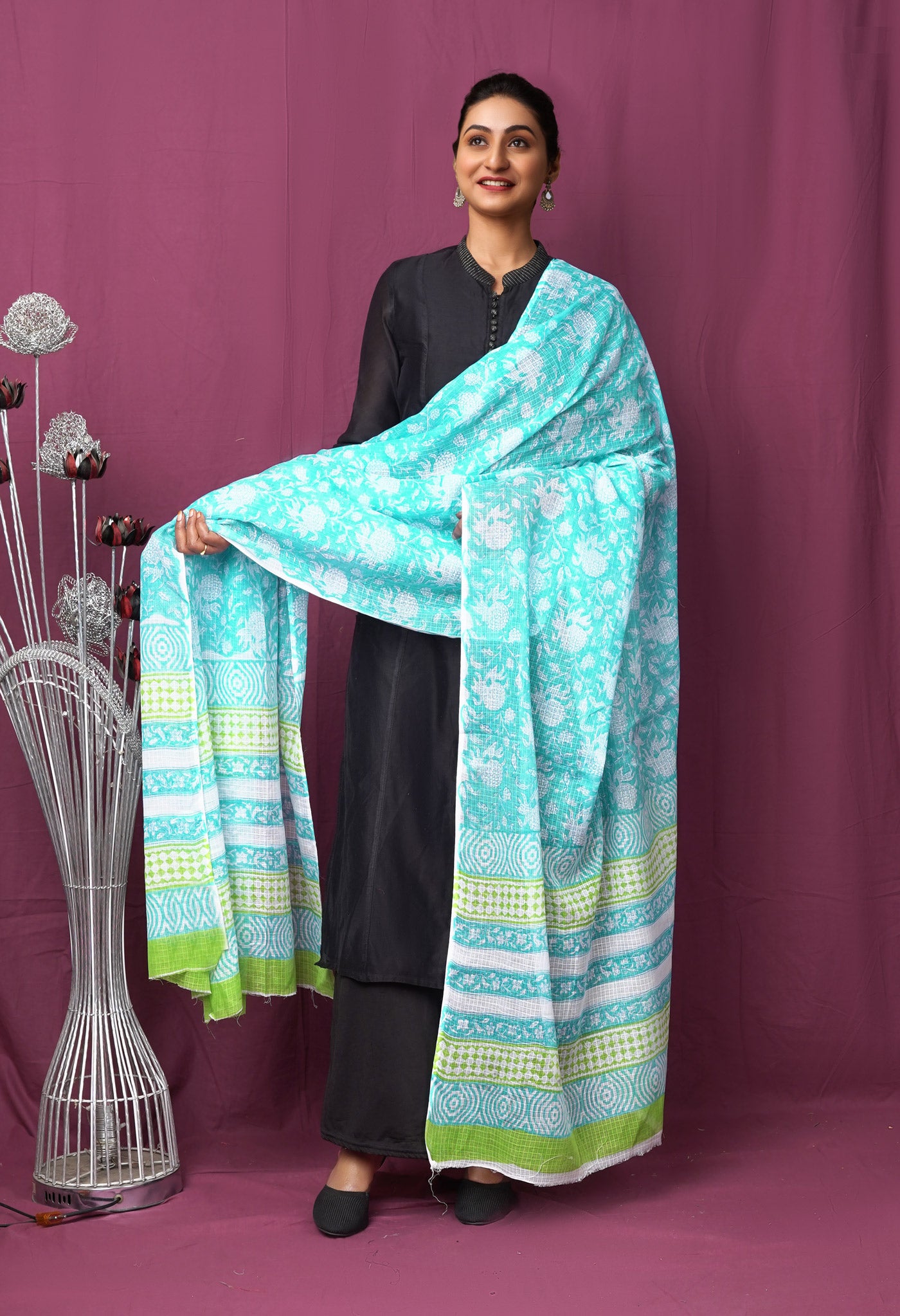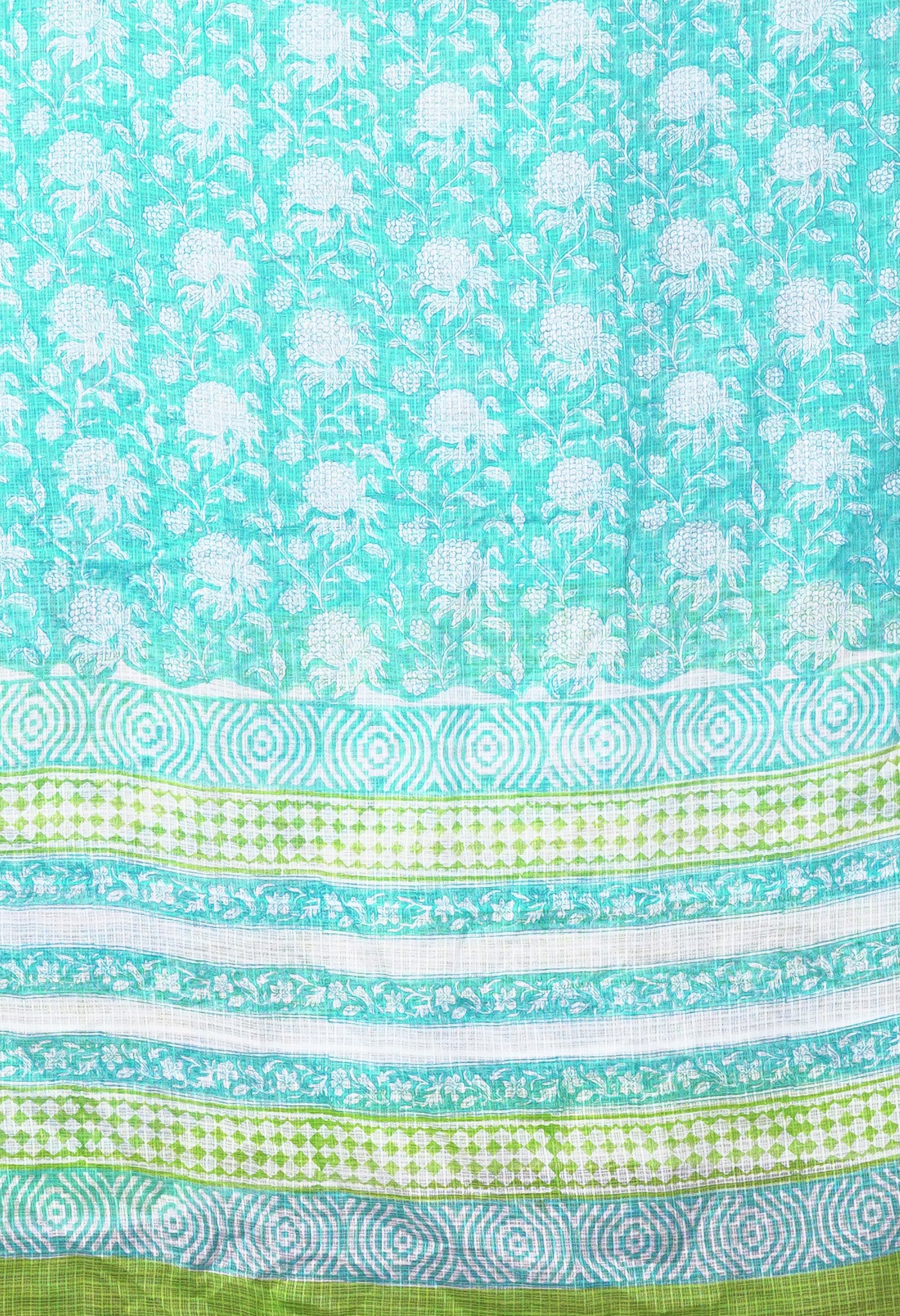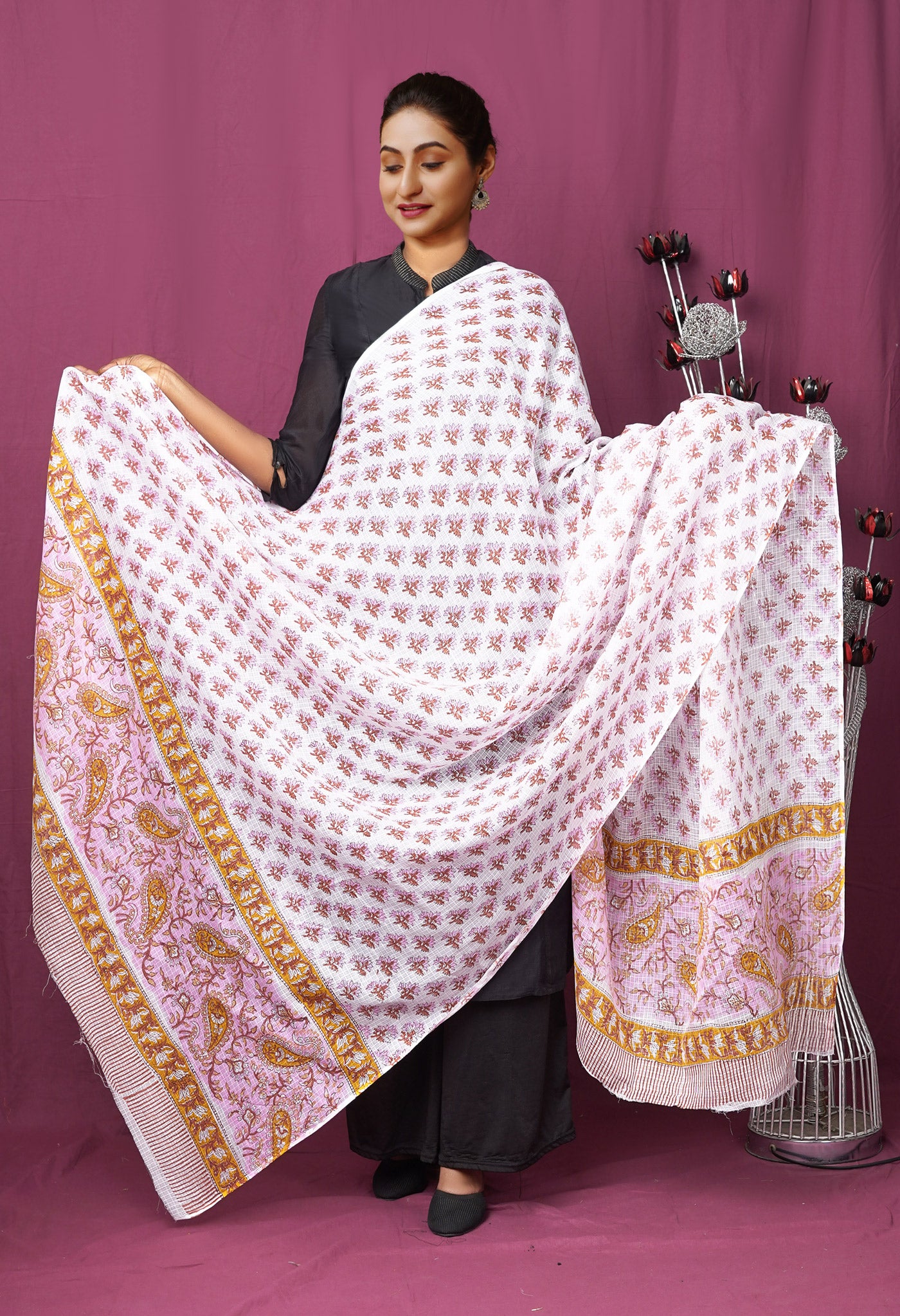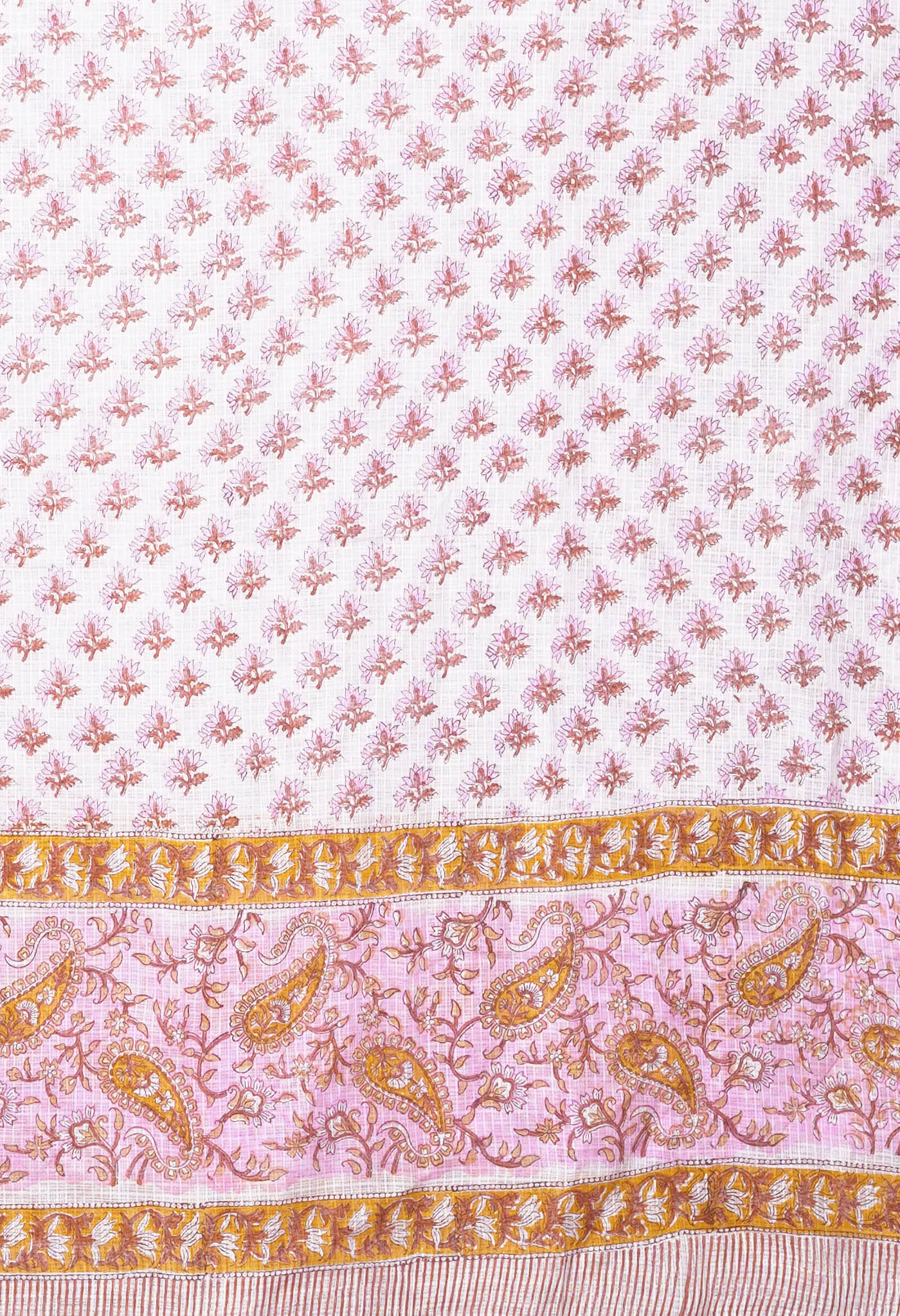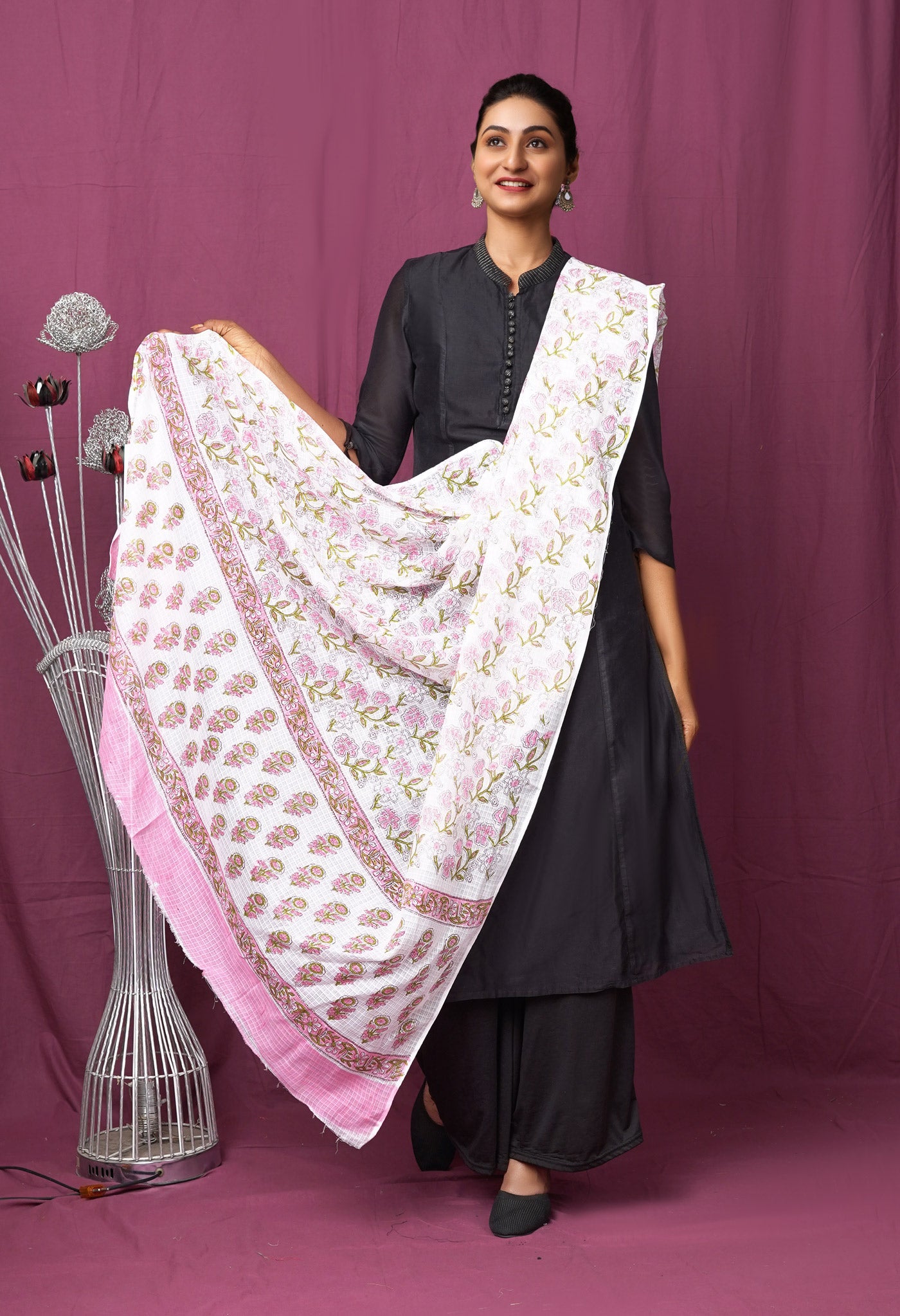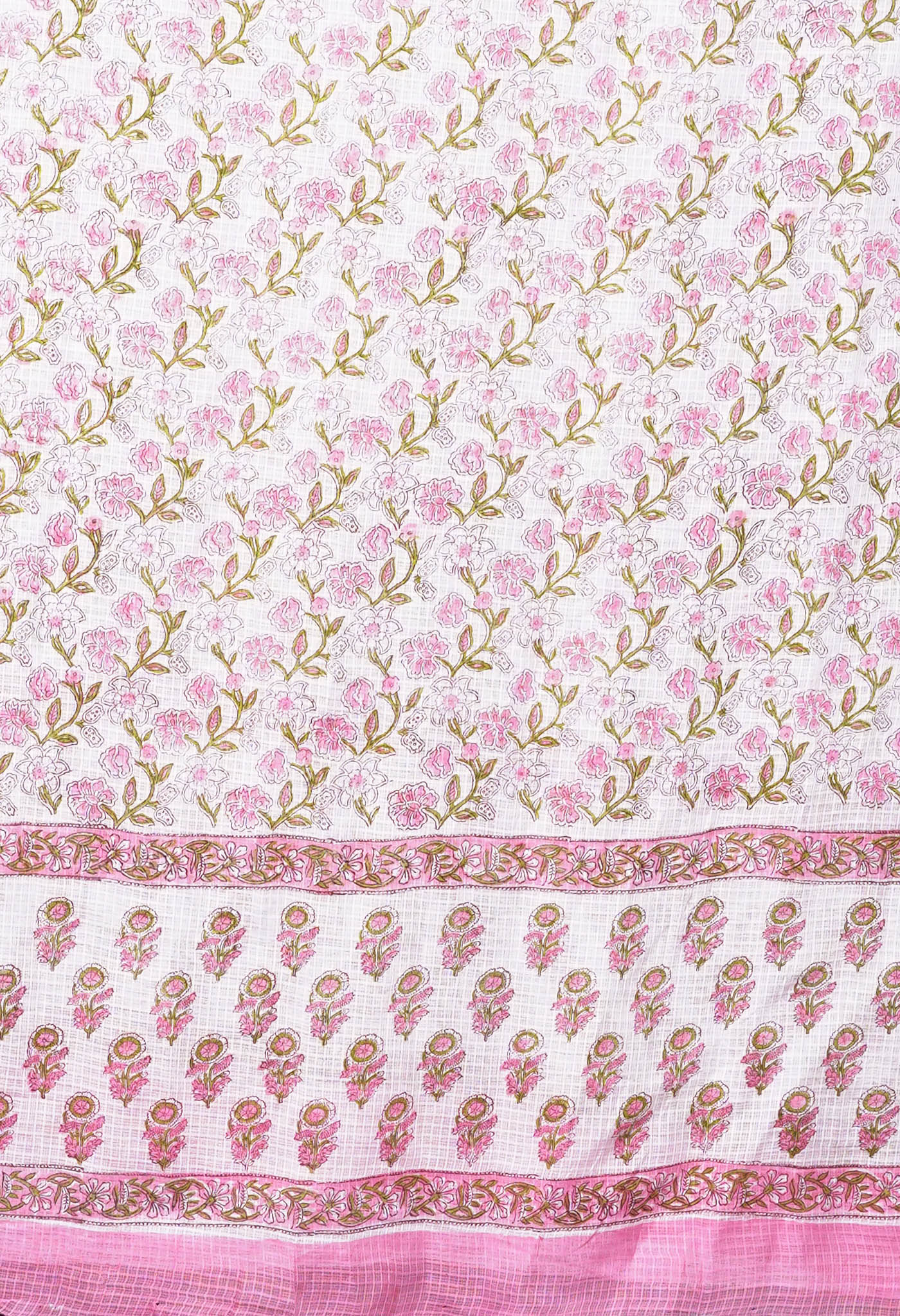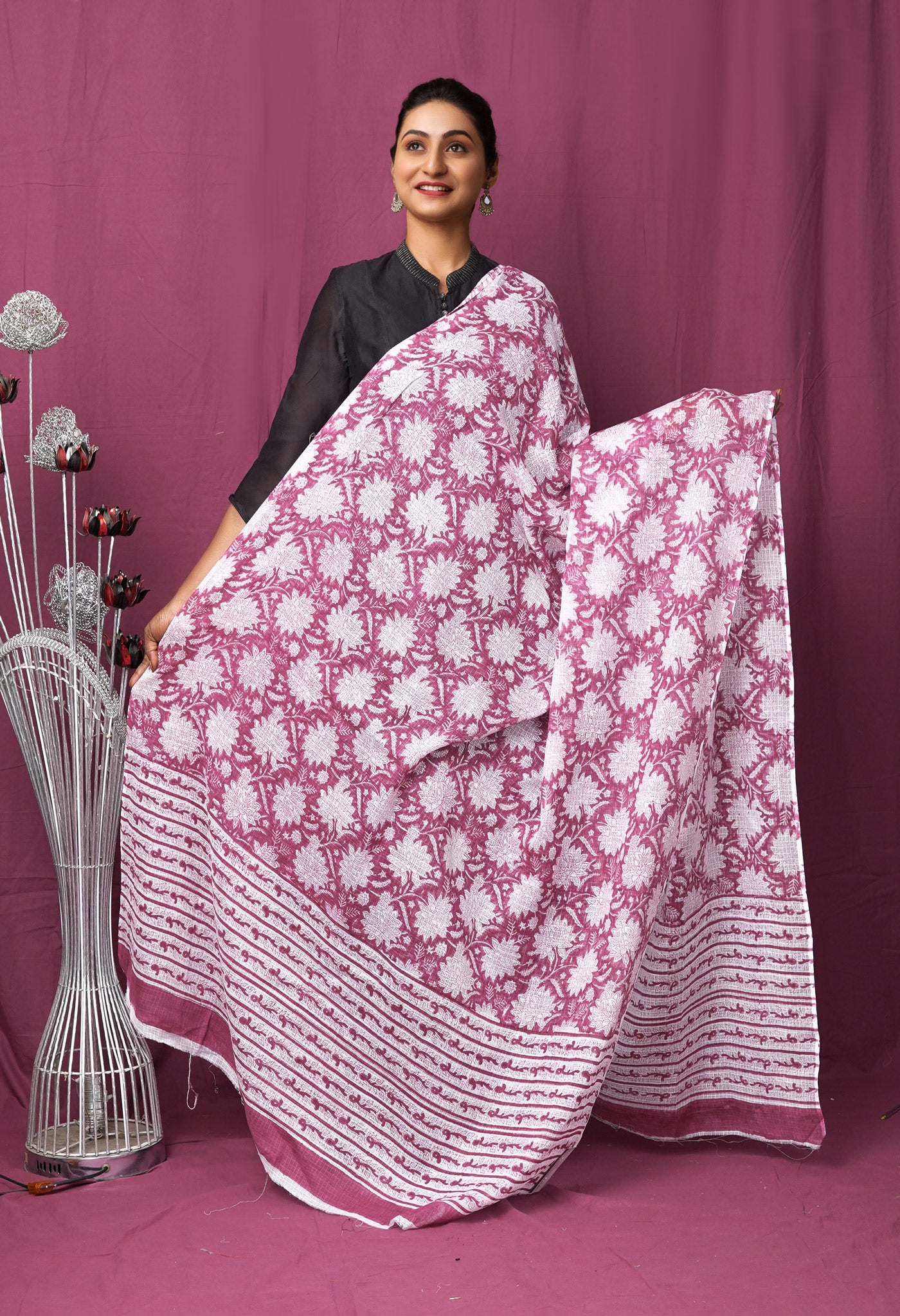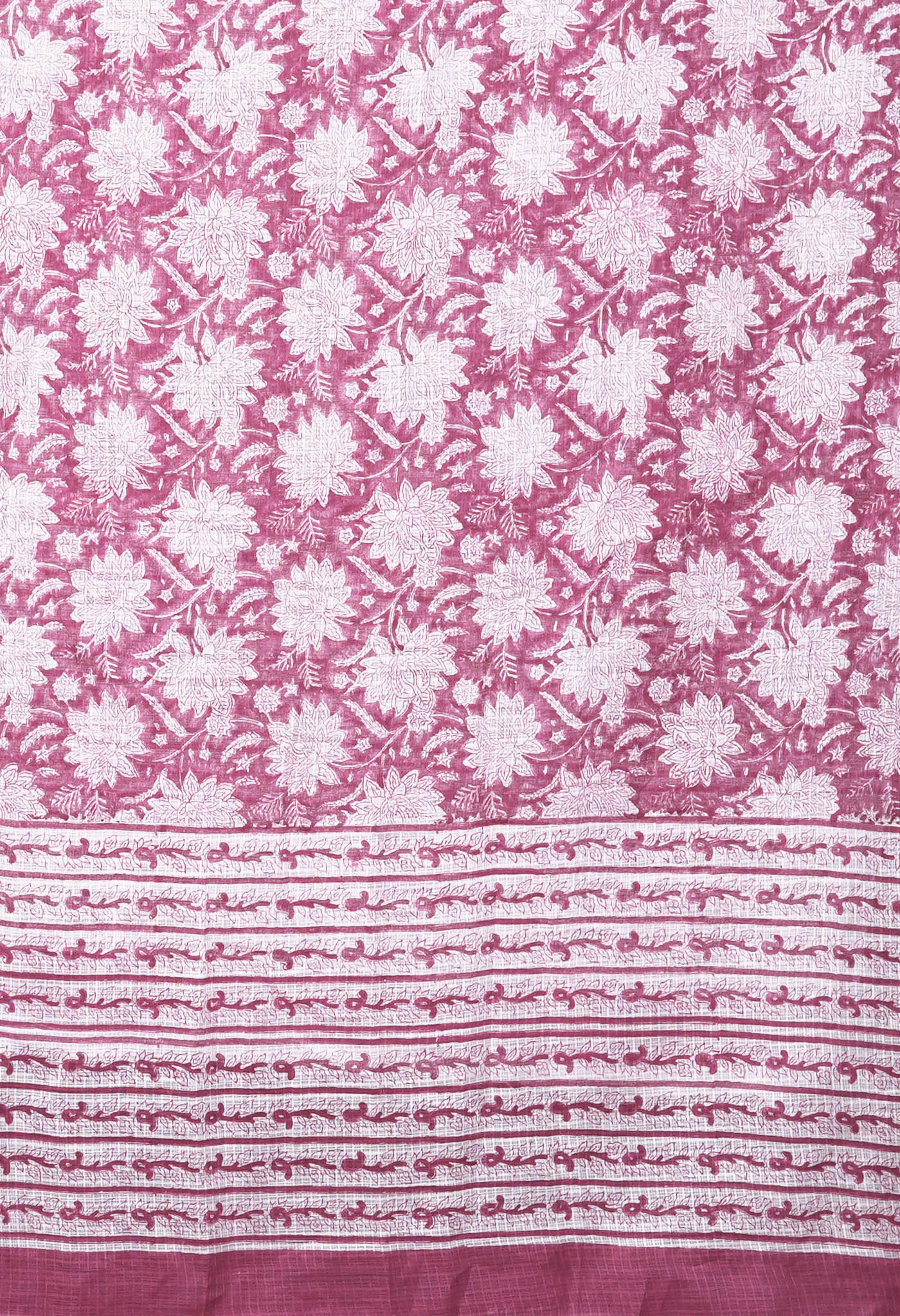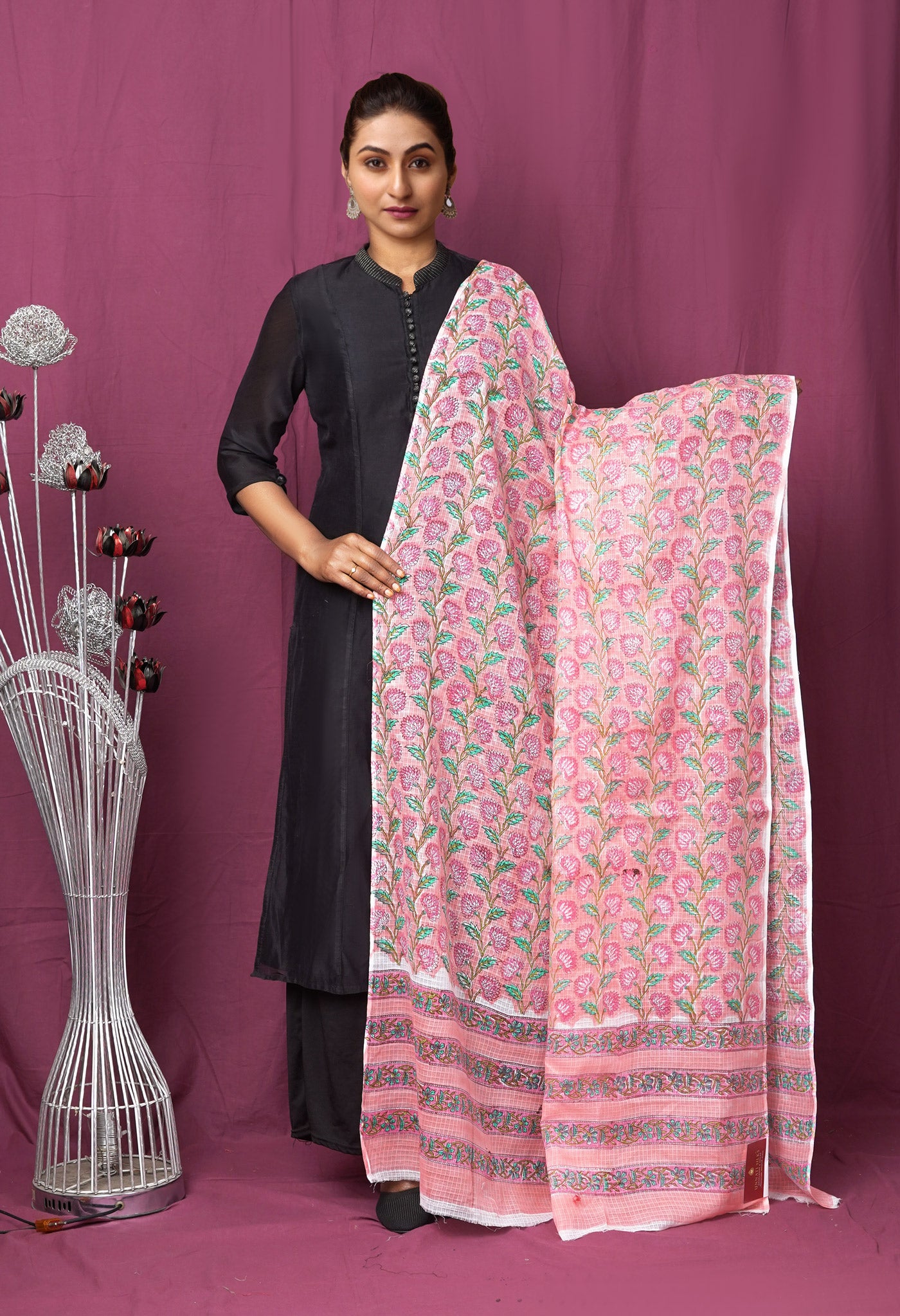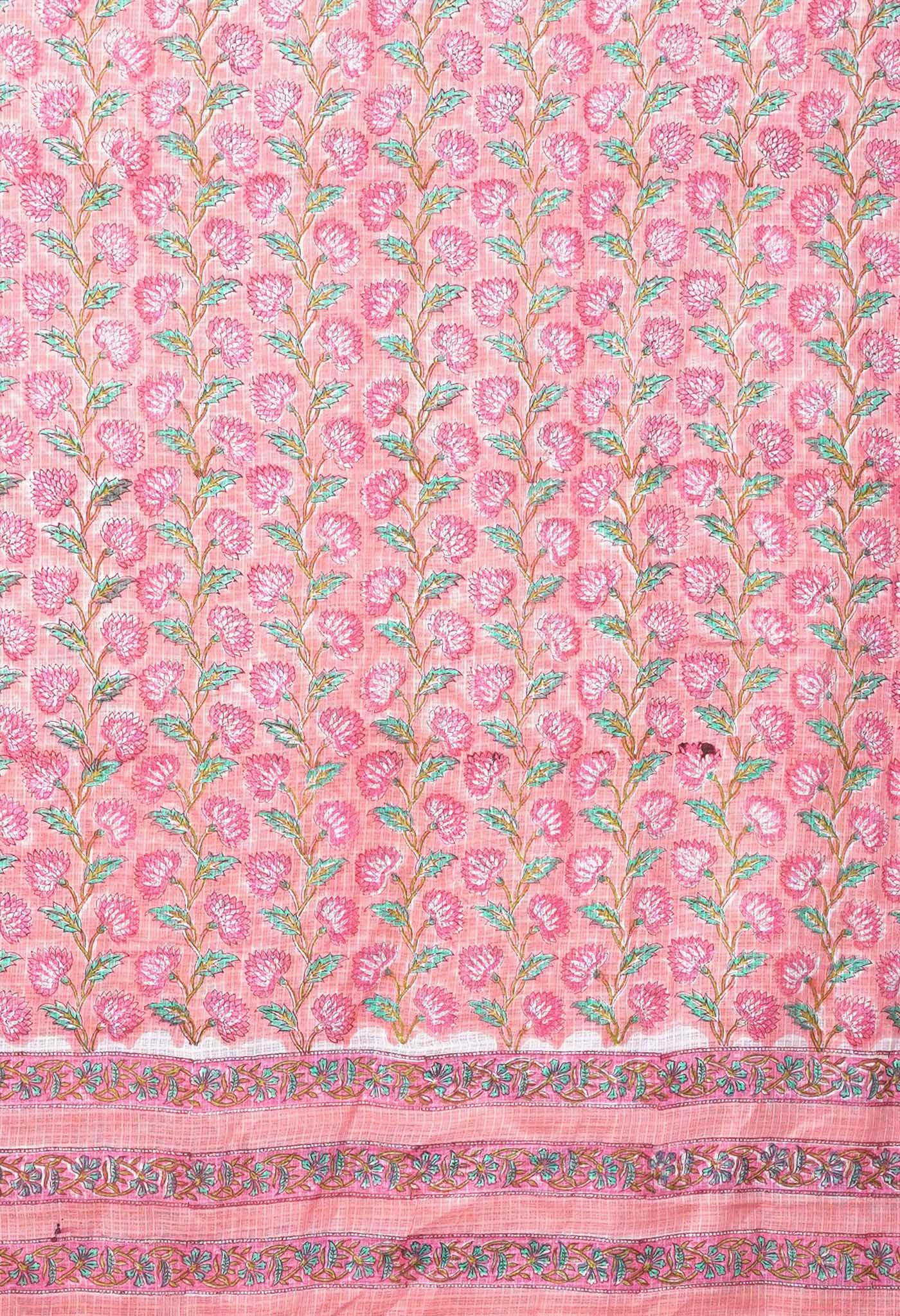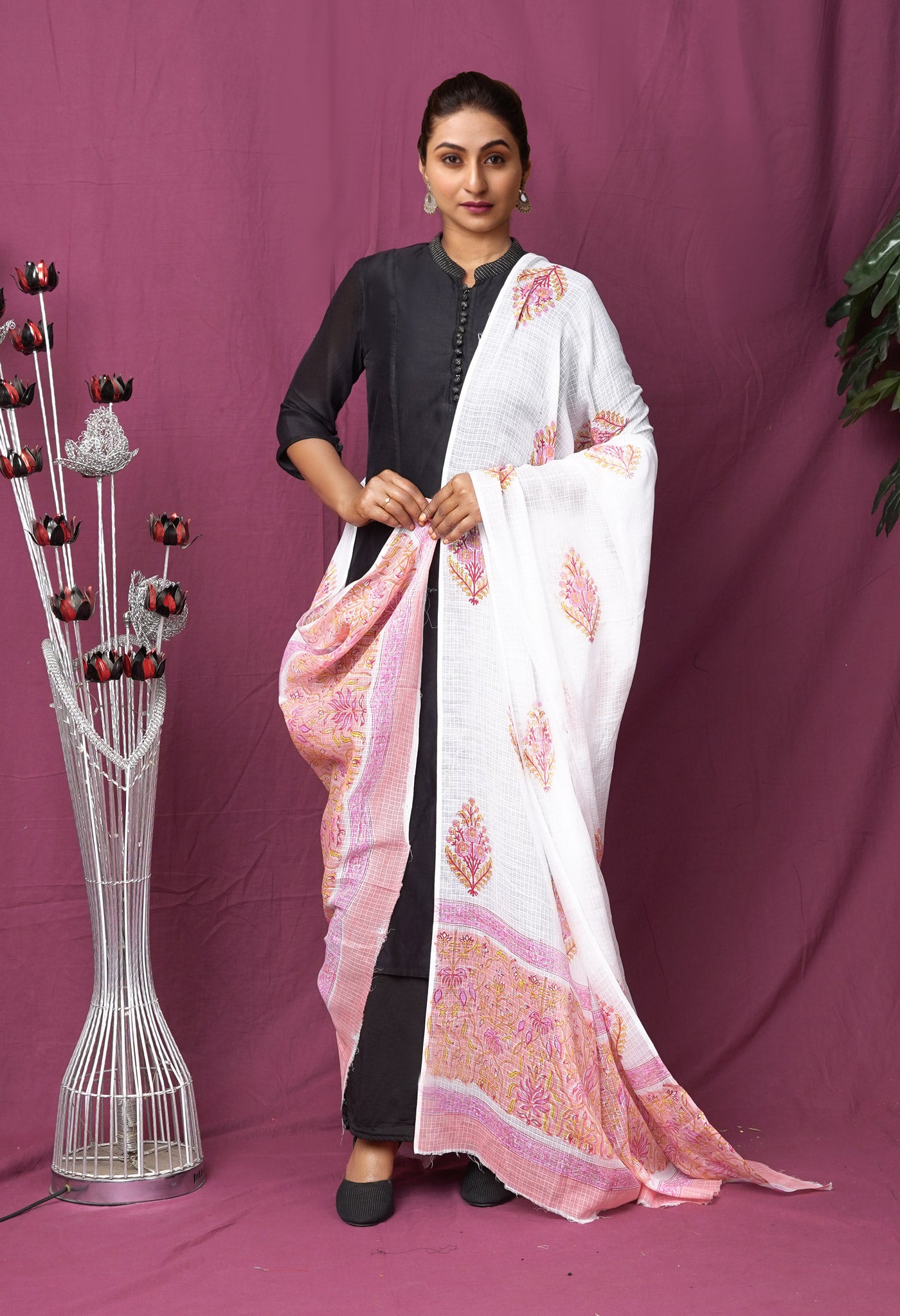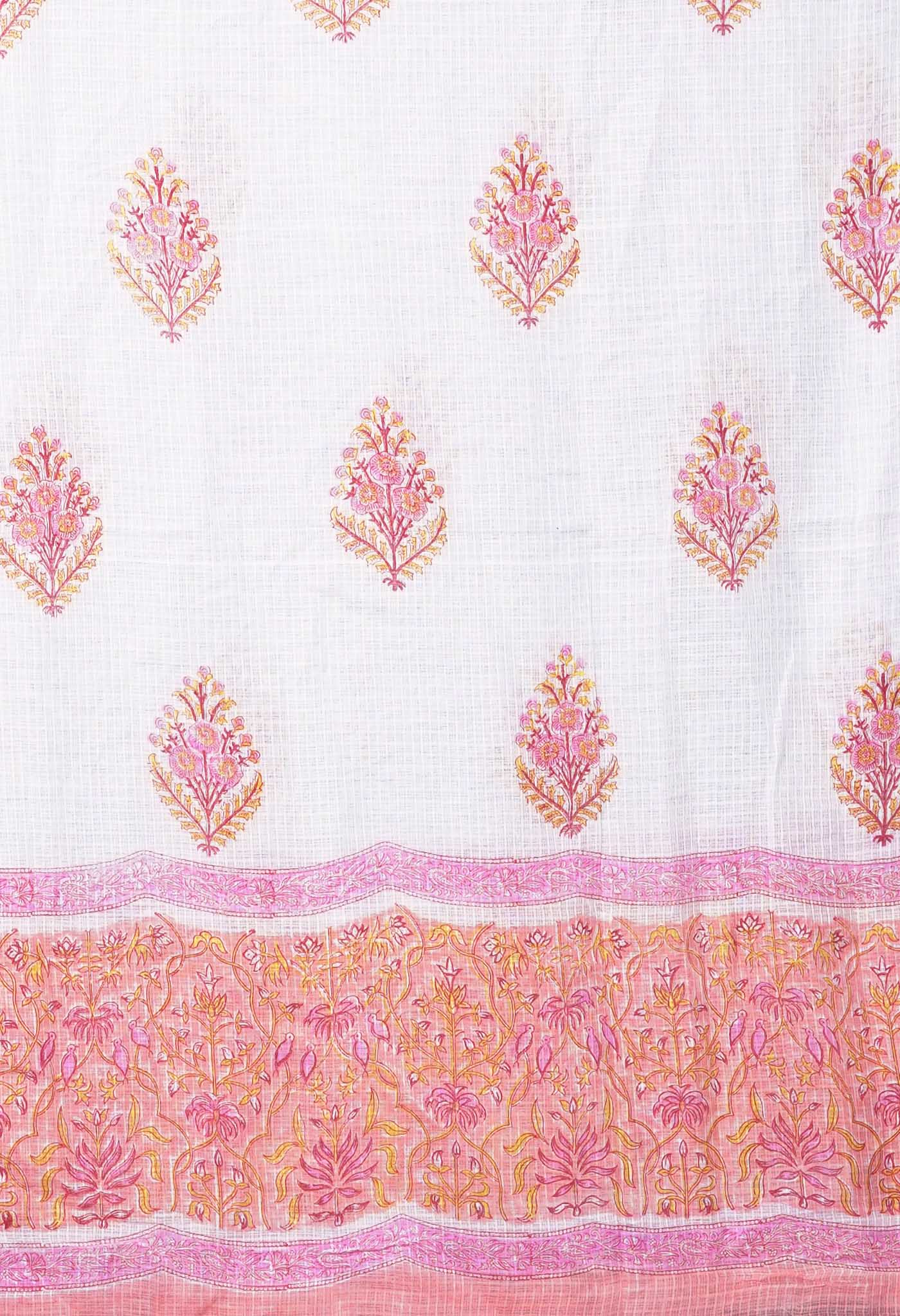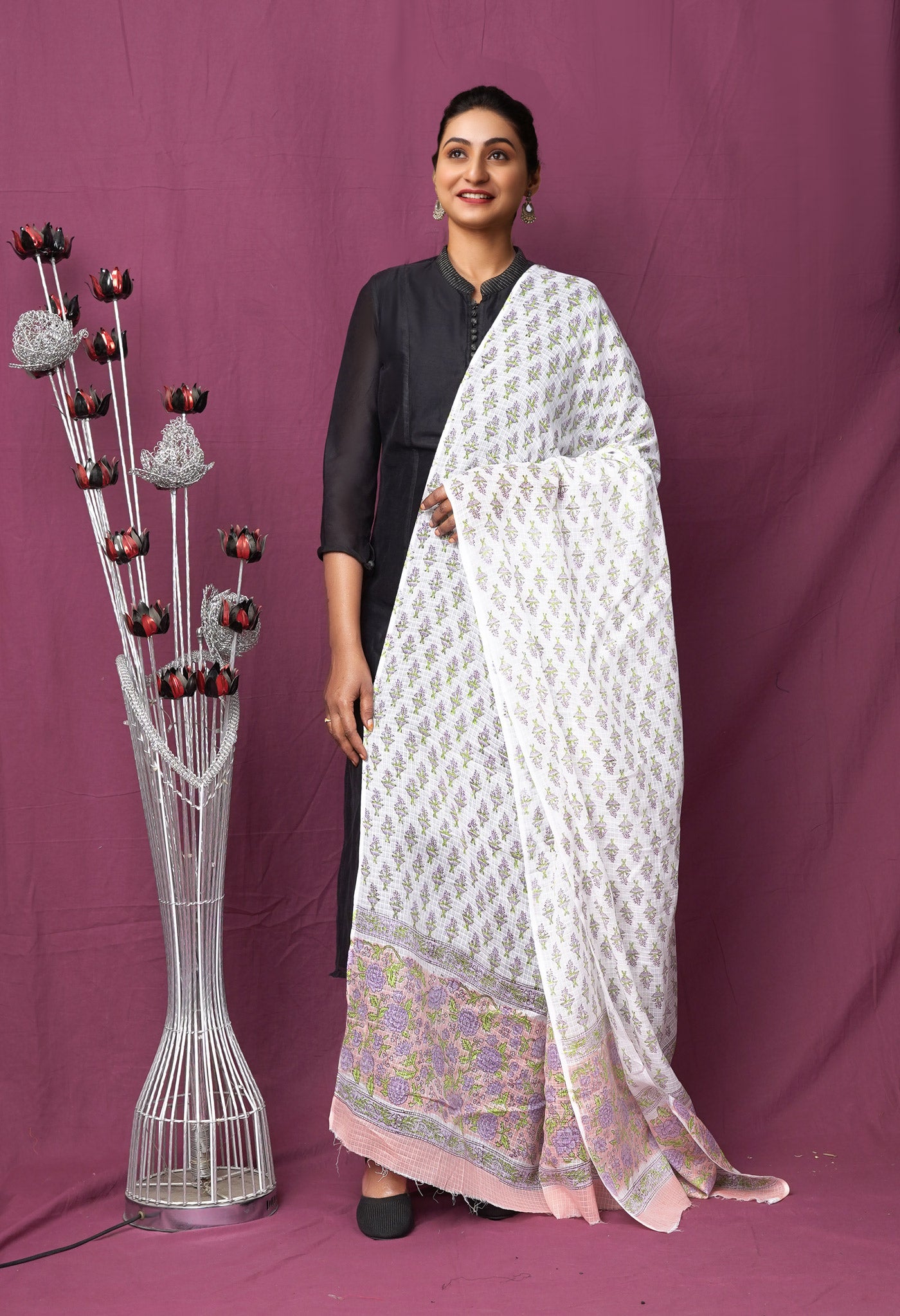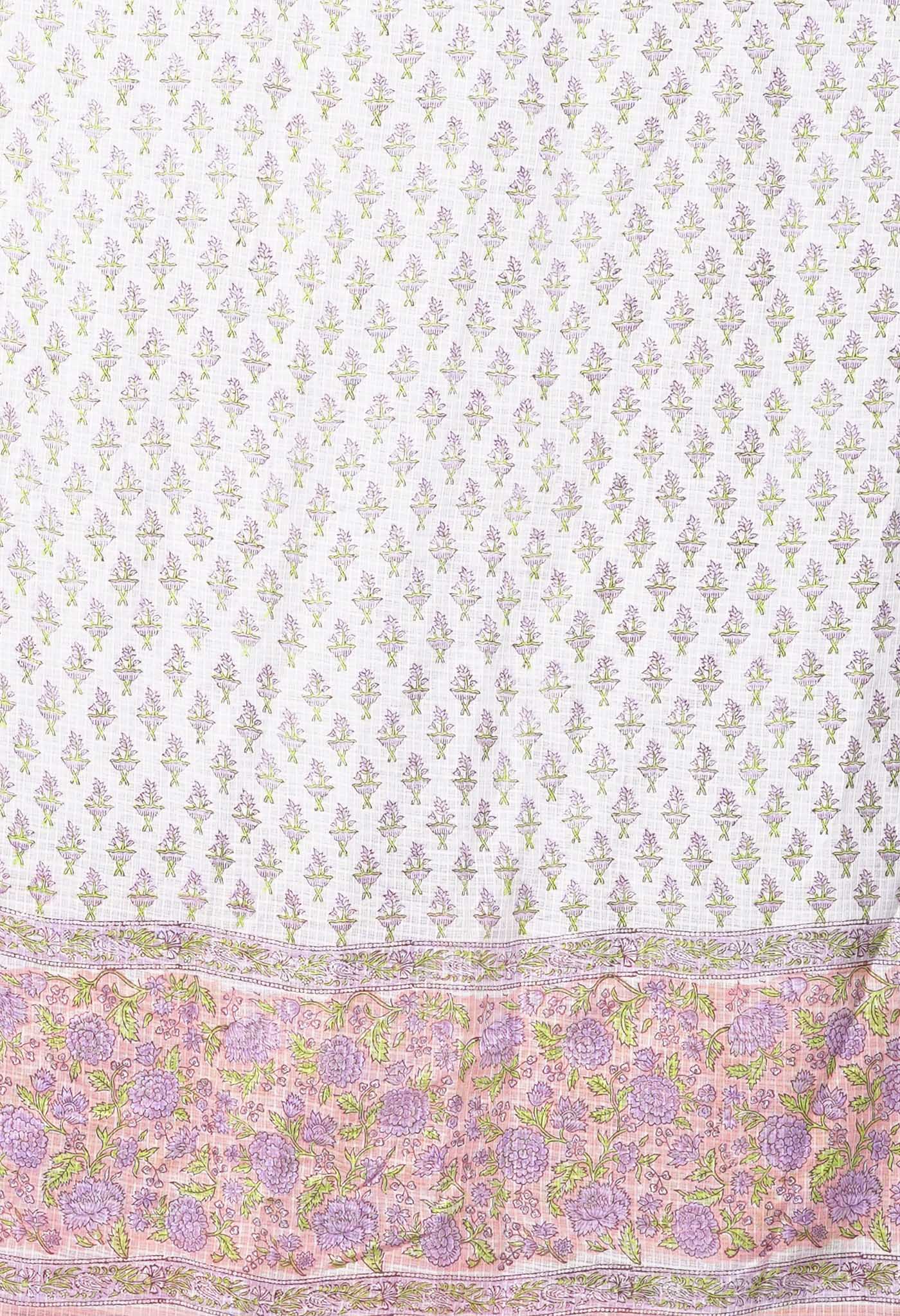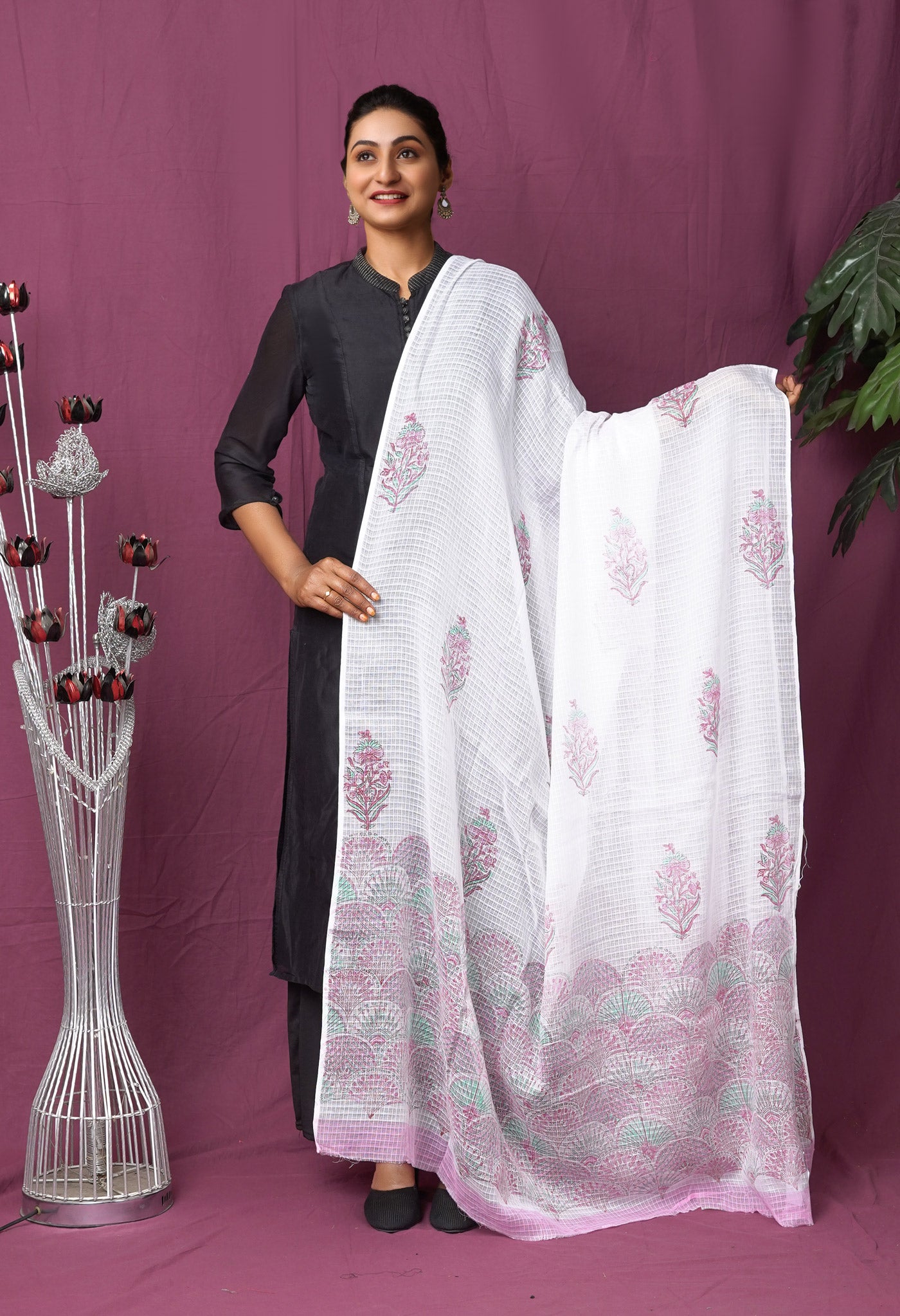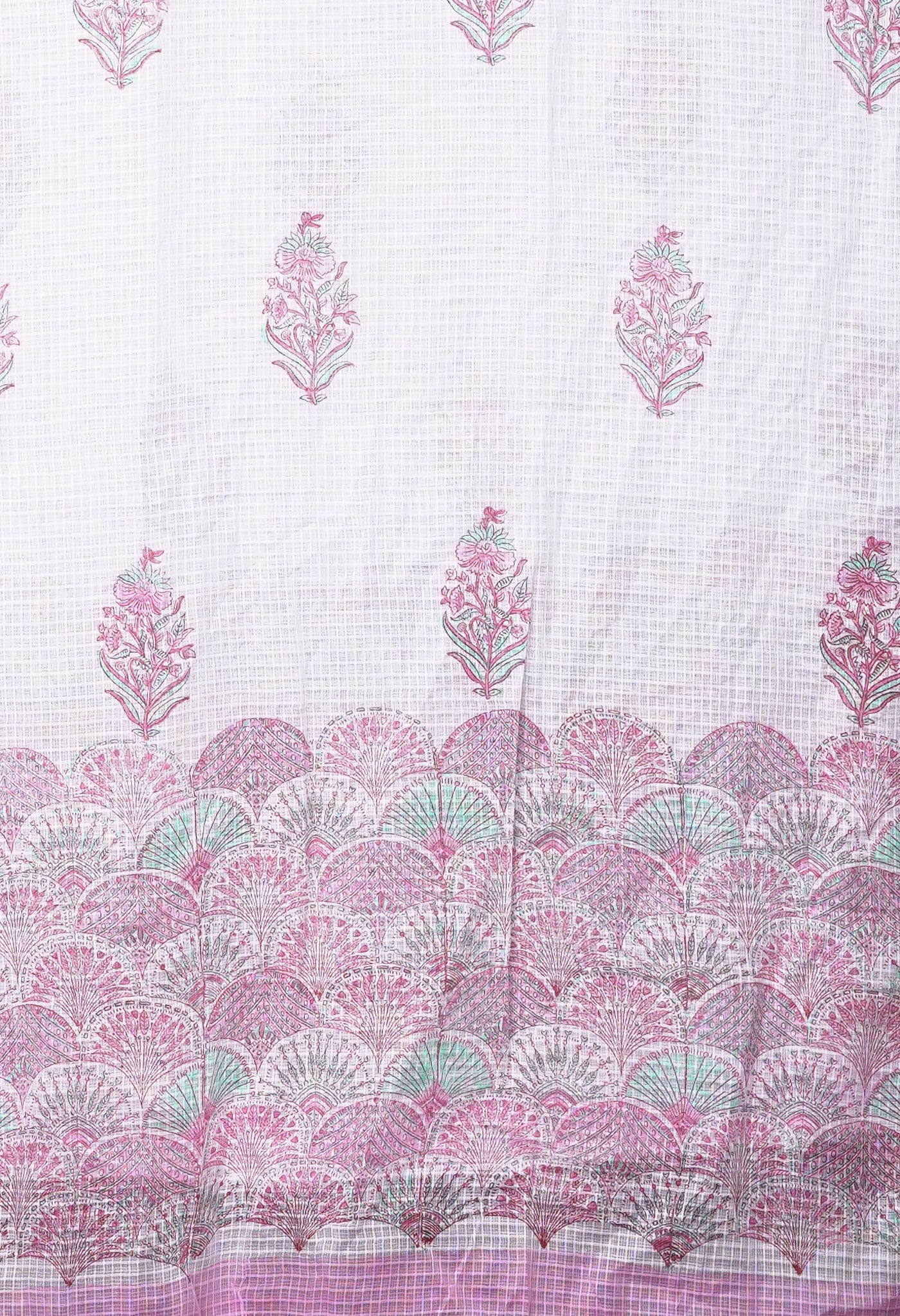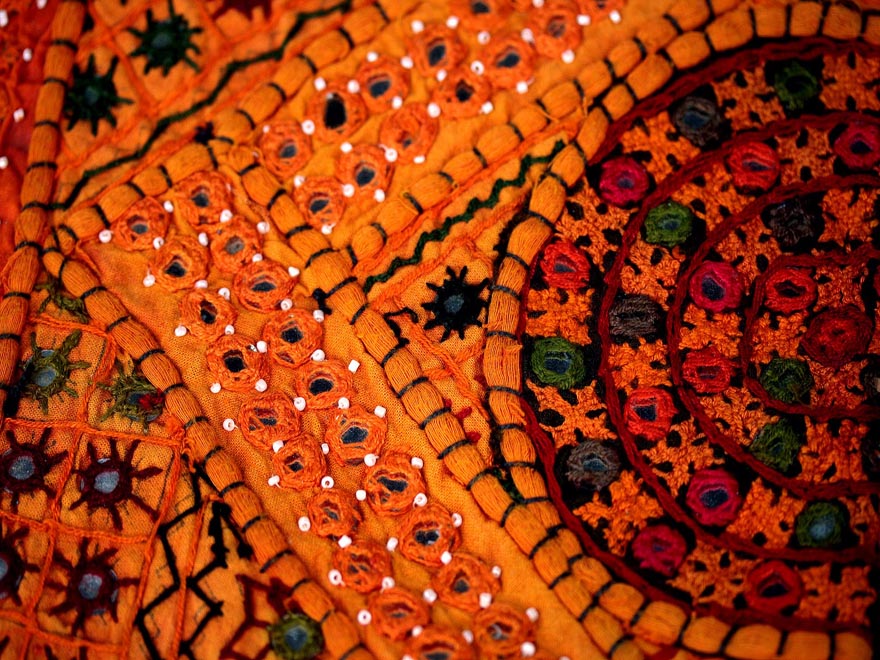
Intricate and exquisite tapestry of colours – Kutch embroidery
Indian ethnic fabric varieties in sarees and salwar kameez especially, are known for their fine weaving and captivating adornments that are elaborate, time-consuming, and quite complex. One such adornment is embroidery, an art that has fascinated for the skill and execution that transforms apparel from ordinary to unique, average to extraordinary, attractive to bewitchingly beautiful. Kasuti, Parsi work and Kutch embroidery are three such separately practiced art forms, in different parts of India, yet having common attributes that bind them – exclusivity, uniqueness, microscopic execution , detail and colour panorama. Skill and craftsmanship of a very high order that have no parallel – heritage art of India’s fine works on fabric.
Thread work in the Kutch region
The Kutch region of Gujarat, with its arid land and dry desert is well-known for its exceptional and exquisite thread work or ‘Kutch  Embroidery’. A heritage that has survived the travails of time it is an art that is still considered one of the most difficult and intricate in its execution.
Embroidery’. A heritage that has survived the travails of time it is an art that is still considered one of the most difficult and intricate in its execution.
Located in Kutch and Saurashtra, the artisans who churn out this fine piece of work are the locals comprising tribal people, peasants and women folk who have not been told by anybody yet have been maintaining the purity and fineness of this hand craft for hundreds of years.
Started as a pastime by women who would get their daughter’s bridal trousseaus readied beforehand during the slack period after harvesting was over, this unknowingly fine and cultivated skill evolved into the extraordinary Kutchi or Kutch embroidery that has the more than keen attention of connoisseurs of the fashion world and the average buyers of the market alike.
Exponents of the fine art
Some trace their origin to being descendants of Karna who were cattle breeders known as Kathi. Others attribute Kutchi embroidery to the Mochis, a clan of shoemakers or cobblers in the 16th and 17th centuries. Other clans or communities that have joined in the propagation of this fine art are Rabaris, Kanbis and Ahirs – tribal shepherds and cowherds whose womenfolk took to such decorative weaving during slack hours.
The extent of the fineness can be measured by the unique applications of this embroidery, as part of appliqué work and as decorative designs on leather work. Villages like Dumado, Dhorodo, Gorewali and Hodka are known for their skills in such Kutchi embroidery.
Kutch embroidery comes out very well on cotton fabrics. This also serves to decorate the lacklutre apparel preferred for the comfort, light weight and airy feel. Kutchi embroidery has also been applied to waistcoats, purses, bags, backpacks, jhola bags, jootis (special footwear), sandals, skirts, scarves and belts. The vibrancy of the colours gives the thread work an extremely fashionable look.
[/vc_column_text][/vc_column][/vc_row][vc_row][vc_column width="1/1"][vc_gallery type="image_grid" interval="3" images="7883,7882,7884,7881,7879" onclick="link_image" custom_links_target="_self"][/vc_column][/vc_row][vc_row][vc_column width="1/1"][vc_column_text]
The Kutchi marvel.
Kutchi embroidery is essentialy influenced by architectural designs and inspiring motifs such as ‘Heer Bharat’ where the mirror is  fixed at the centre with embroidery all around. Done in a plethora of pleasing colours such as green, deep red, yellow, off white, black, indigo, ivory the spread of colour around each mirror creates a panoramic effect. Other popular traditional motifs are romantic portrayals and patterns of human figurines in dancing poses. Dancing peacocks and other animals are other notable subjects.
fixed at the centre with embroidery all around. Done in a plethora of pleasing colours such as green, deep red, yellow, off white, black, indigo, ivory the spread of colour around each mirror creates a panoramic effect. Other popular traditional motifs are romantic portrayals and patterns of human figurines in dancing poses. Dancing peacocks and other animals are other notable subjects.
The embroidery is done on silk and cotton fabrics but with preference for cotton. Beadwork also accompanies many a decorative work.
Kutchi Bharat
Kutchi embroidery consists of bead work, mirror work and extraordinary embroidery.
‘Kutchi Bharat’ is embroidery that surpasses all other forms of Kutchi embroidery in detailing, execution and finish.
What is special to ‘Kutchi Bharat’?
- It has the most complex and miniature embroidery from among all types of ‘Kutchi’ embroidery.
- The colours chosen are vibrant and very pleasing
- From the semi-desert or arid land of ‘Banni’ it is practiced by the Lohanas of Khavda, the Jats, Harijans etc., all belonging to Banni. The Lohanas specialize in skirt work and coverlets. The Jats do a lot of miniature work.
-
 The Rabaris produce decorative designs using flowers, panels, geometrical stylized horse and rider, peacocks, scorpions etc. in chain stitch and mirrors scattered between. Decorative designs are made of flowers, decorative panels, a geometrical stylized horse and rider, peacocks and scorpions, worked in the chain stitch with round petal shaped and triangular mirrors scattered between them.
The Rabaris produce decorative designs using flowers, panels, geometrical stylized horse and rider, peacocks, scorpions etc. in chain stitch and mirrors scattered between. Decorative designs are made of flowers, decorative panels, a geometrical stylized horse and rider, peacocks and scorpions, worked in the chain stitch with round petal shaped and triangular mirrors scattered between them. - The Ahirs specialize in chain stitch embroidery. Compared to the Rabari’s style it is considered superior. The young women wear skirts of thick hand spun cotton of green, red, blue or black. The most common decorative designs for their embroidered pieces are parakeets, flowers, women producing buttermilk, fan shaped half flowers or attractively decorated panels worked in rows, separated by bands of narrow geometric borders.
- The different types of Kutchi embroideries are called as Kacho Bharat, Pako Bharat, Niran, Bharat, Kharek Bharat, Kambari Bharat, Chopad Bharat, Gufuo Bharat and Tanka Bharat.
- Each clan within the region specializes in an aspect of the art that has been honed to a fine point of distinction for each of the practitioners.
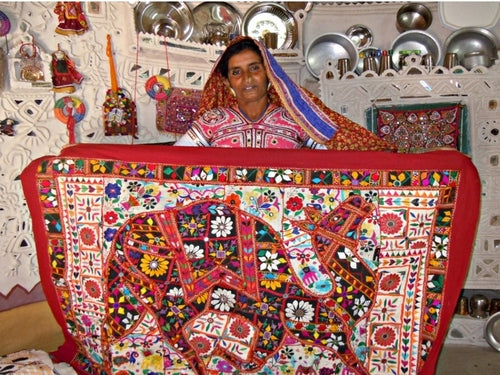
Traditional to Kutch is another style of embroidery known as ‘Hurmitch' and inspired from the Bavaliya tree-generally known as ‘thorny acacia'. It is an embroidery style worked almost completely with disconnected interweaving stitches arranged into various geometric patterns.
In Hurmitch, stitch fabrics, the reverse surface of the cloth contrasts powerfully with the front. Separated interlacing decorative designs are attached to the base fabric only at the outer edges of the motifs.
To create these insignificant separate fabrics, scaffolding twist spun threads are set up on the surface and the woven things are woven into the scaffolding with a needle. This results in small detached and separate designs of interlaced woven fabrics that lie above the surface of the base fabric.
The finest needle work today comes from many communities living in the Banni zone. The Mutva Jats of Banni embroider in an extremely fine style that is exclusive in Sindh and Kutch. This style of embroidery is characterized by geometrically decorative designs and sometimes white three or five petal flowers, worked in tiny square chain stitching often outlined with white consecutively stitches.
The finer points of Kutchi embroidery
 The speciality of Kutchi embroidery lies in the fine and delicate stitch work on silk and cotton fabrics.
The speciality of Kutchi embroidery lies in the fine and delicate stitch work on silk and cotton fabrics.  Drawing purely from memory and with amazing dexterity and skill the craftsmen embroider letters leaves, fruits, flowers, animals and human figures.
Drawing purely from memory and with amazing dexterity and skill the craftsmen embroider letters leaves, fruits, flowers, animals and human figures.
In regal times under the patronage of the royal families of Kutch and Saurashtra, using the ‘Aar’ or holding needle by which the thread is introduced, the Mochi Bharat or cobbler’s stitch used to be worked on delicate silk fabrics with silk thread. A simple method requiring a lot of skill, it was a phenomenon that saw extraordinary embroidery in the form of Peacock Bootis, stylized flowering shrubs and Patli, a decorative design. Over time this form of embroidery requiring extreme skill and dedication took a beating and we now can see these forms only at the local museums.
Current fashion has once again taken to Kutchi embroidery and one may see it on leather shoes, bags, jackets, belts, table cloths and traditional dresses like the saree and salwar kameez. The Navrati costume ‘chaniya choli’ is a star attraction every year only on account of the Kutchi embroidery that it sports.
[/vc_column_text][vc_column_text]
Unnati’s Kutch embroidery connection
Unnati Silks, a three decade association with traditional weaving products and its weaving community in clusters across India, has acquired its rightful place in the sun as having one of the widest range and most varied collection of 300 plus Indian ethnic varieties in twenty one states of India. A self-appointed task of providing opportunity to traditional weavers to showcase their art and skills through innovative and unique handloom creations, providing a platform for the traditional artisans to keep alive their age old weaving skills and explore newer ways to bag the attention of the market, and also allow them to sustain themselves and their families through decent earnings and a livelihood to ensure this.
It has a special range of sarees, salwar kameez, kurtas, kurtis and indo western apparel which feature the highly appealing Kutchi embroidery.
Kutch embroidery occupies a niche place in India’s rich and diverse array of traditional arts and crafts even today. It however needs the encouragement and support of the market like any complex art that gradually over time loses its sheen and share, either because the practitioners lose their enthusiasm over a discouraging situation of insufficient appreciation for their efforts or the prices of raw materials forbid the continuation of the art any longer. Either way posterity loses the opportunity to get the benefit of the extraordinary skill and artistry.
[/vc_column_text][/vc_column][/vc_row][vc_row][vc_column width="1/1"][vc_gallery type="image_grid" interval="3" images="7906,7907,7908,7909,7915,7914,7910,7911,7912,7913,7885,7886,7887,7888,7889,7918,7919,7920,7921,7922" onclick="link_image" custom_links_target="_self"][/vc_column][/vc_row][vc_row][vc_column width="1/1"][vc_column_text]
Kutch embroidery too has its patrons and fans who would definitely like the continuation of a tradition, the preservation of a legacy, through novel and inspiring creations. It is they who shall keep the hopes of India alive in this fine art living on and on to thrill and fascinate fabric lovers everywhere.
[/vc_column_text][/vc_column][/vc_row][vc_row][vc_column width="1/1"][vc_cta_button call_text="Ready For Shopping For Kutch Embroidery sarees, kurtis, indo western, blouses, waist coats.." title="shop Now" target="_blank" color="btn-primary" icon="none" size="wpb_regularsize" position="cta_align_right" href="https://www.unnatisilks.com/blog/wp-content/uploads/2015/02/?q=kutch"][/vc_column][/vc_row]

